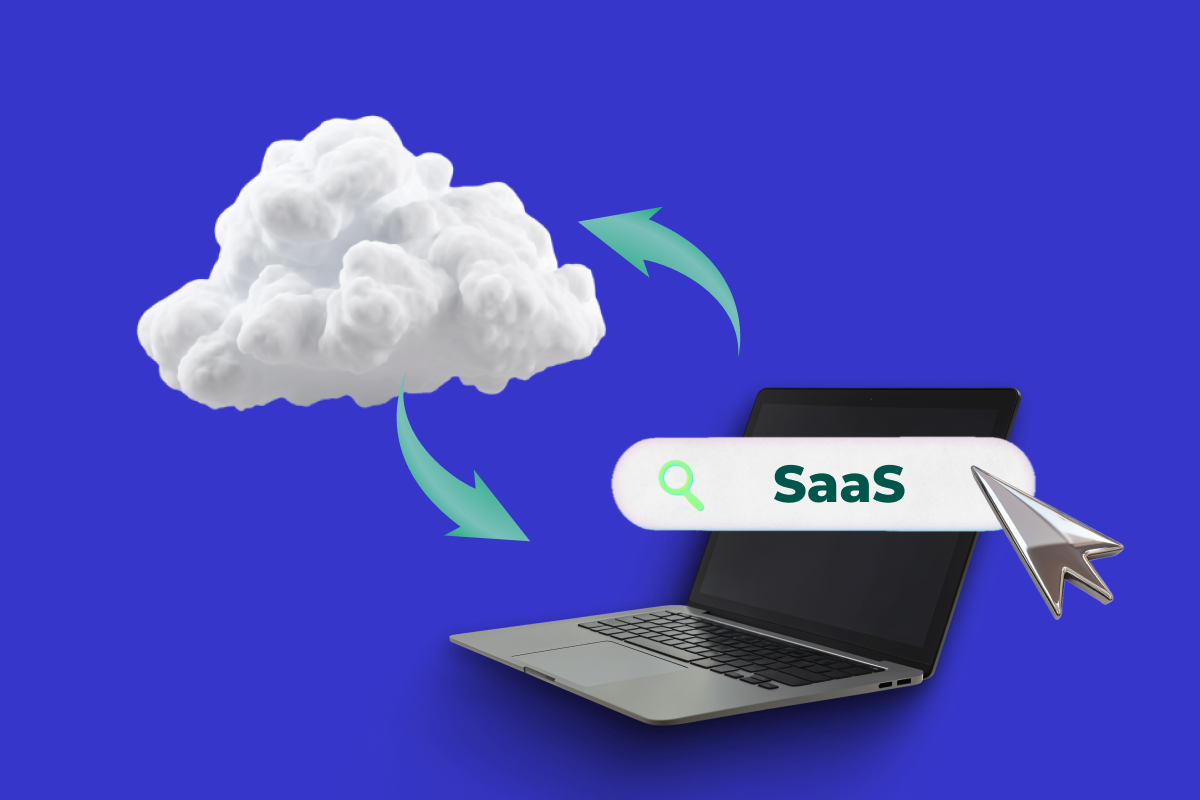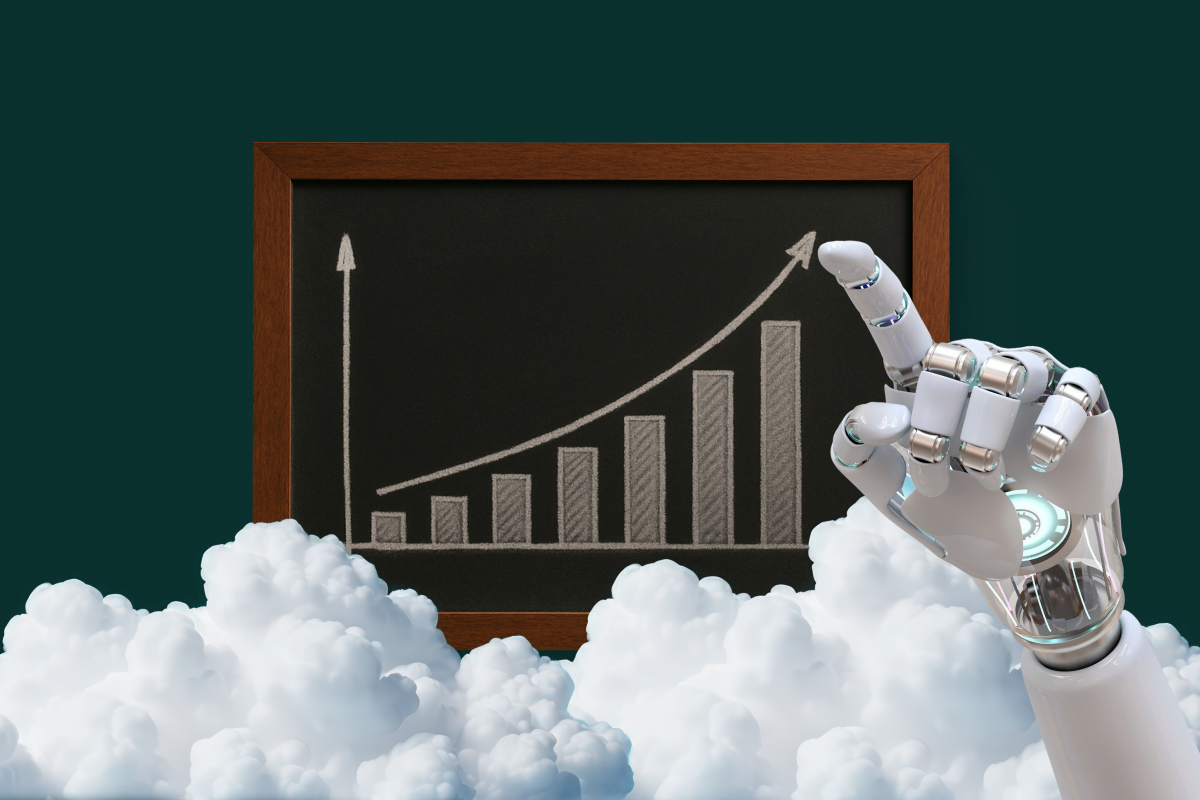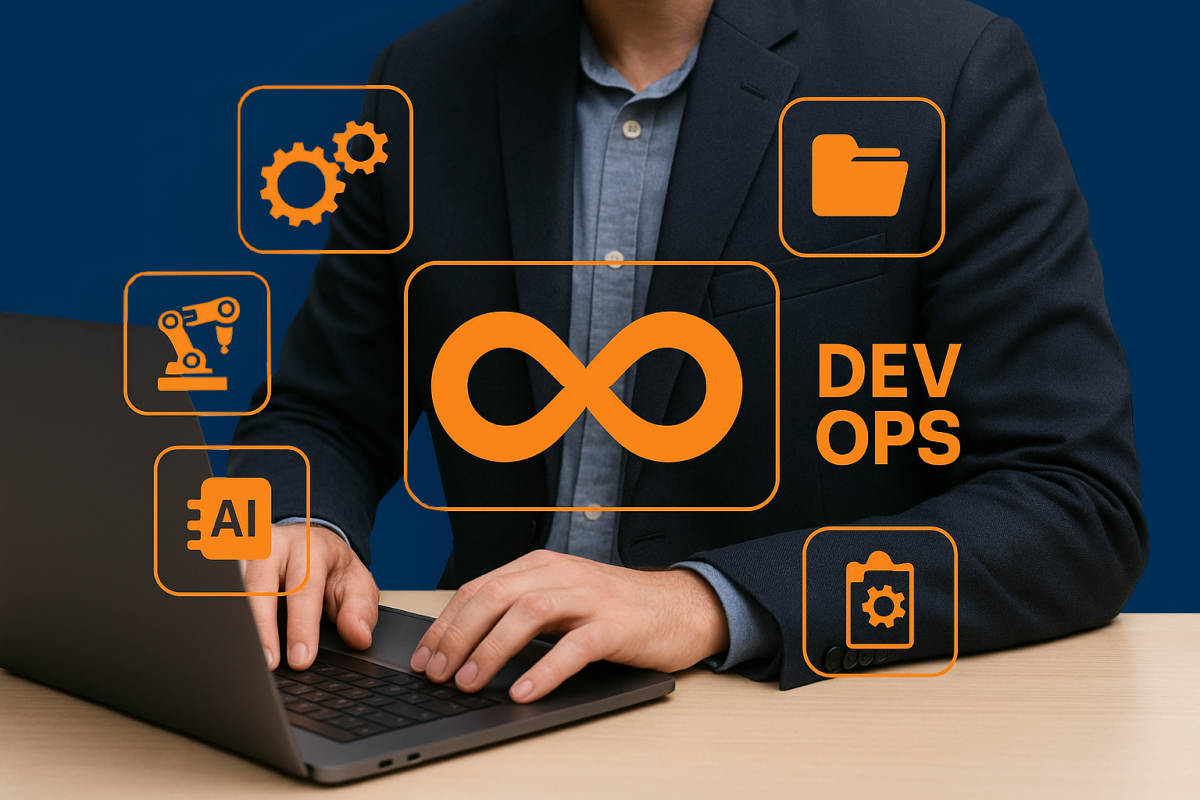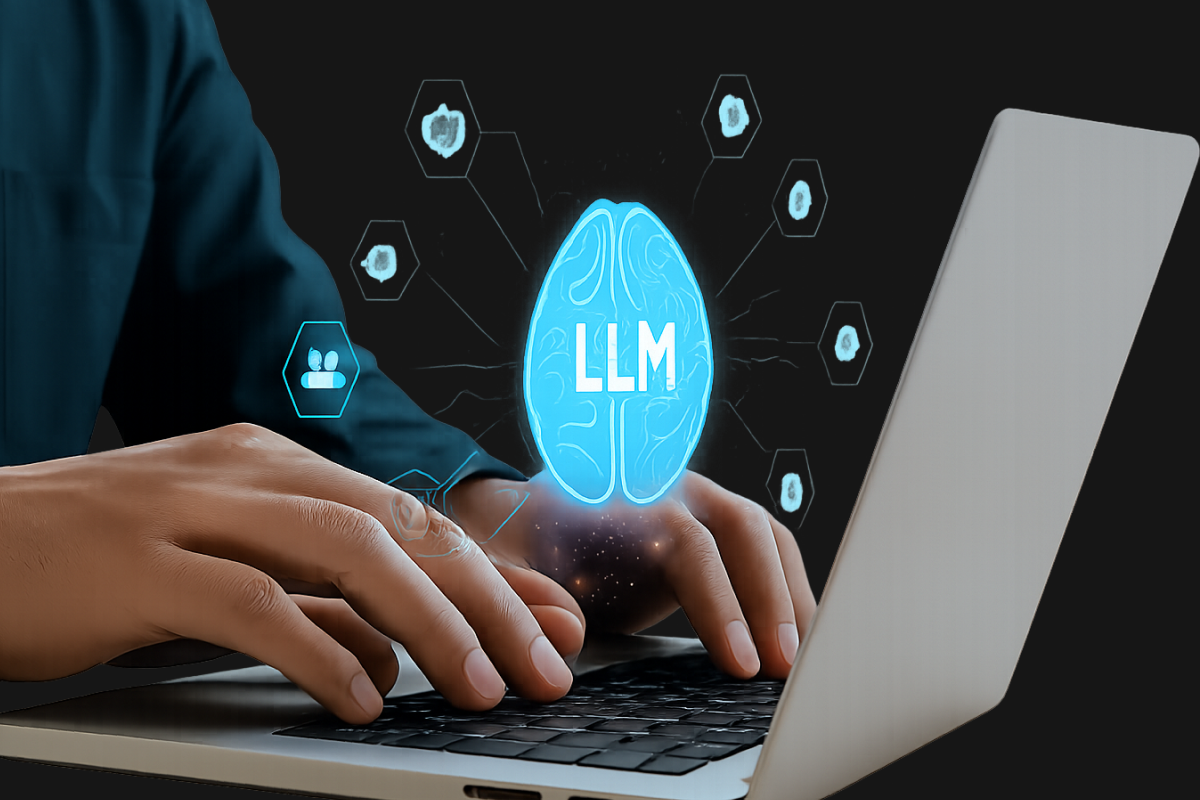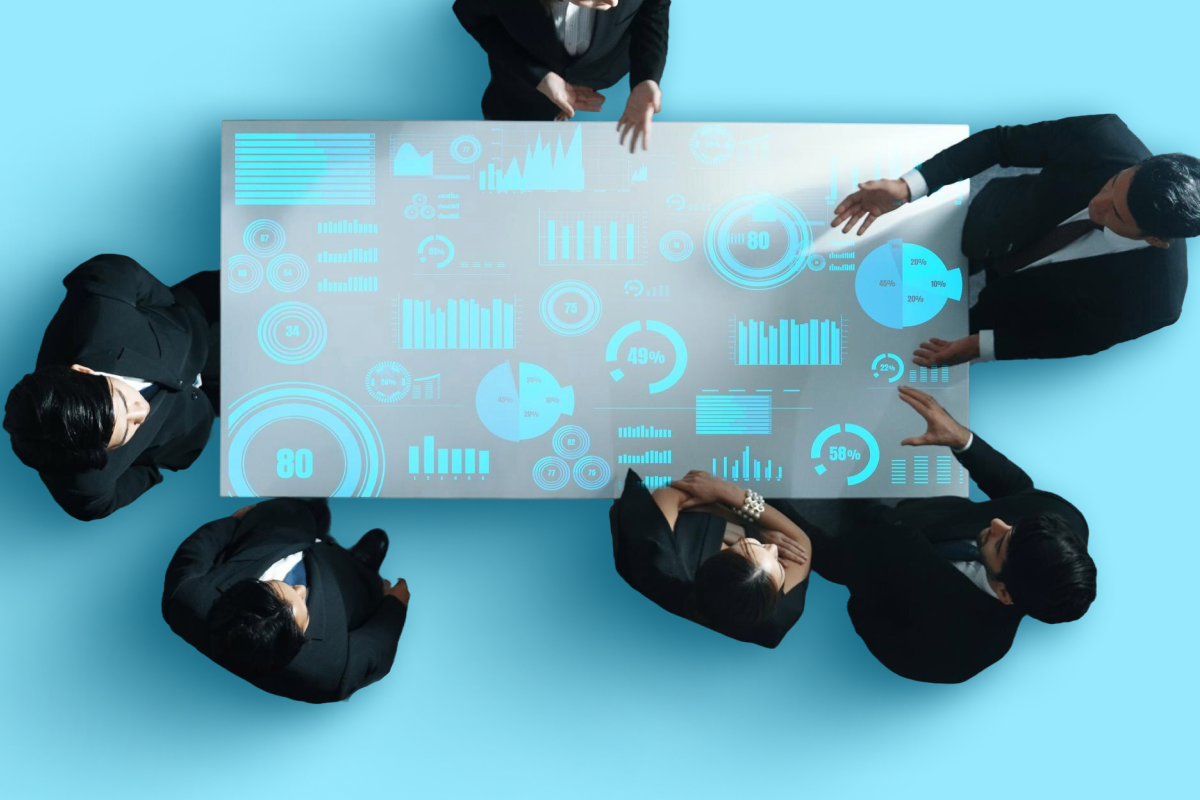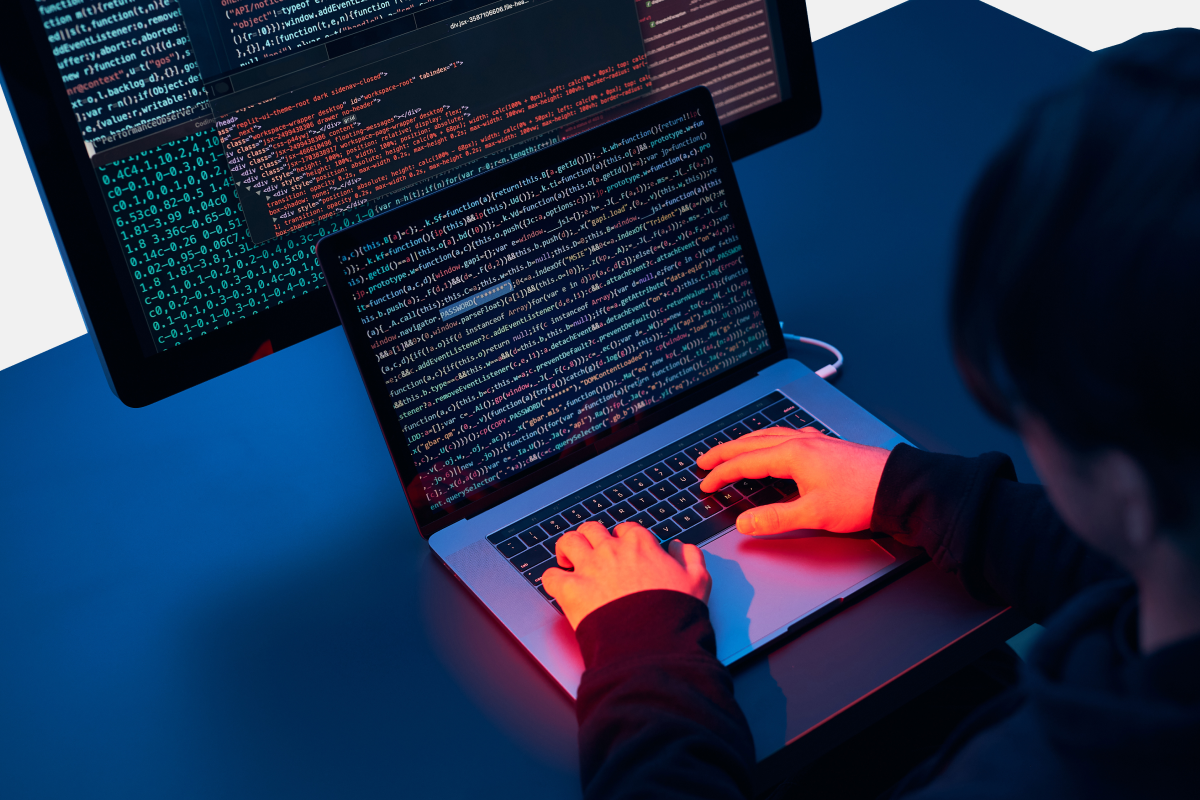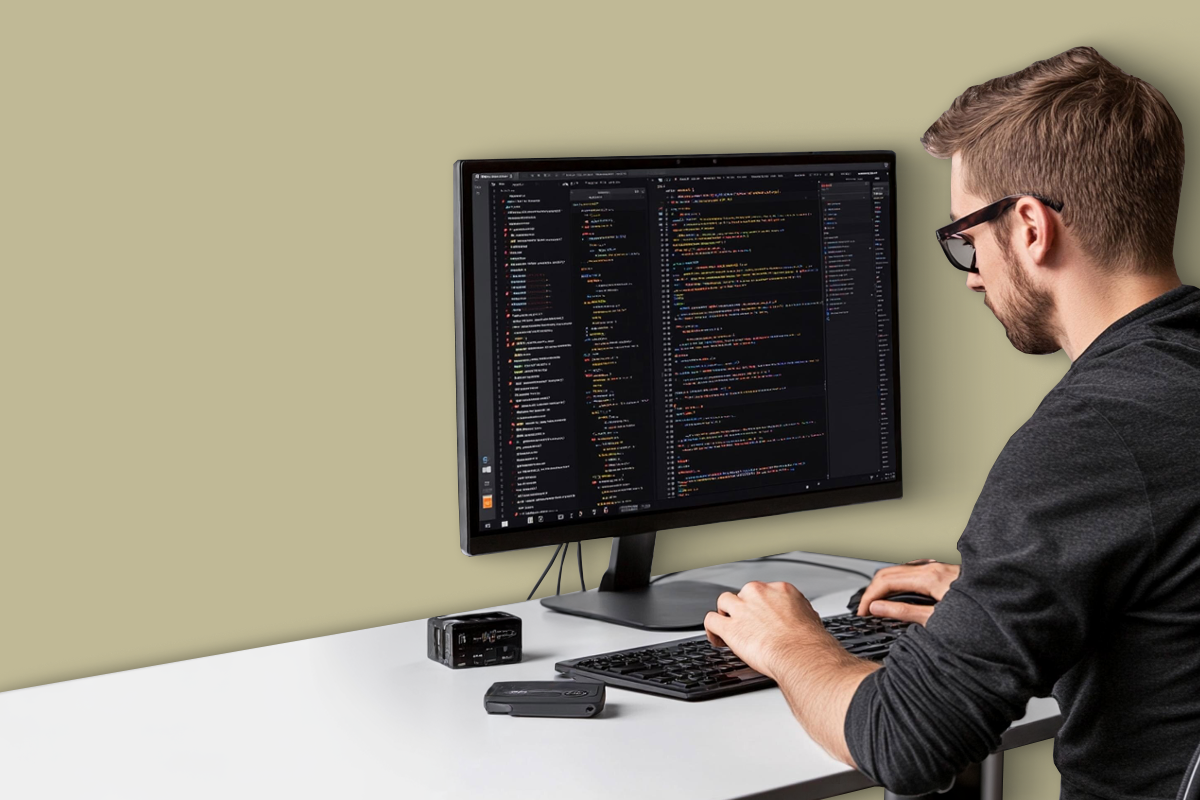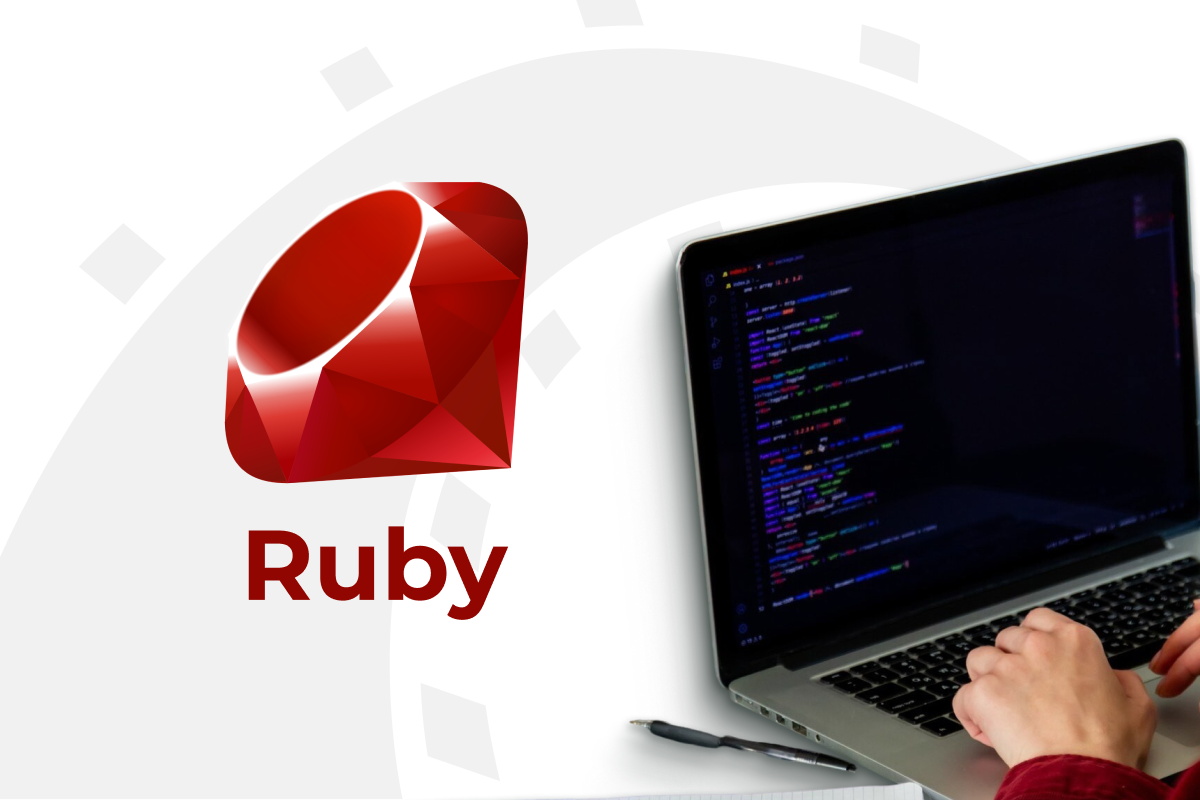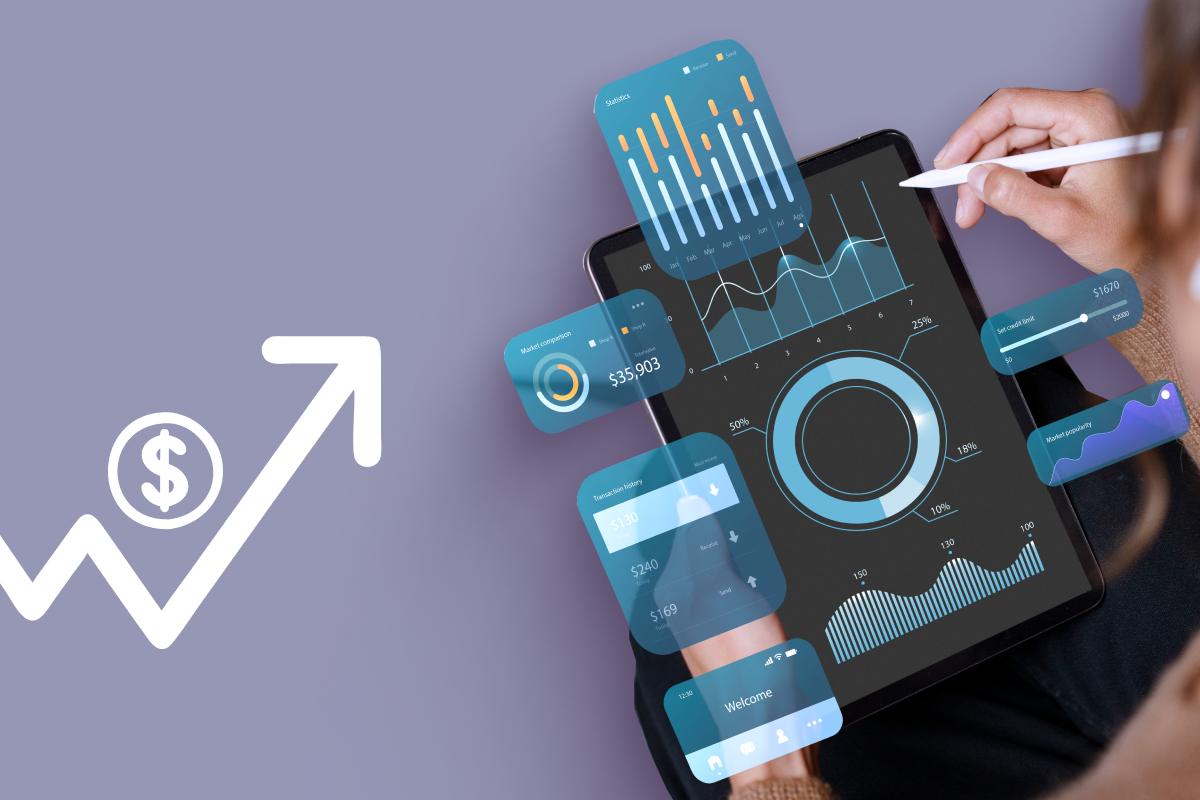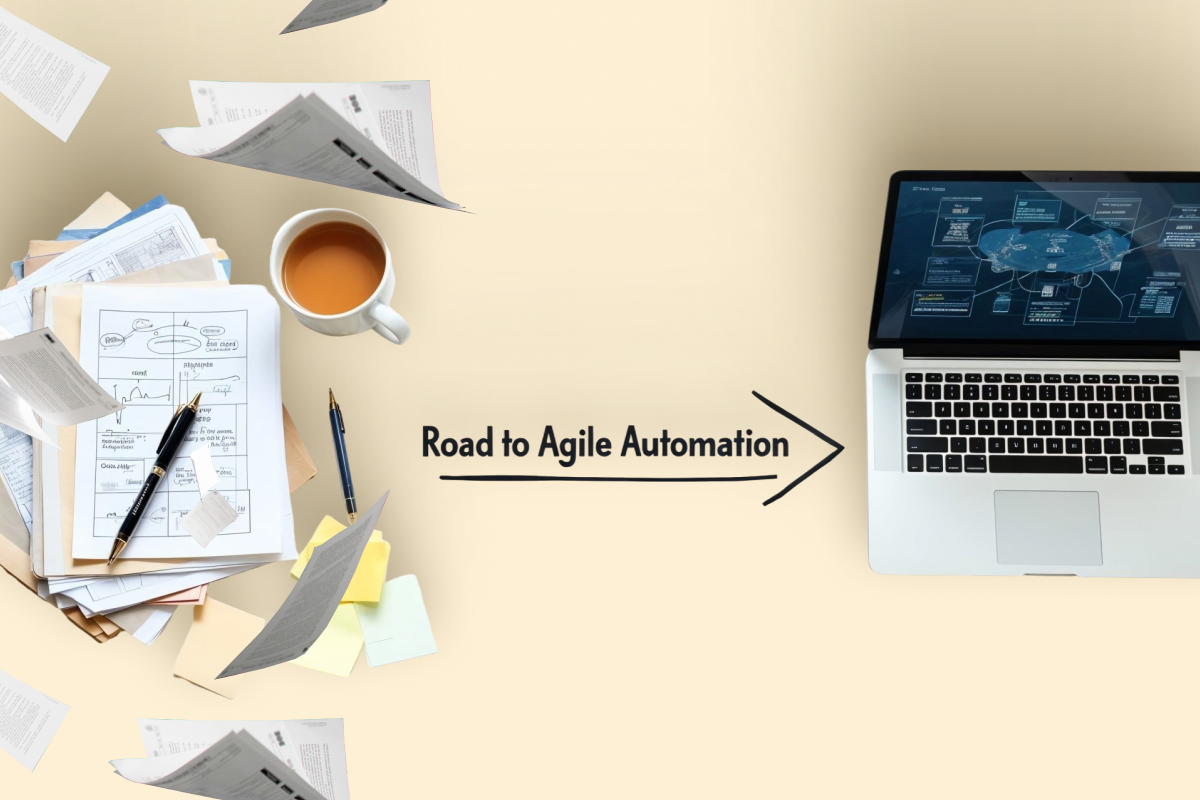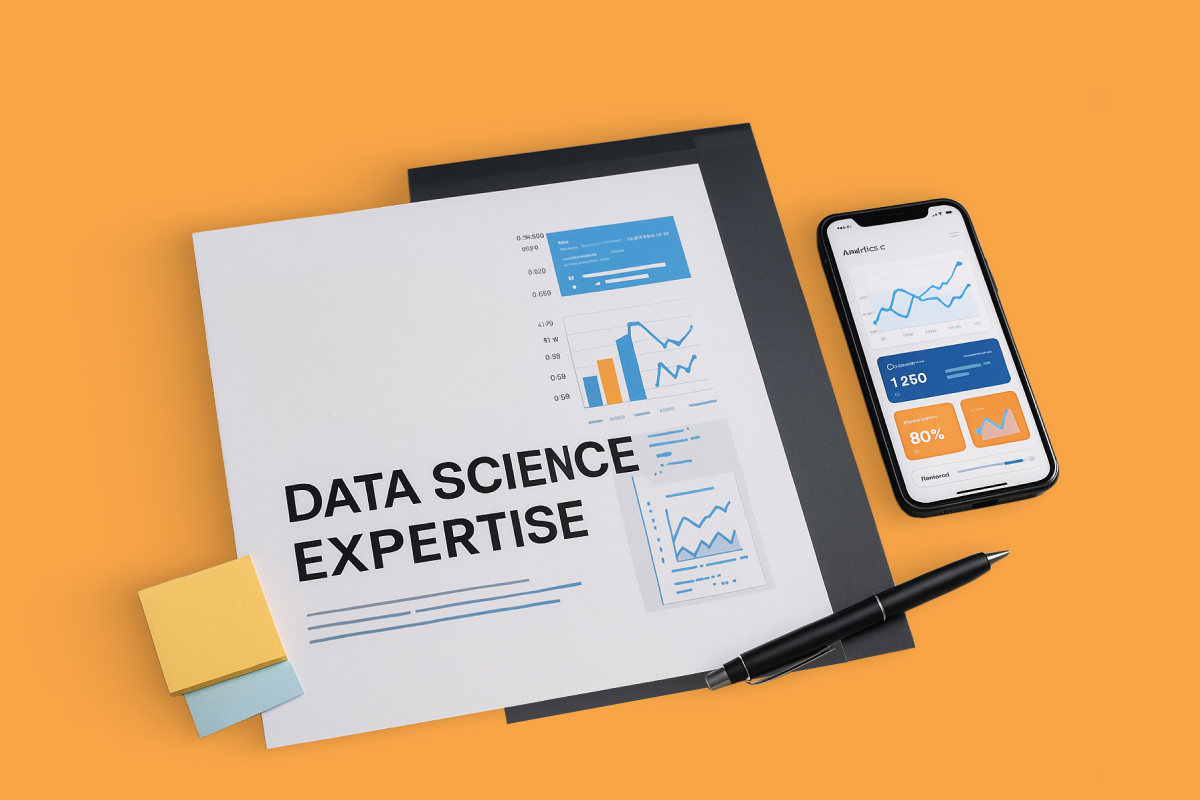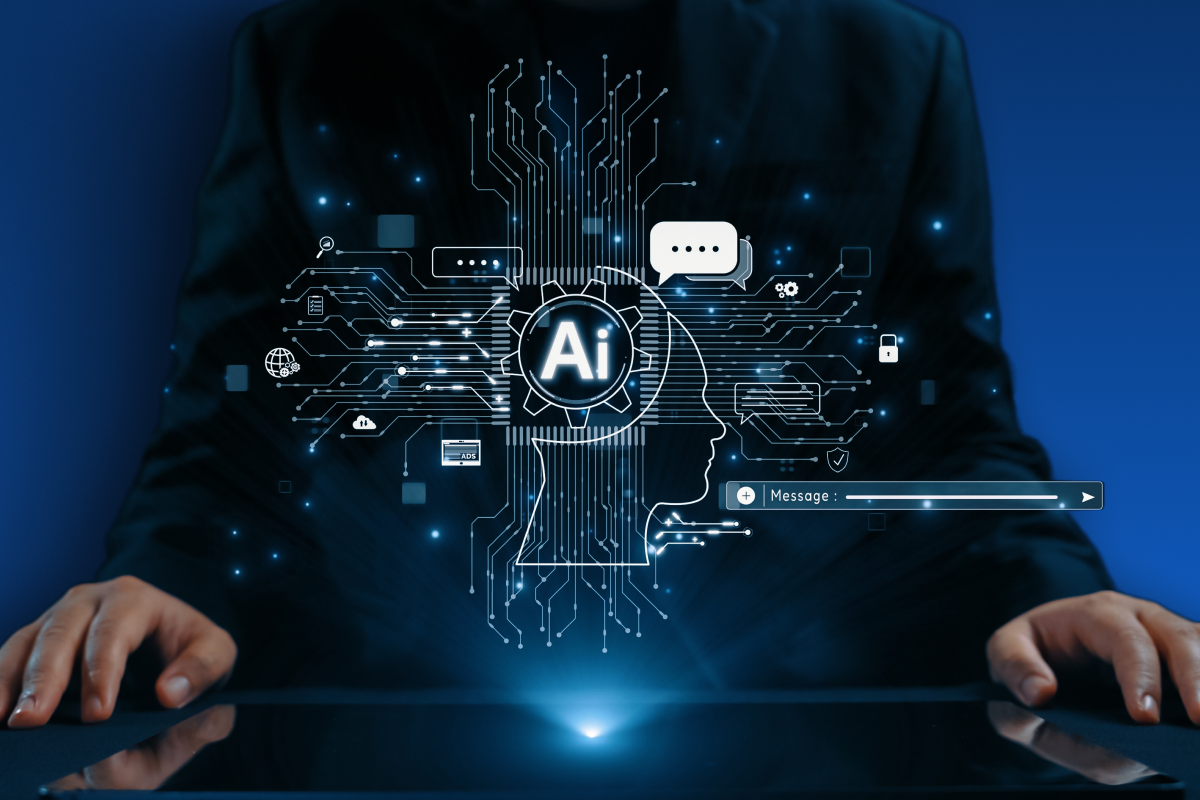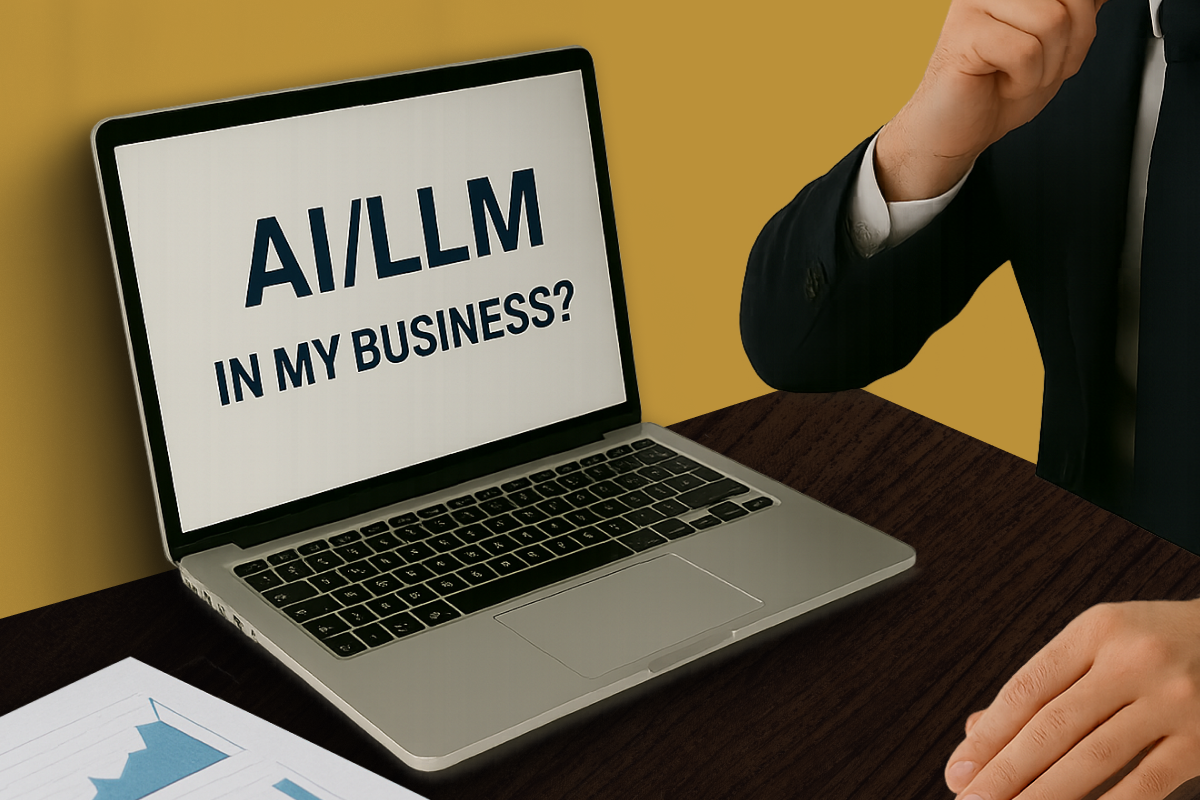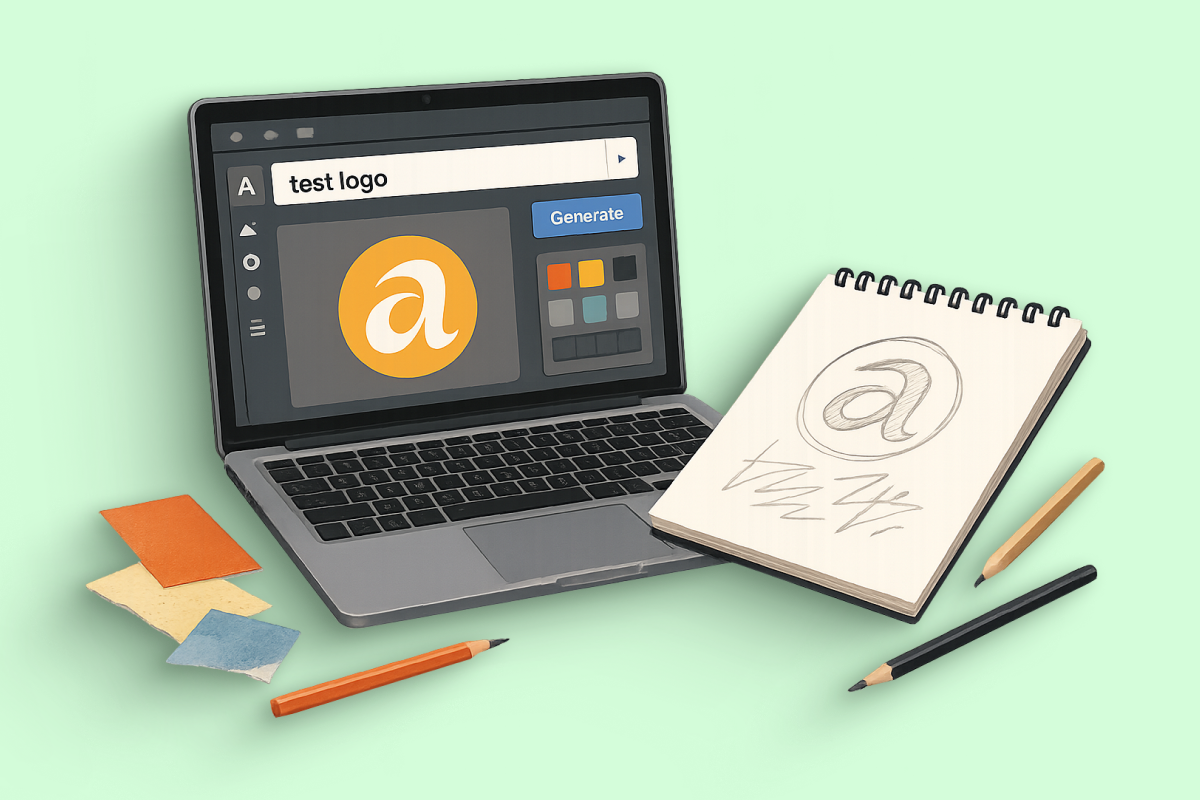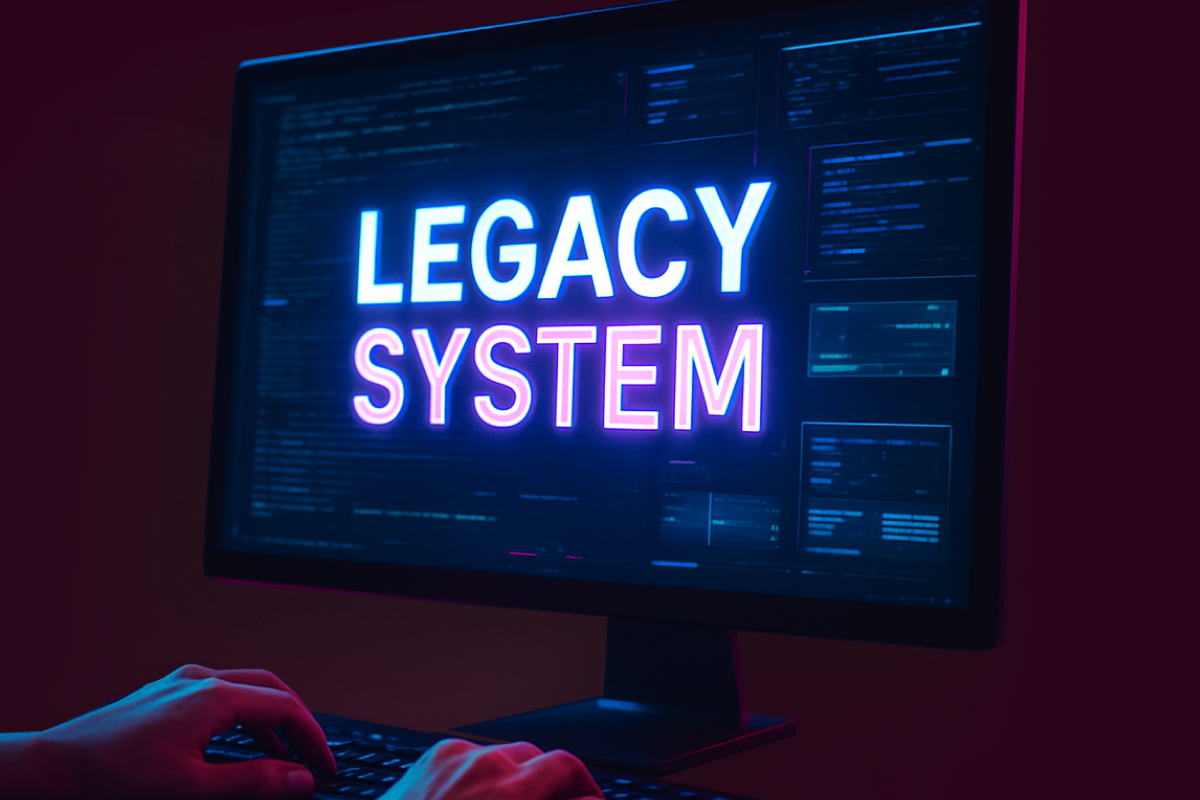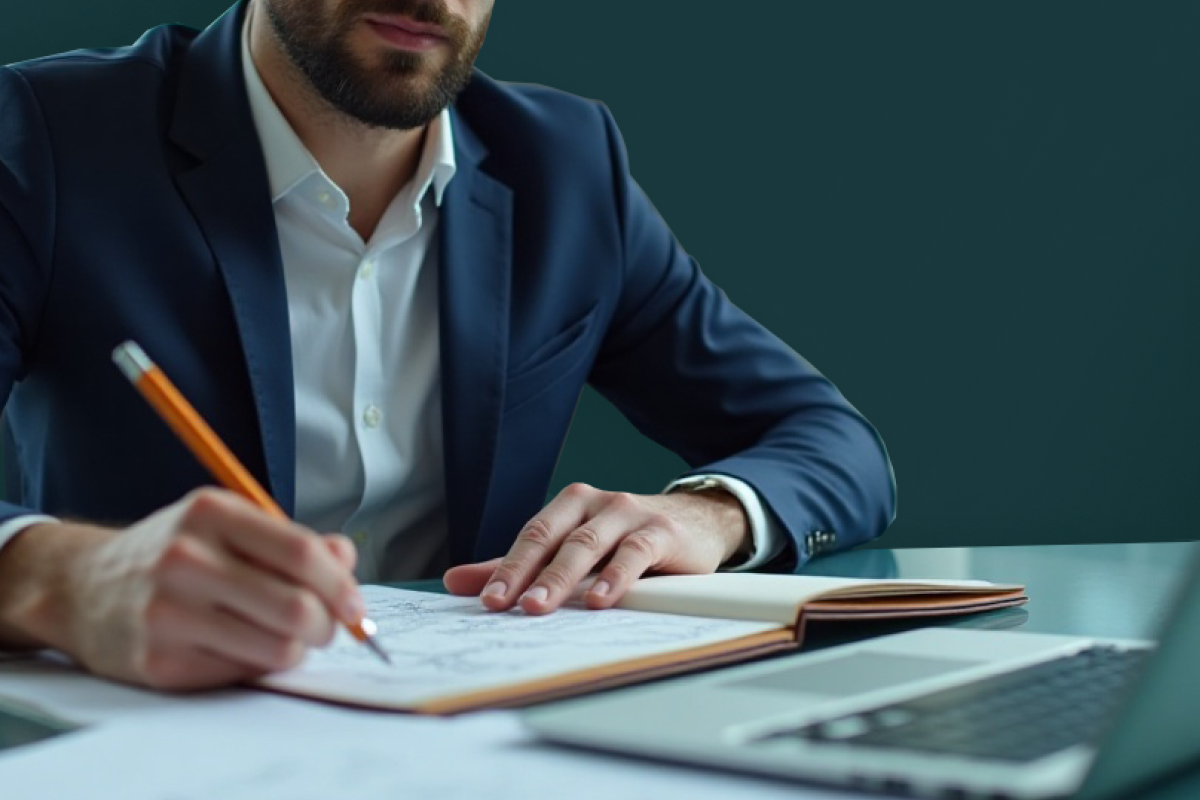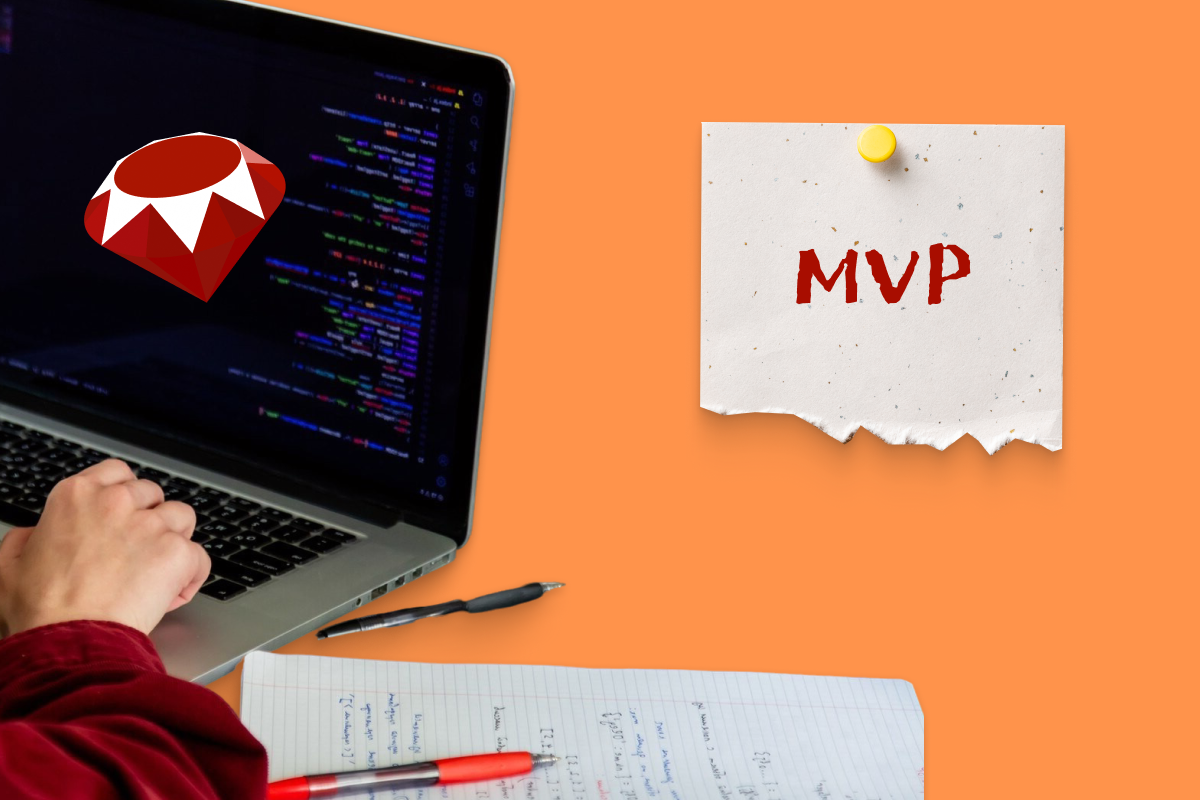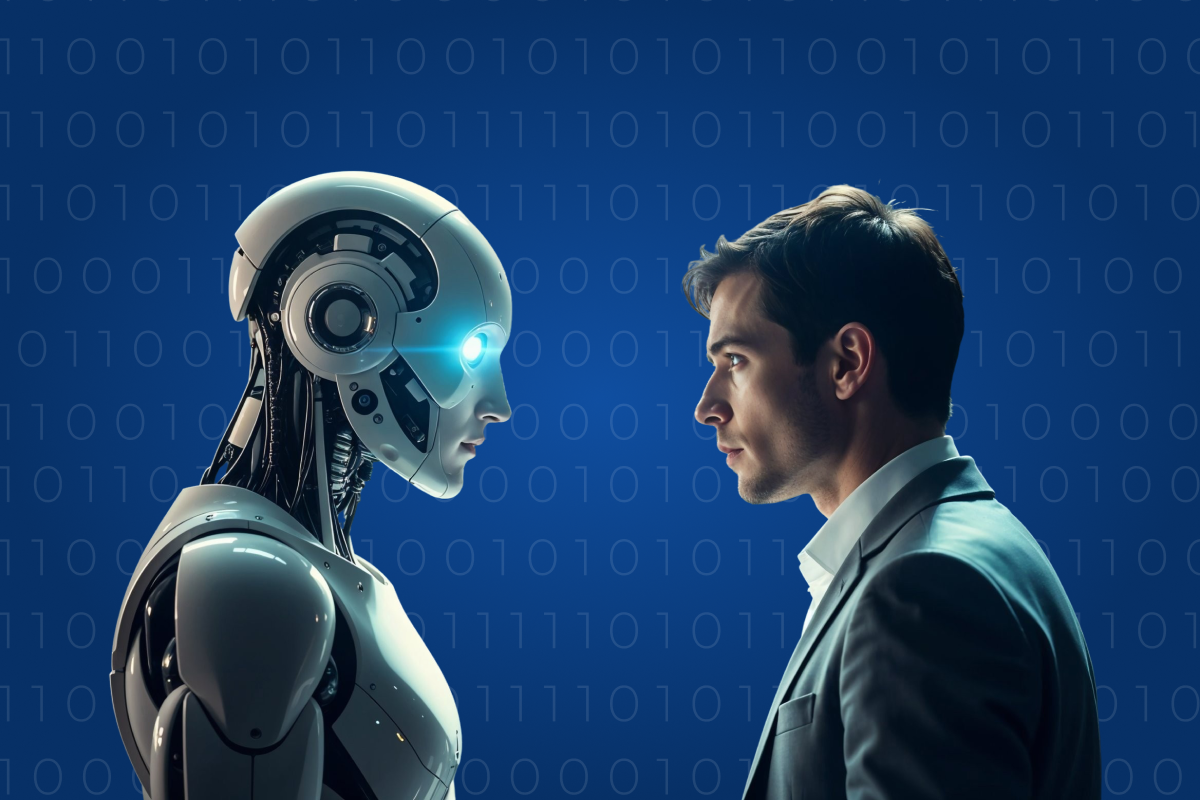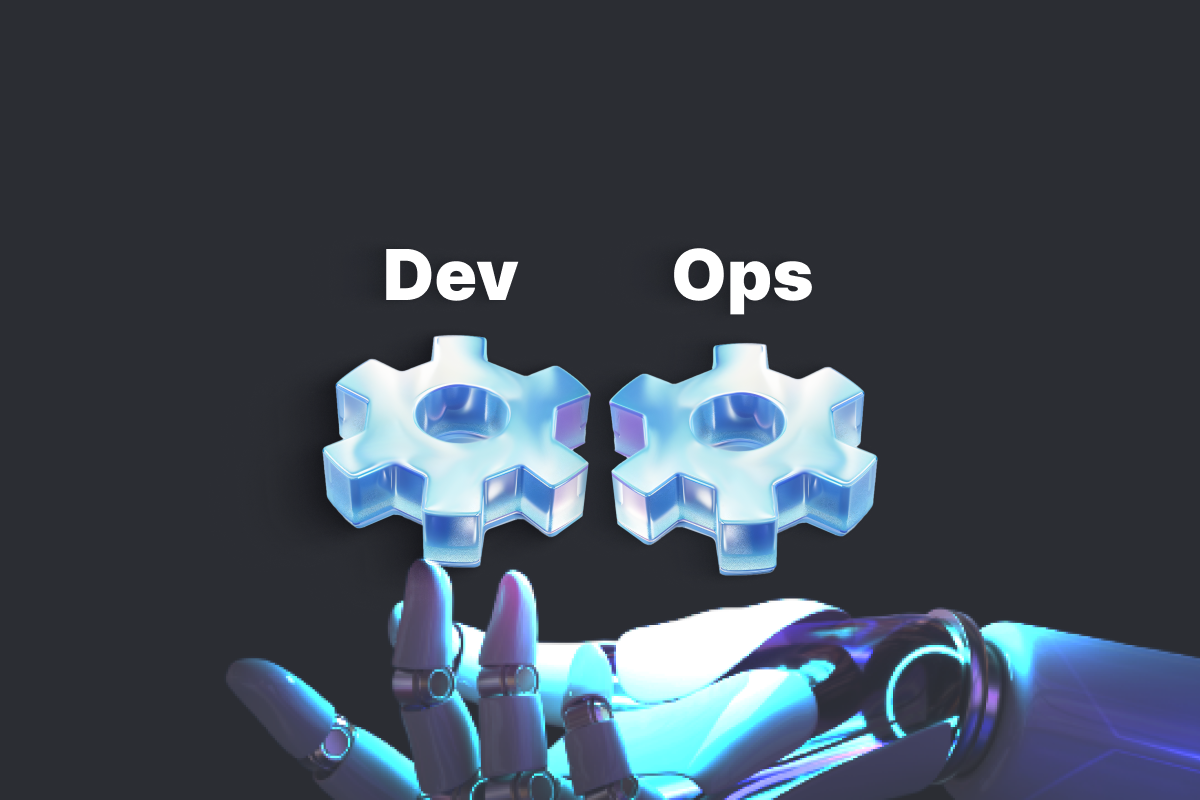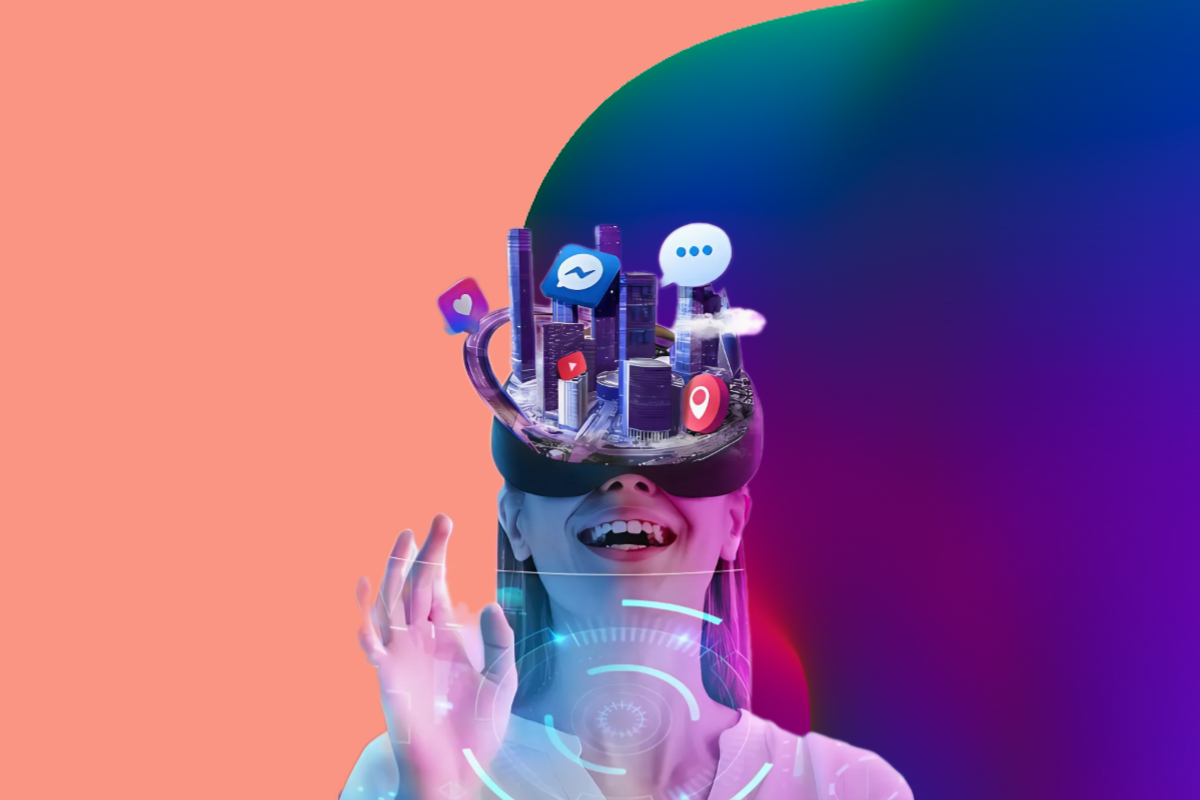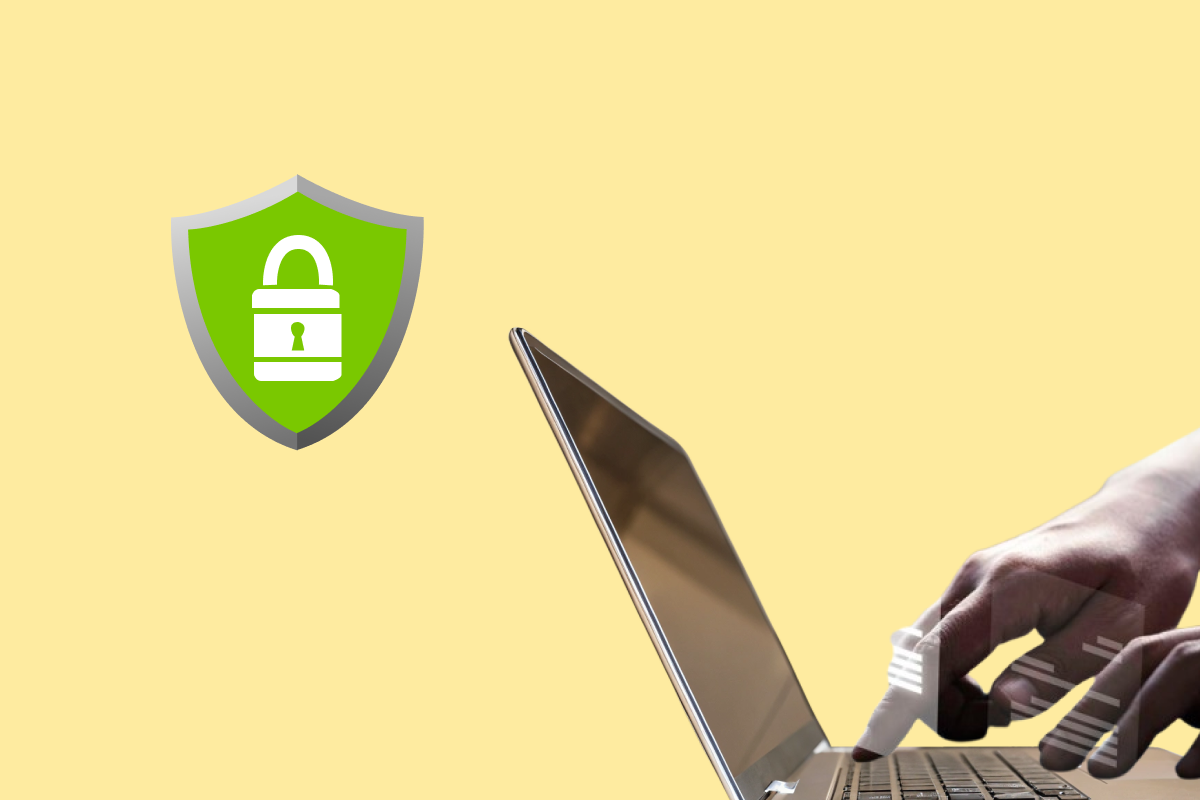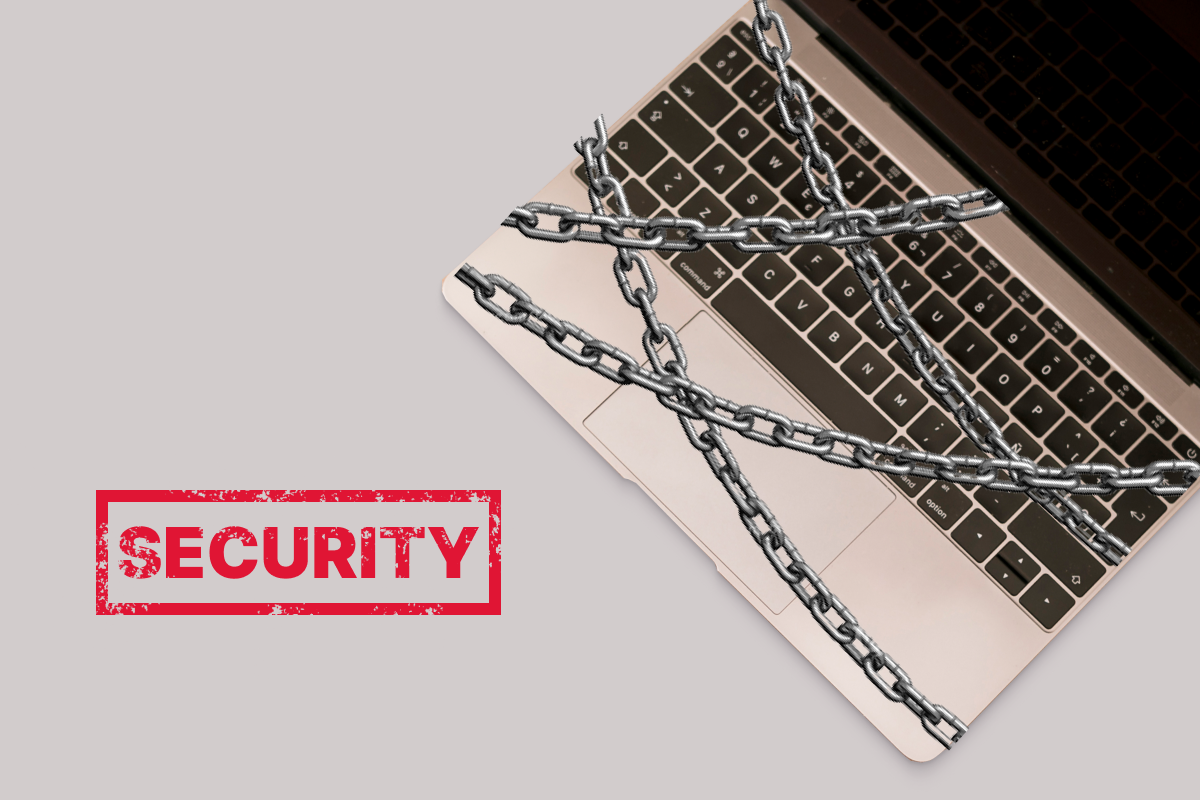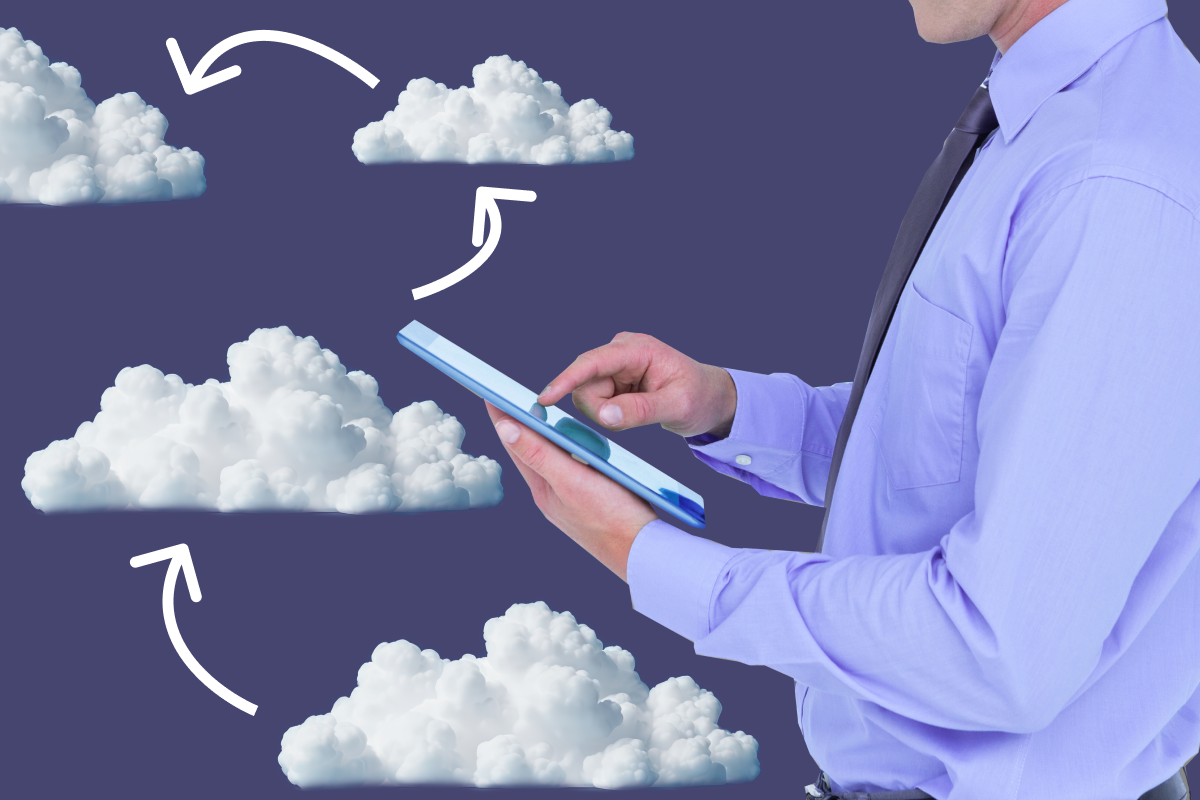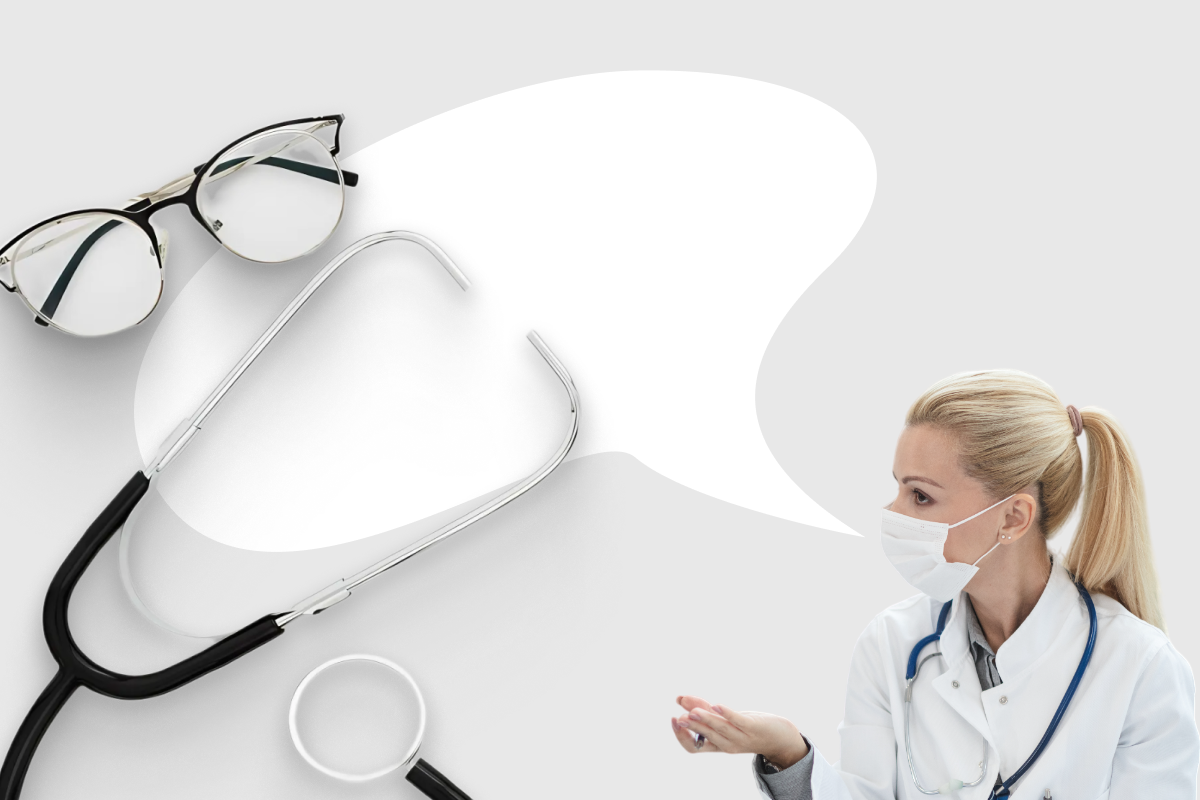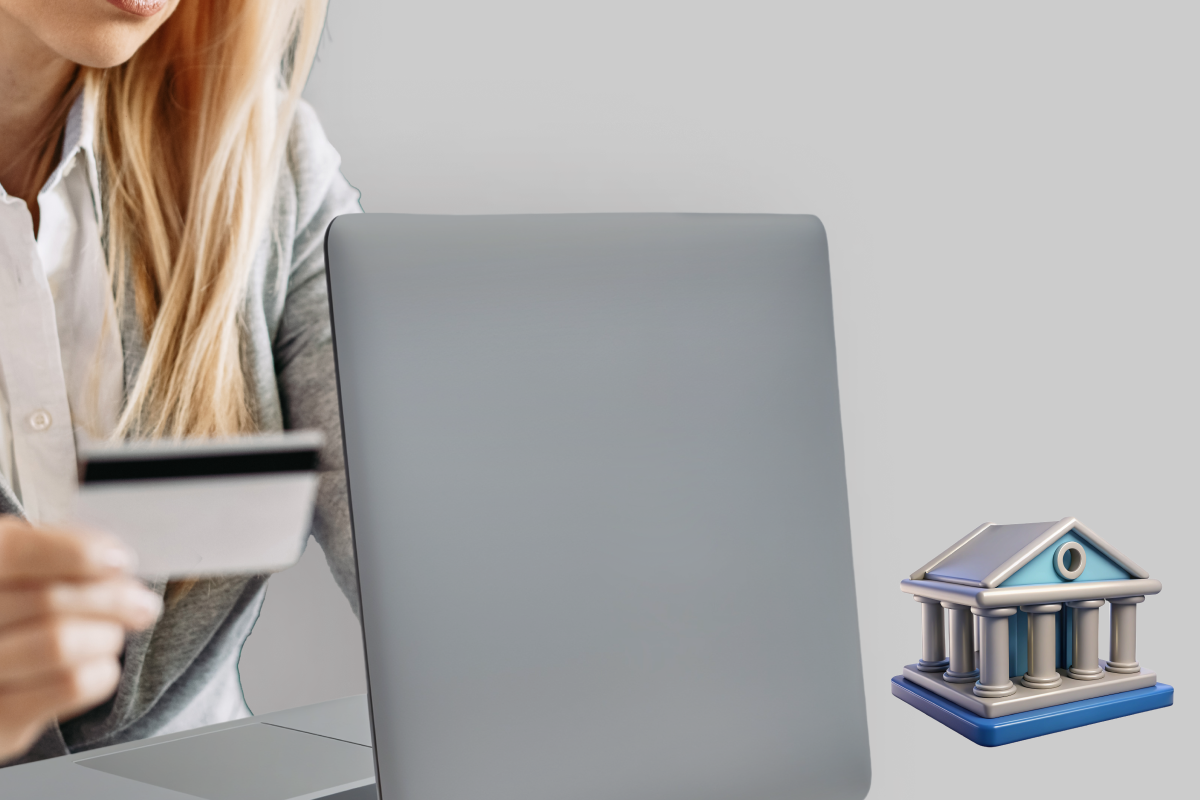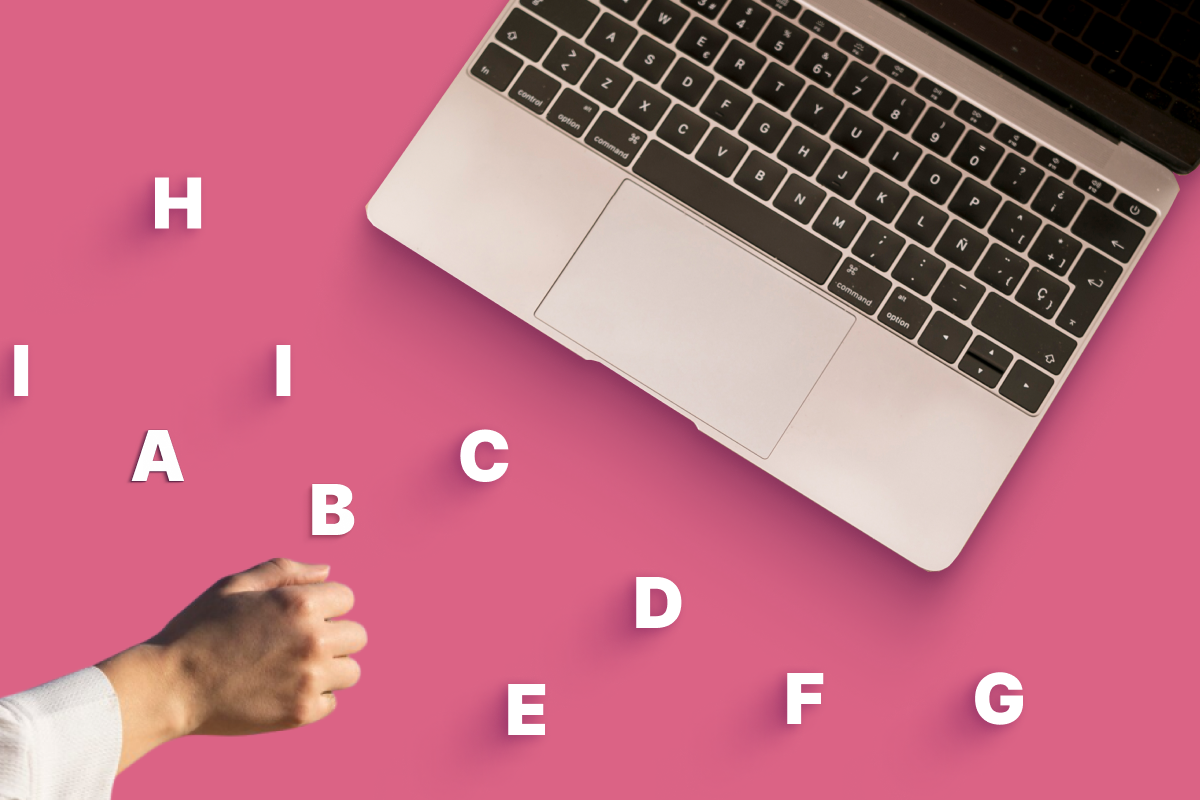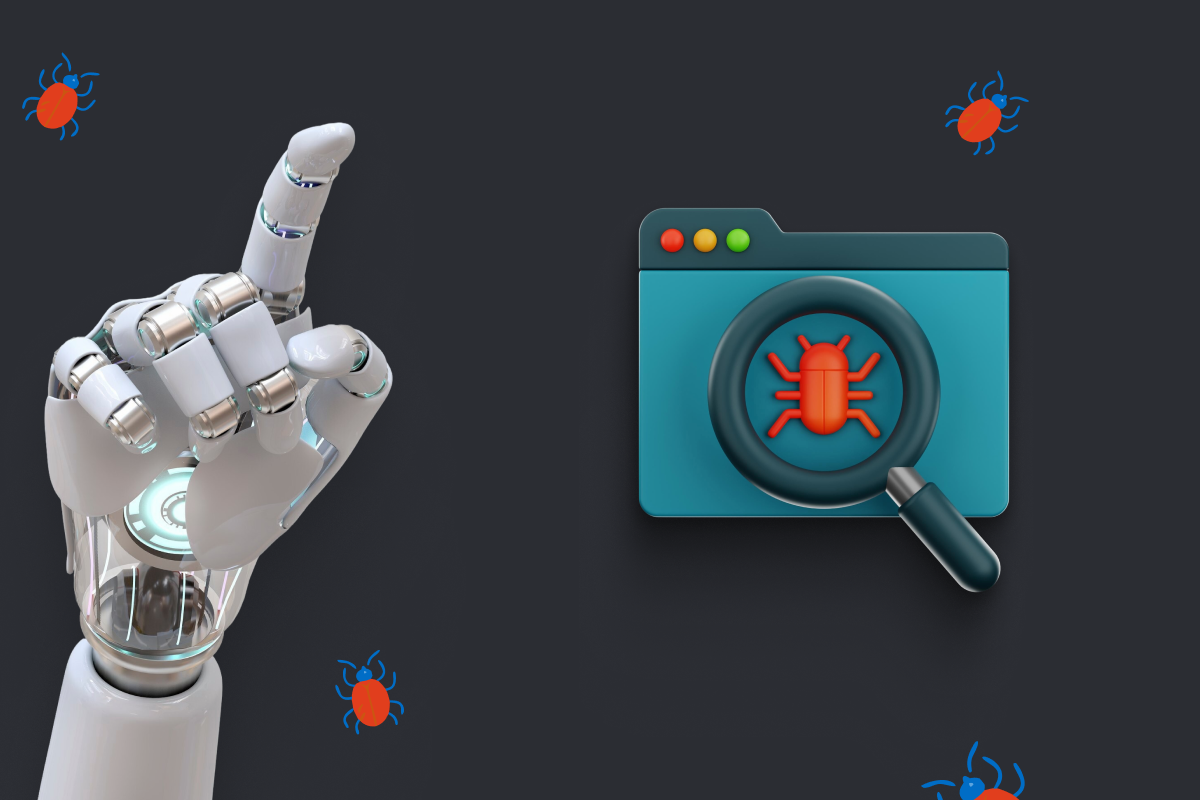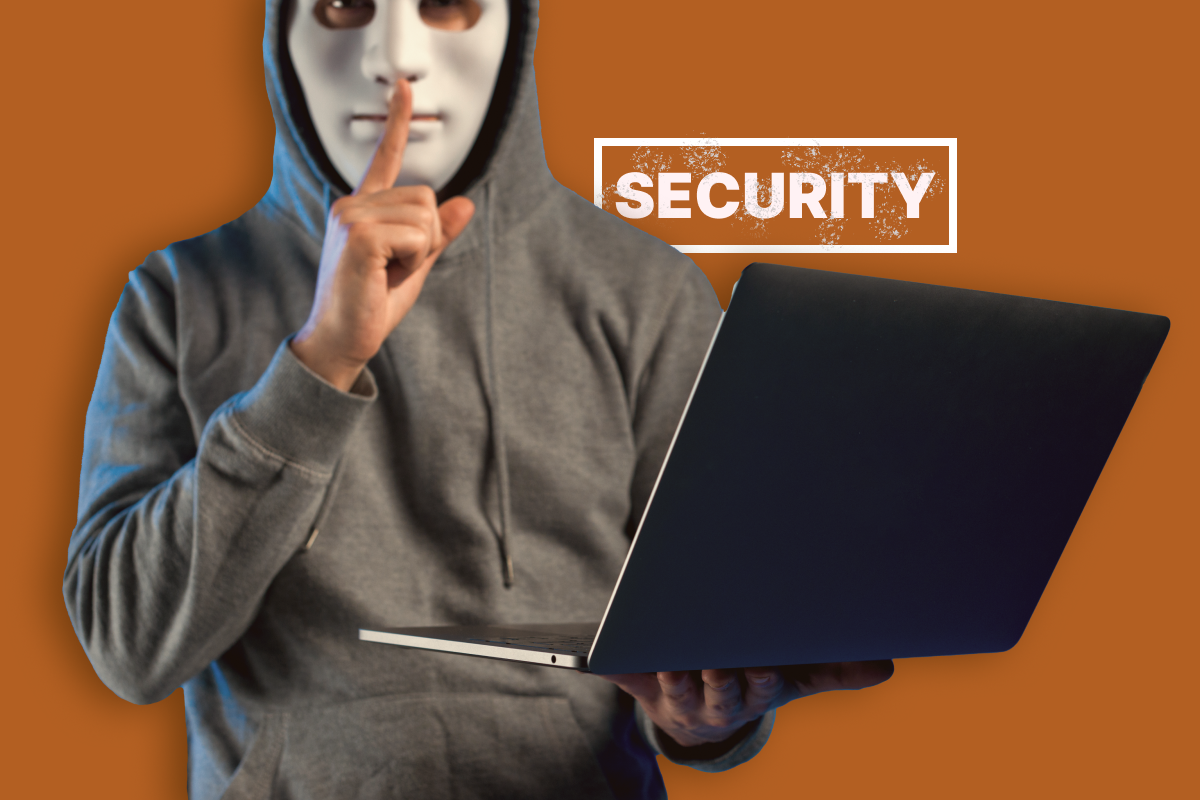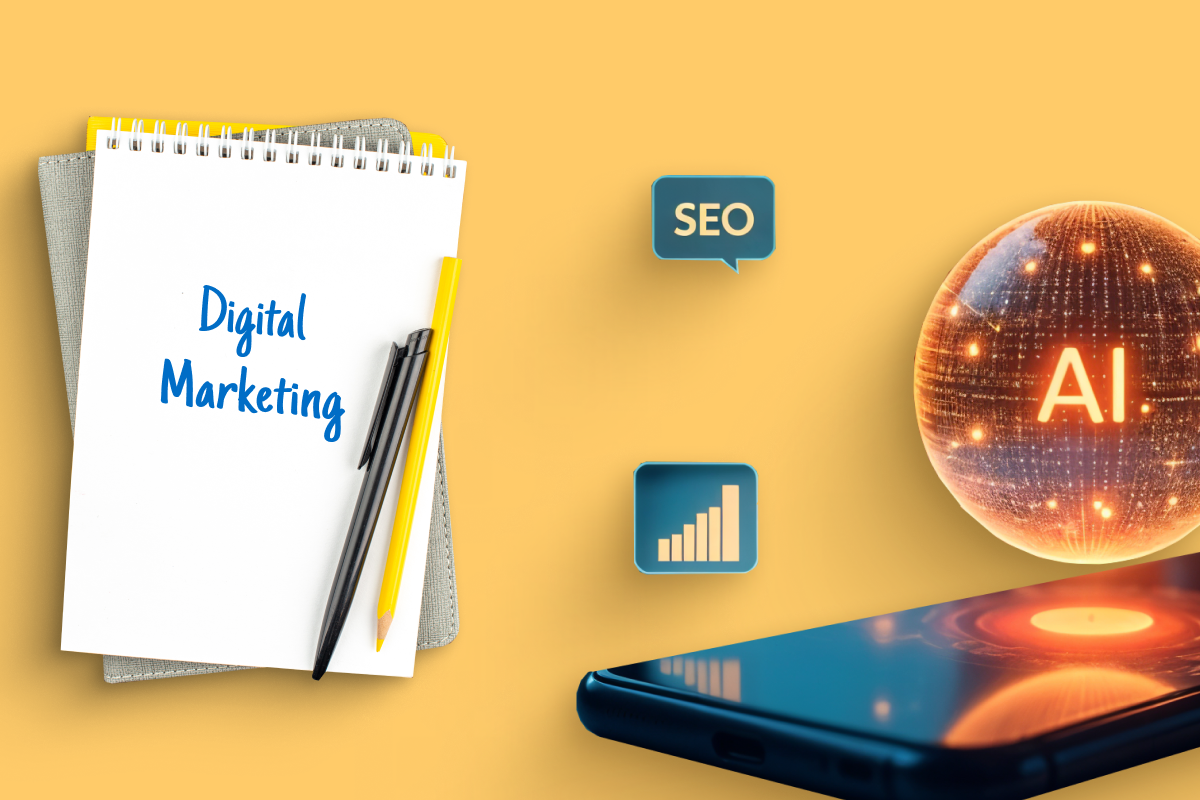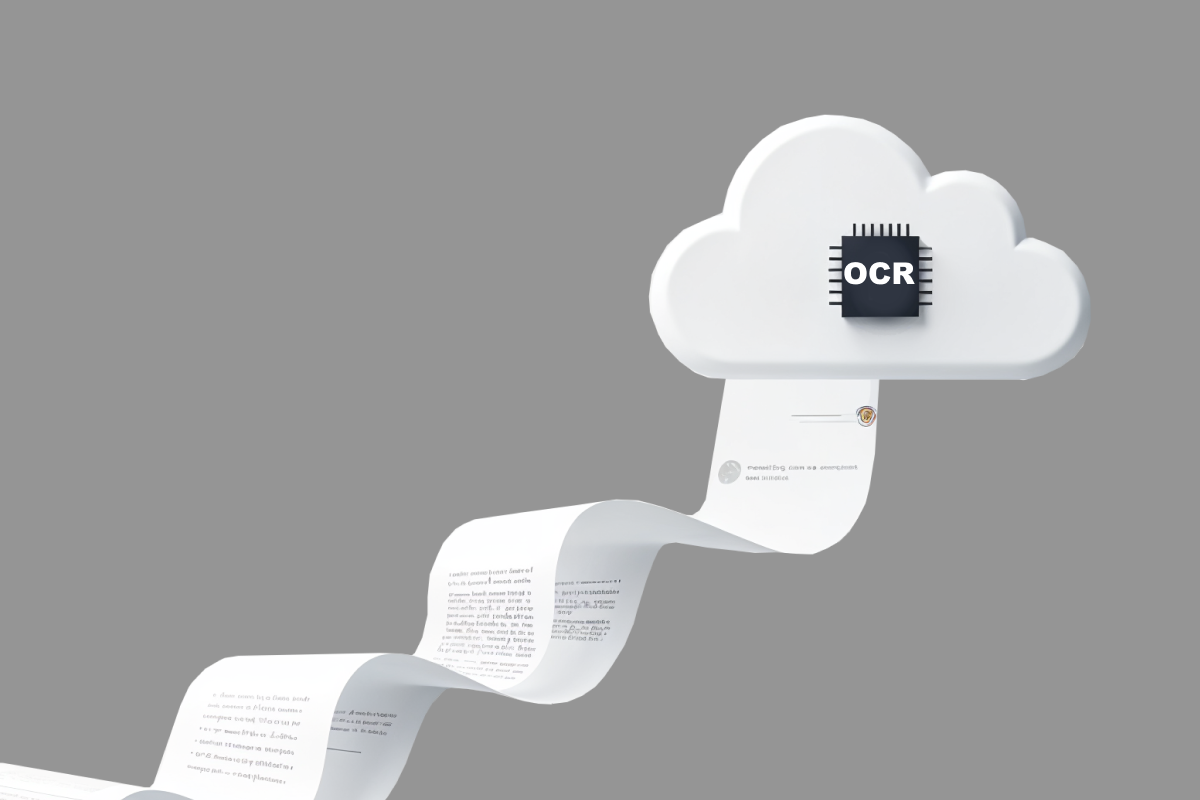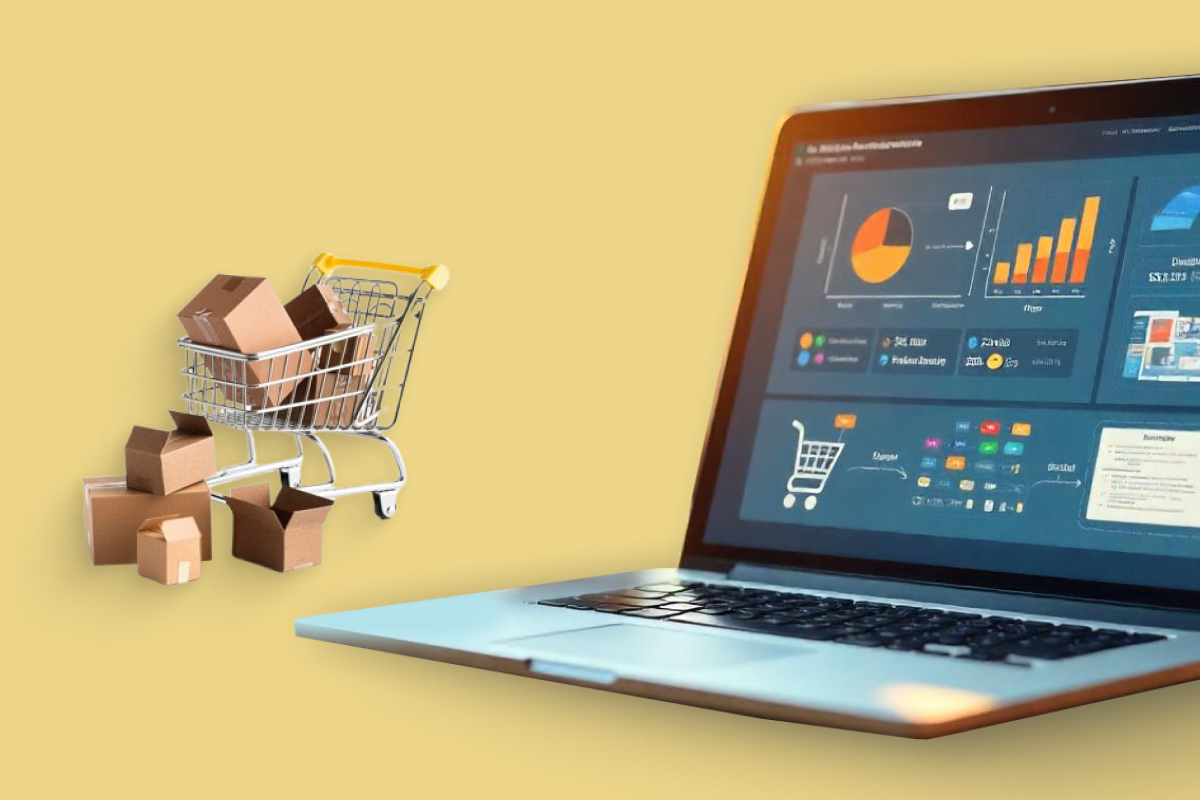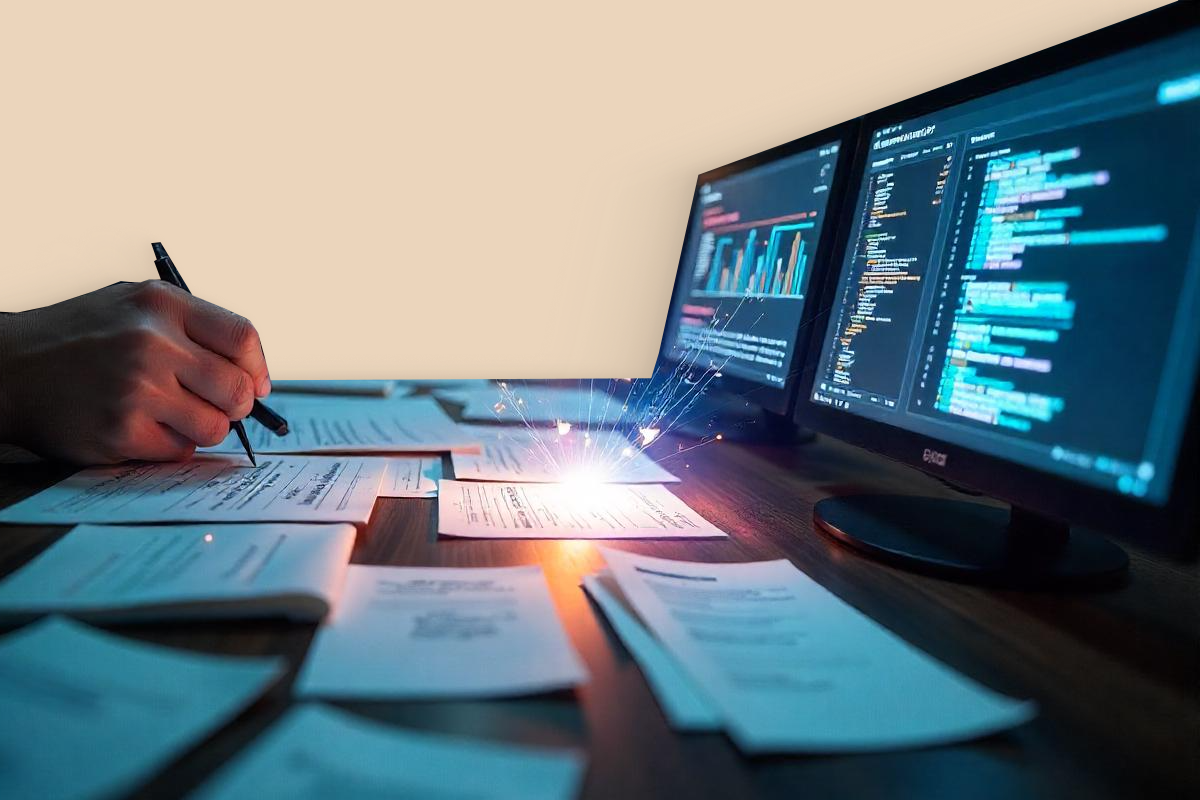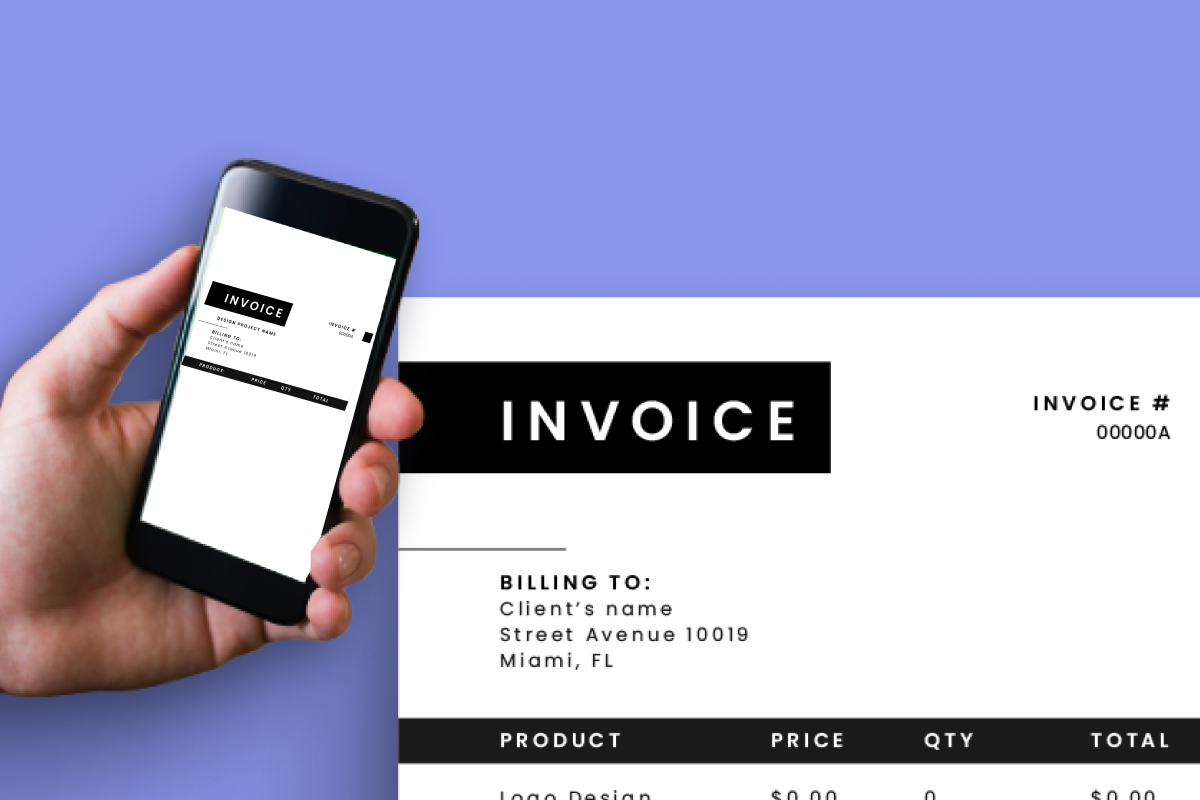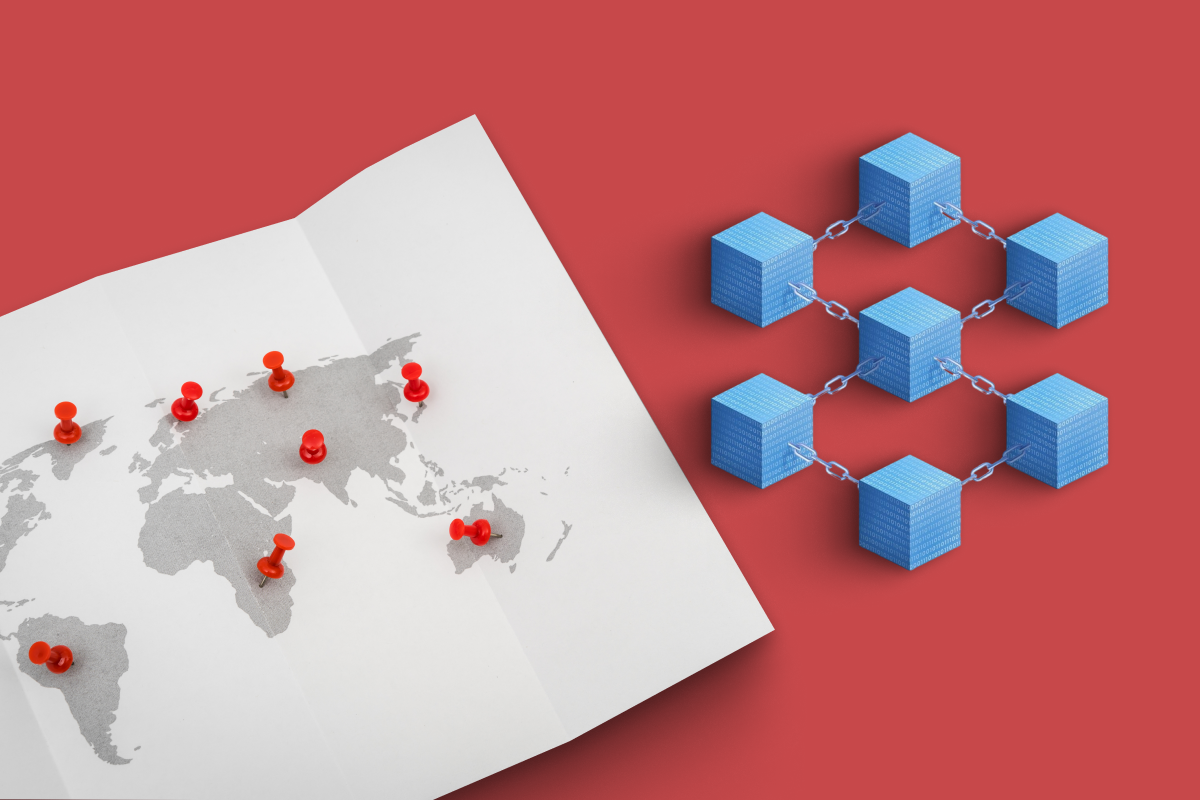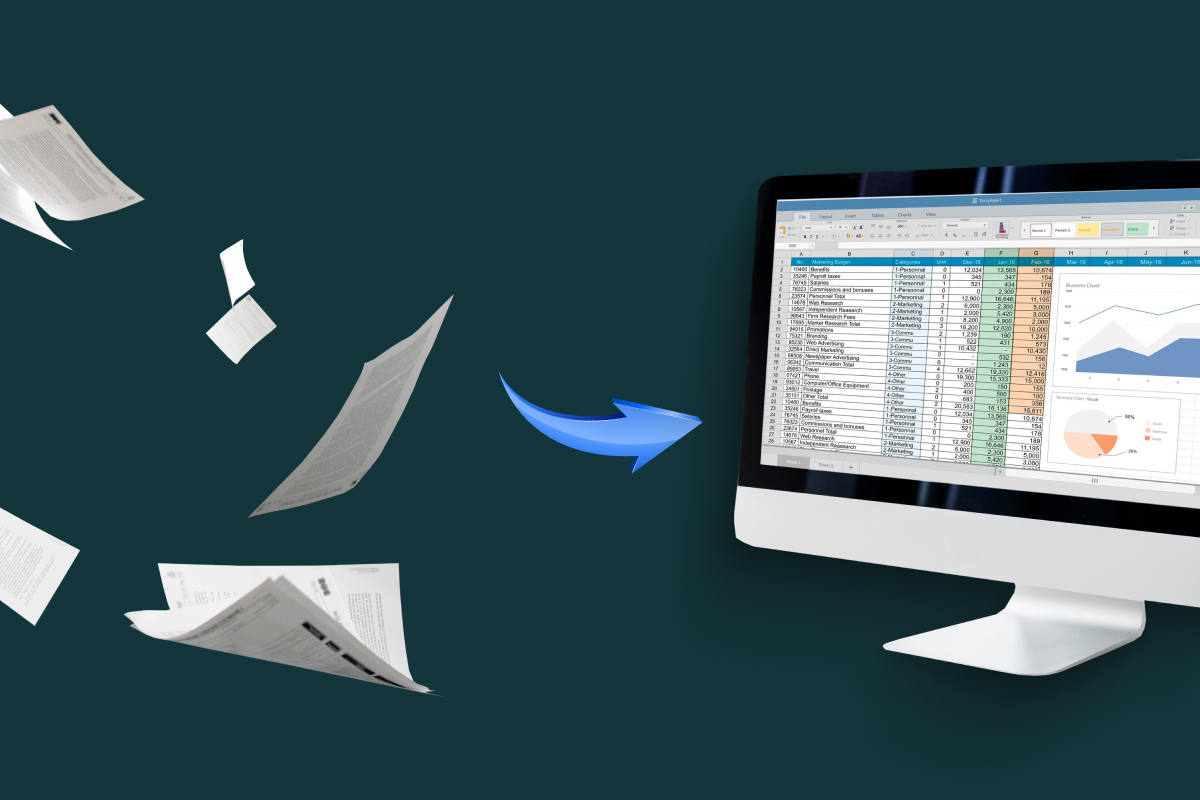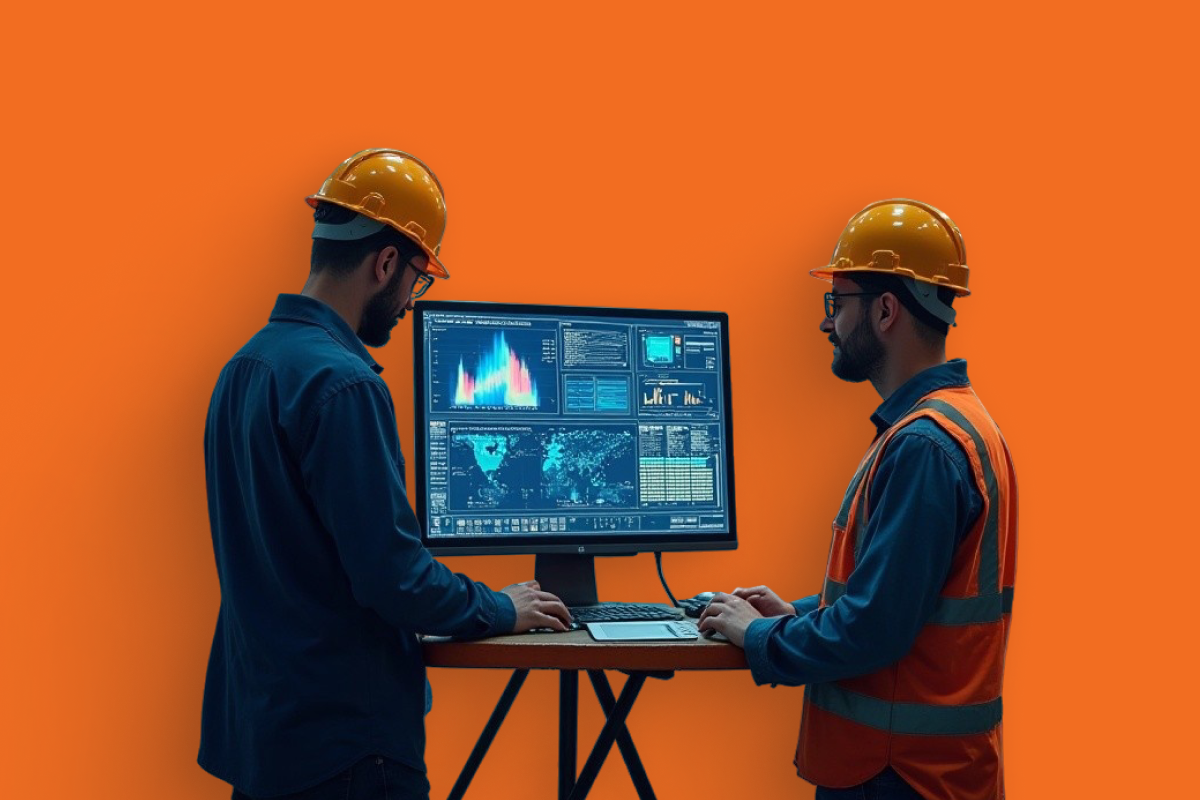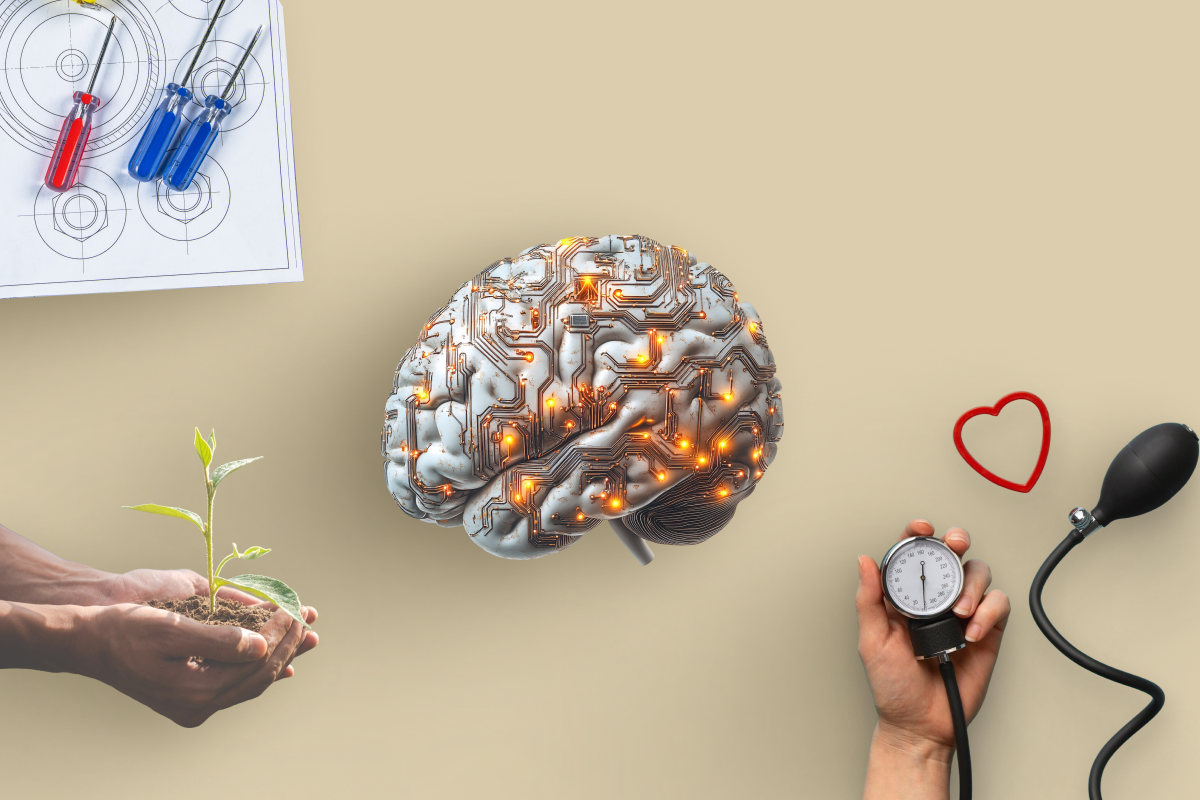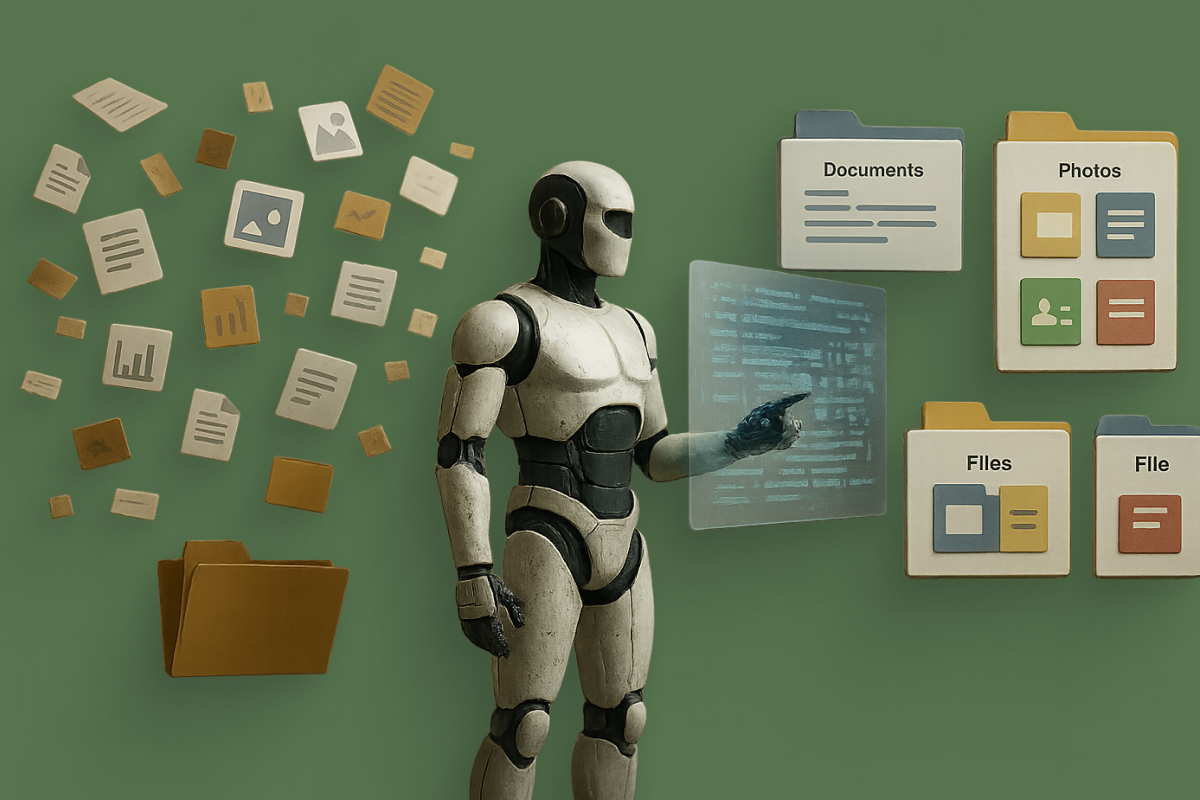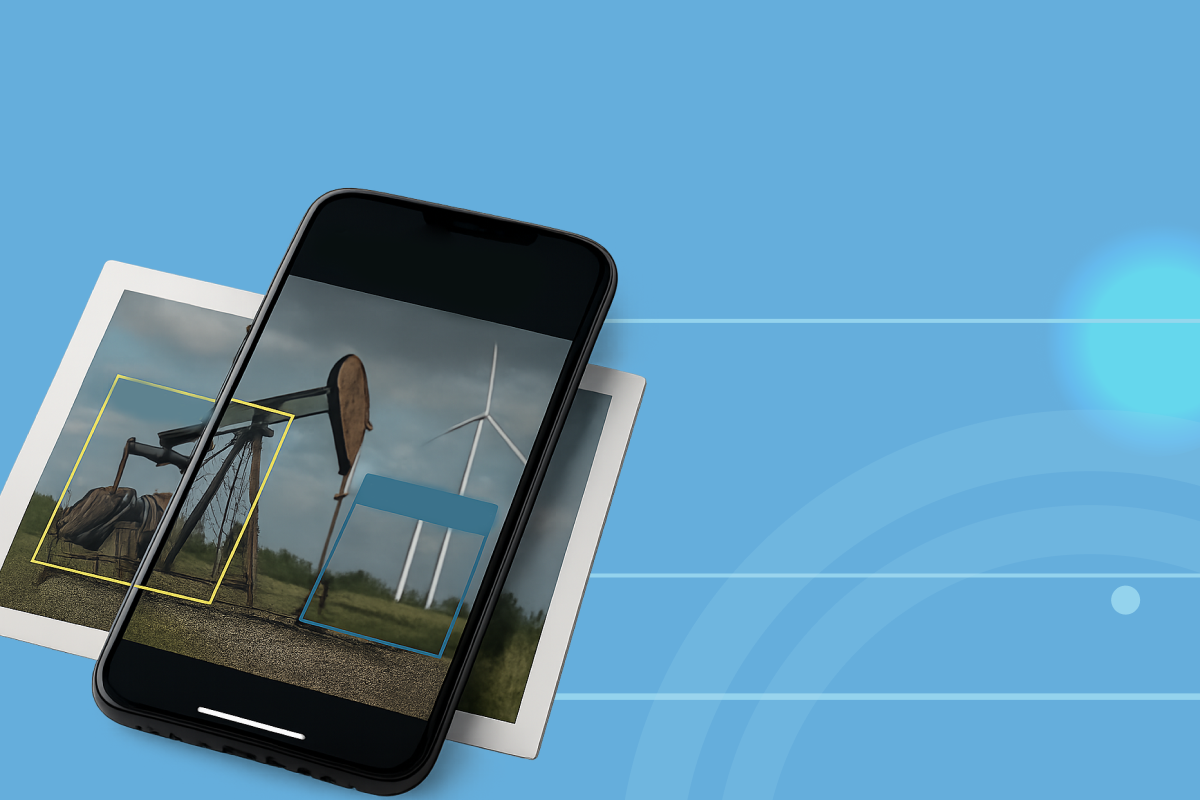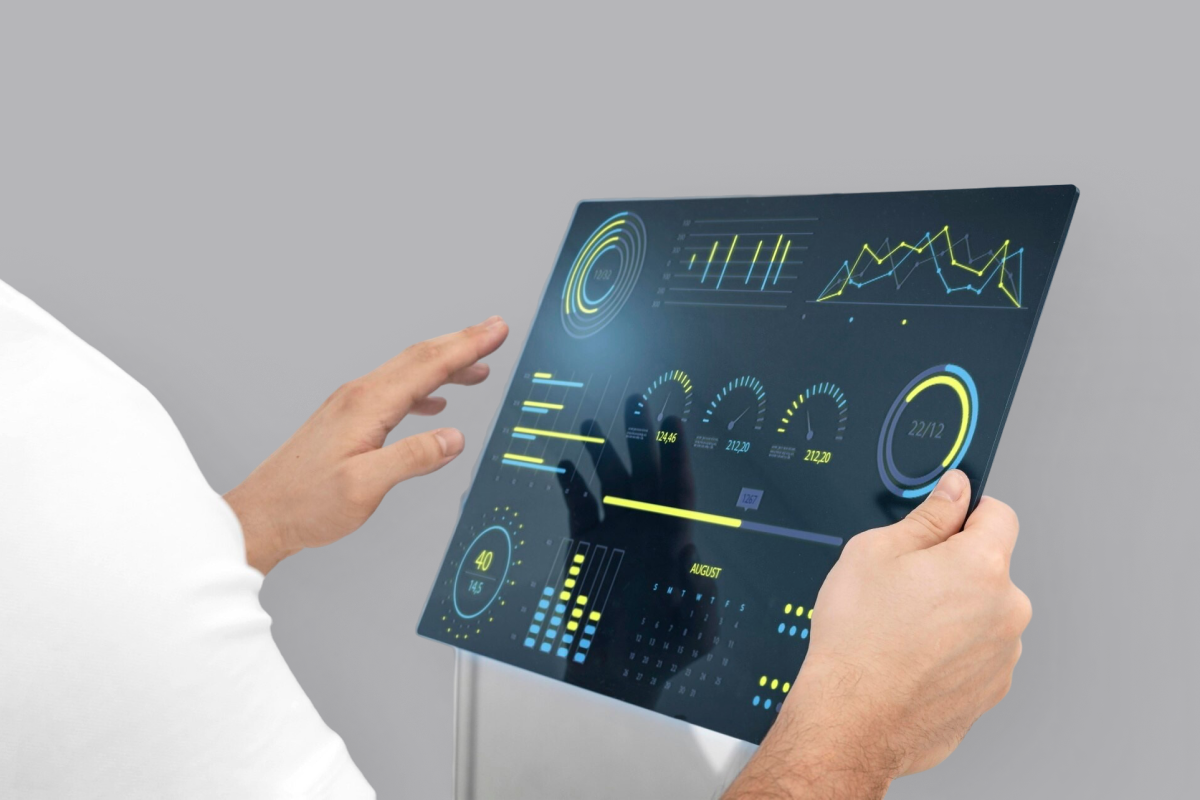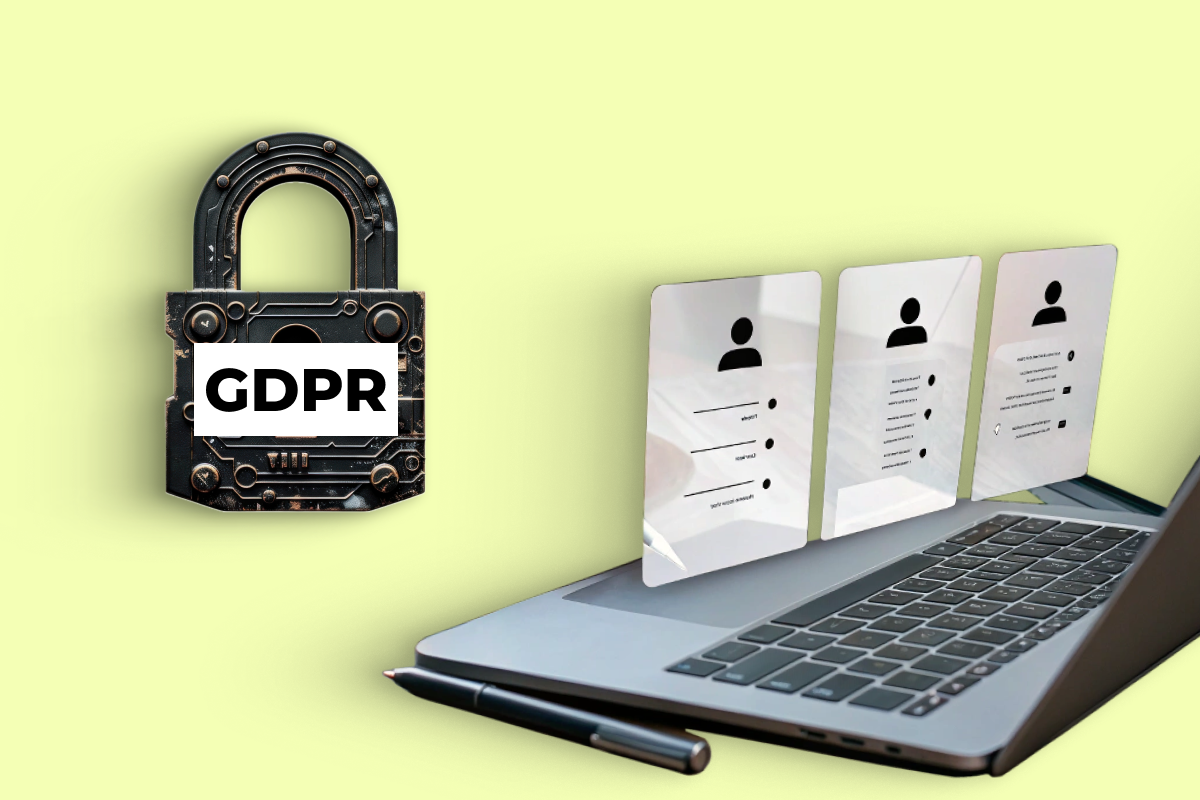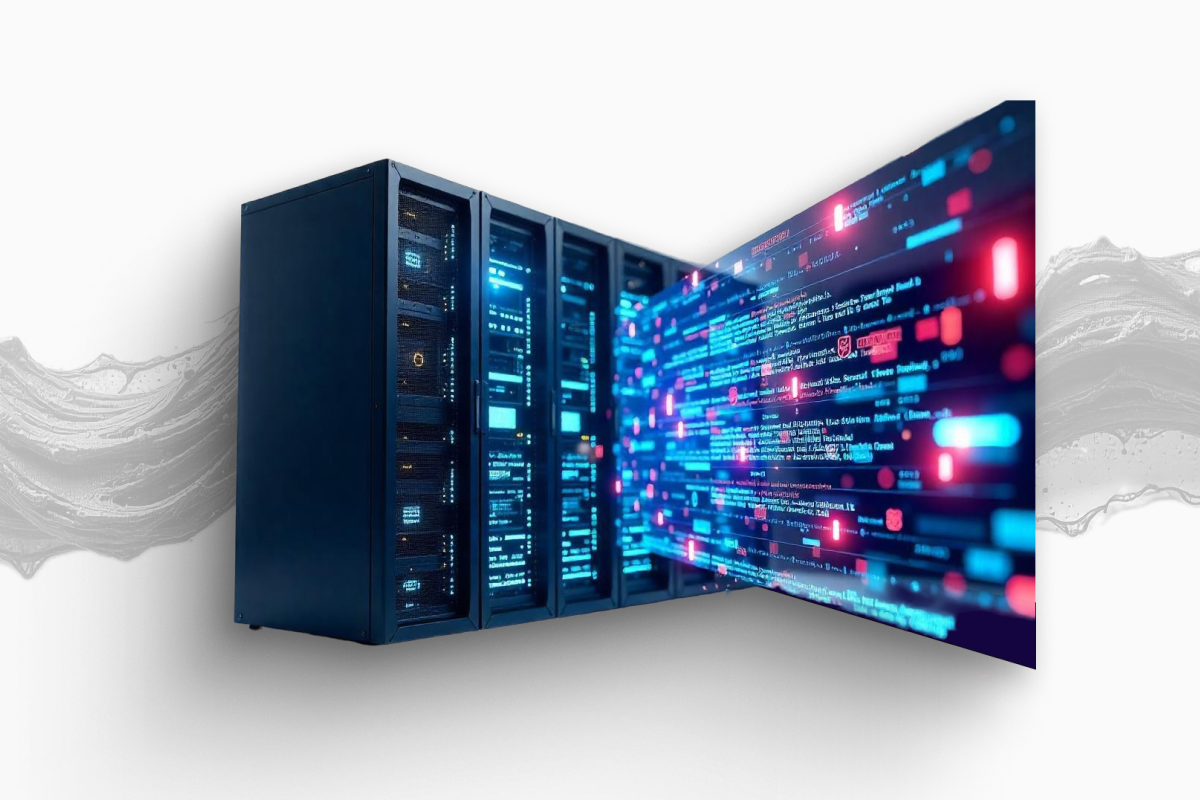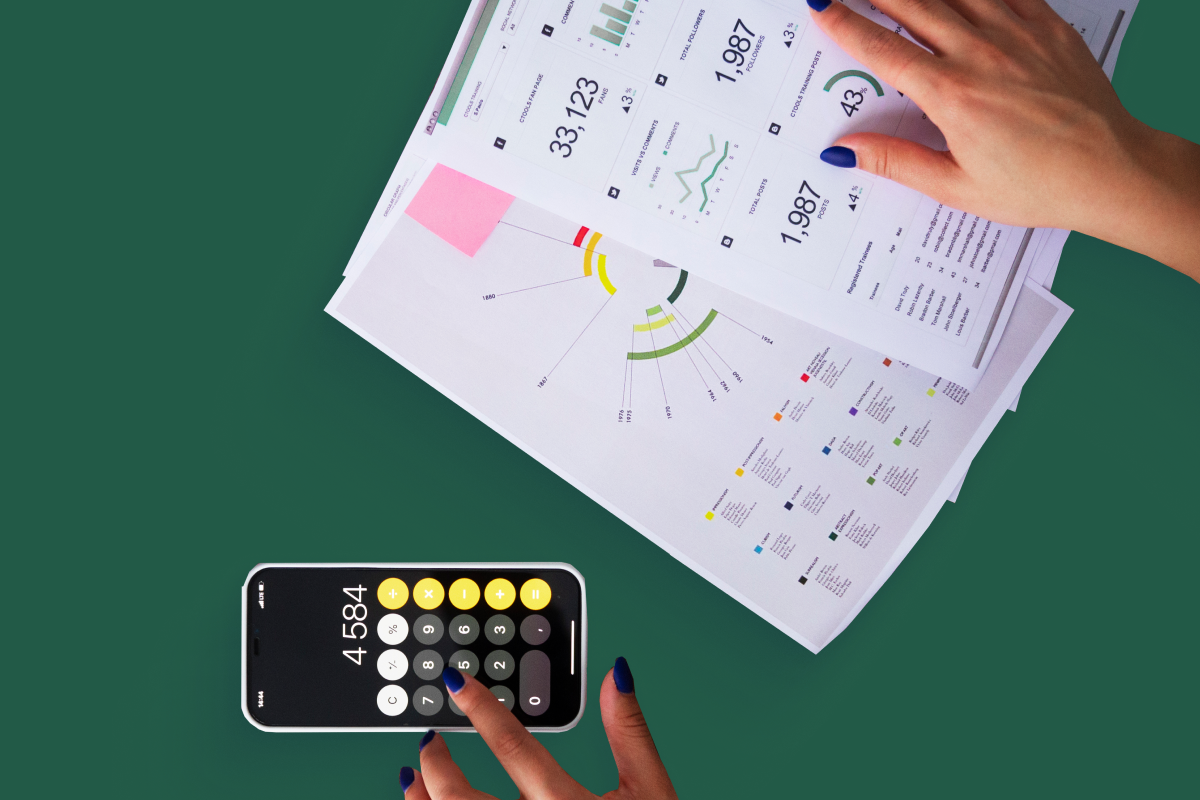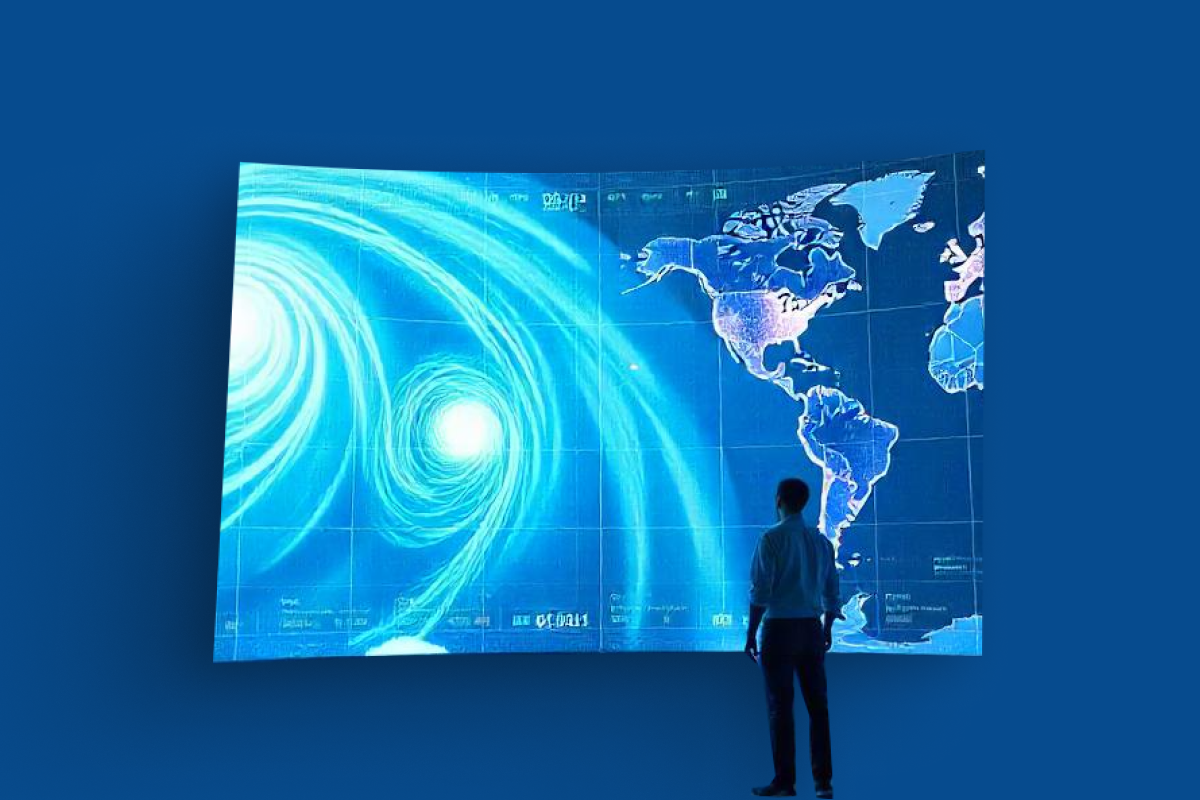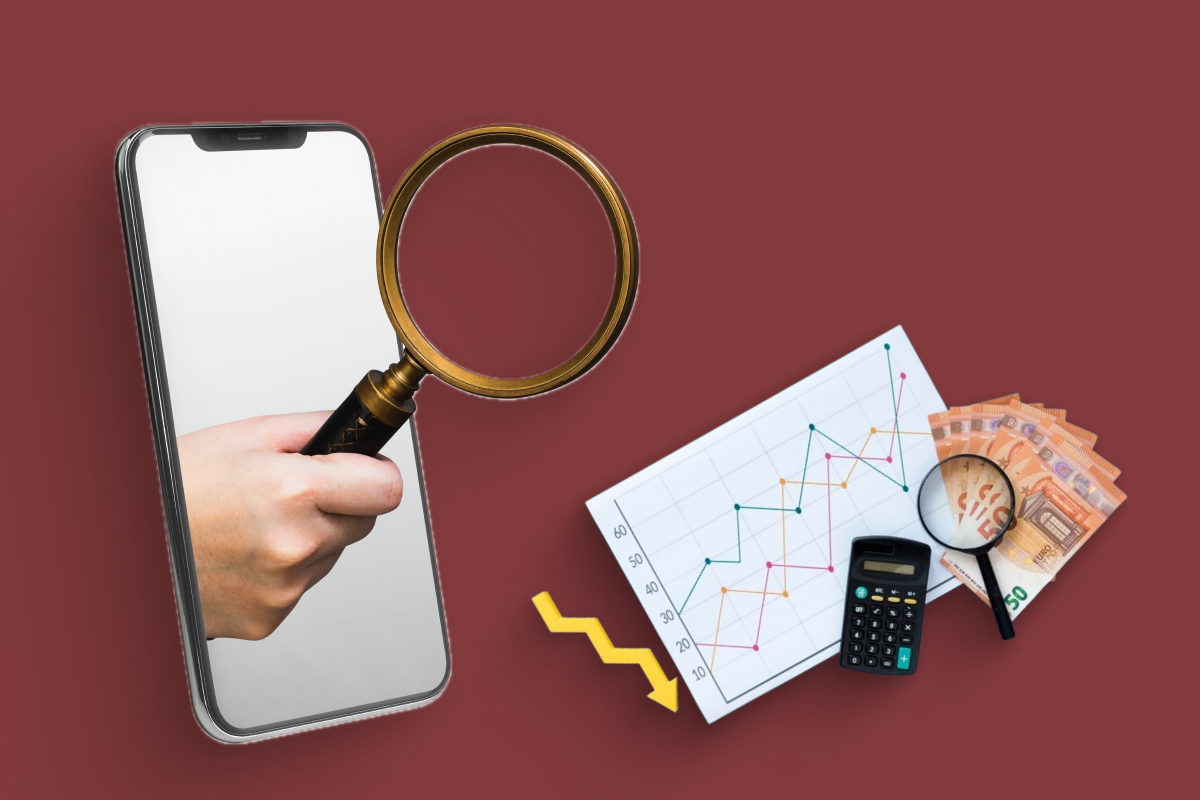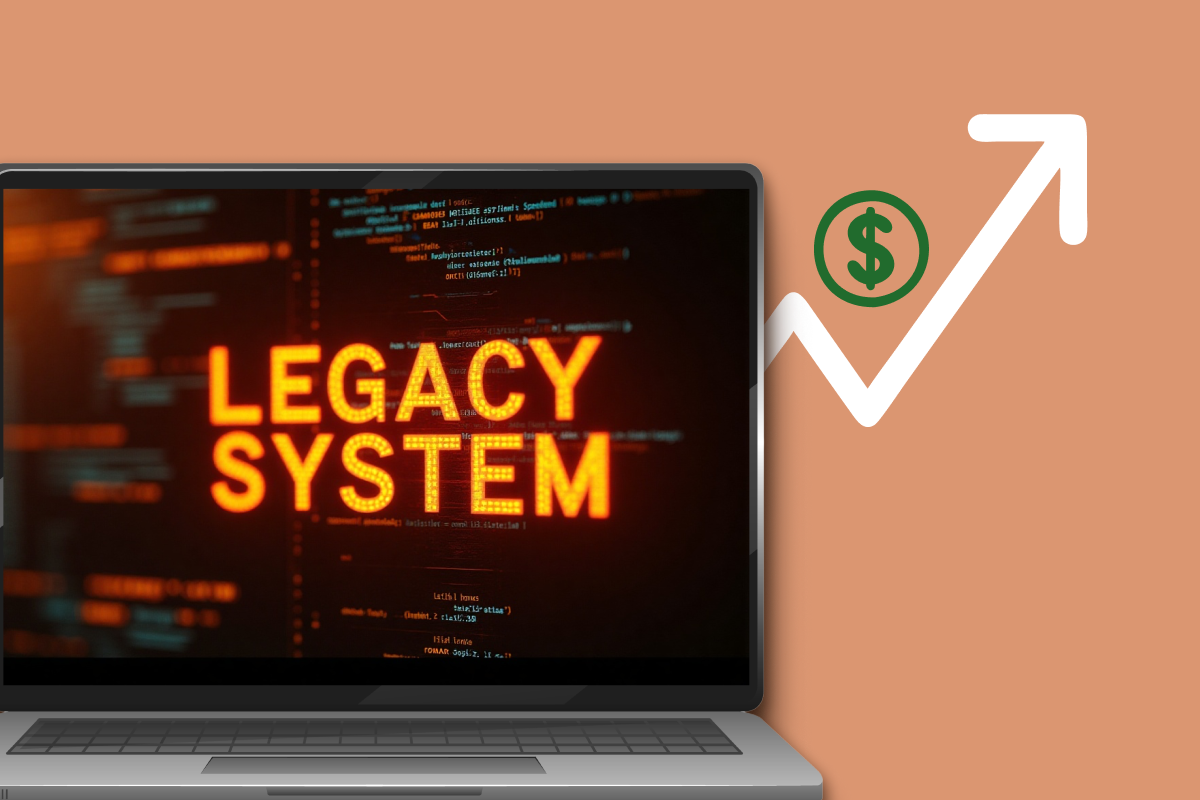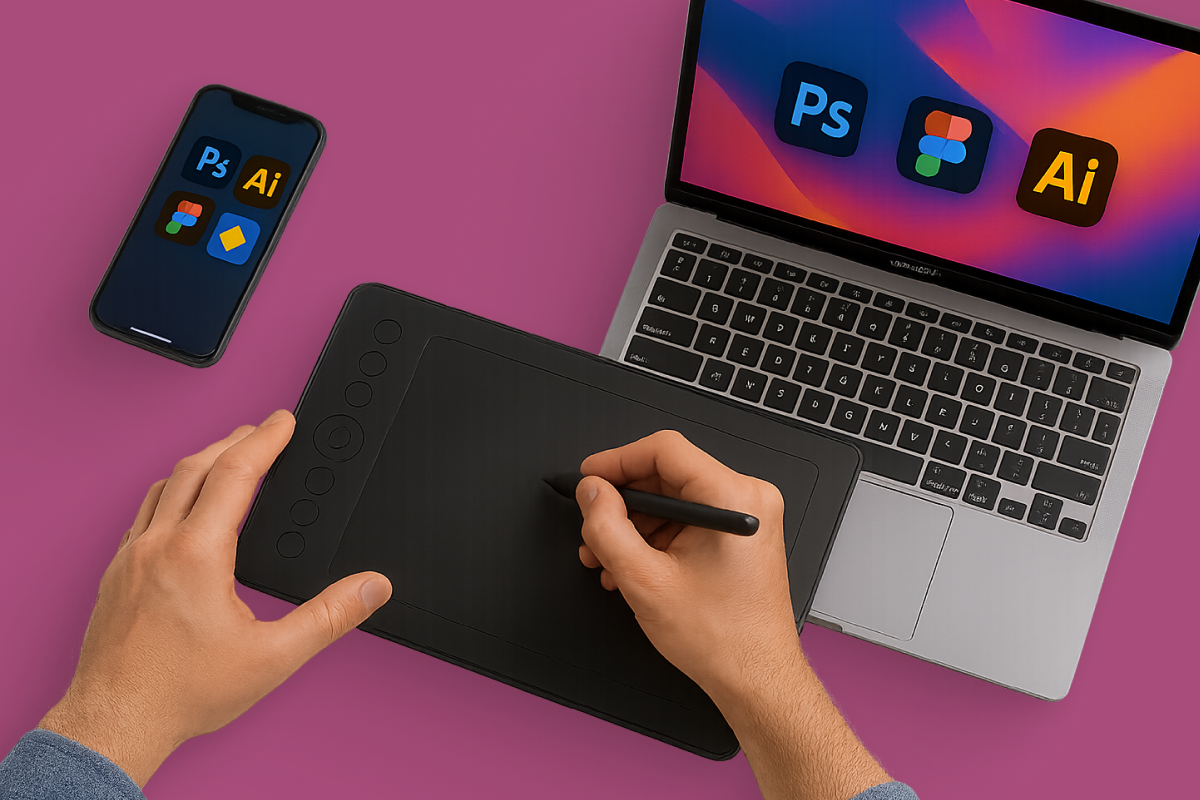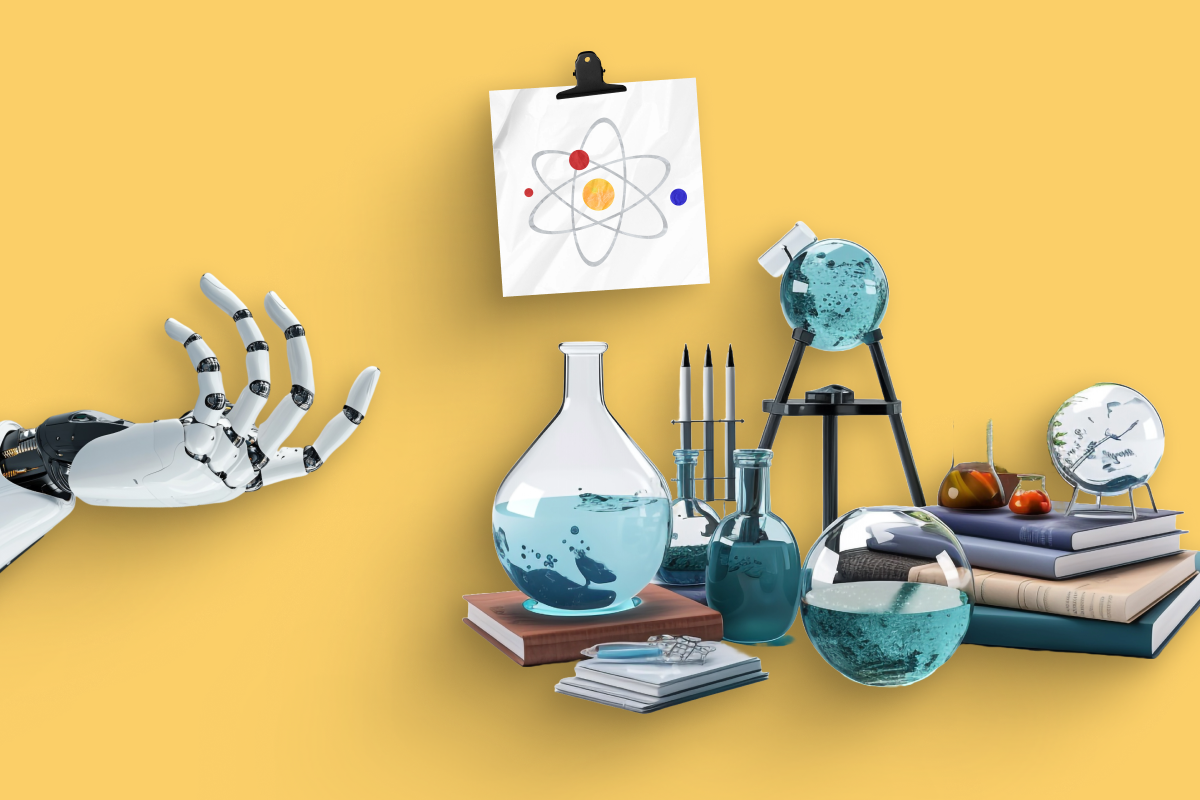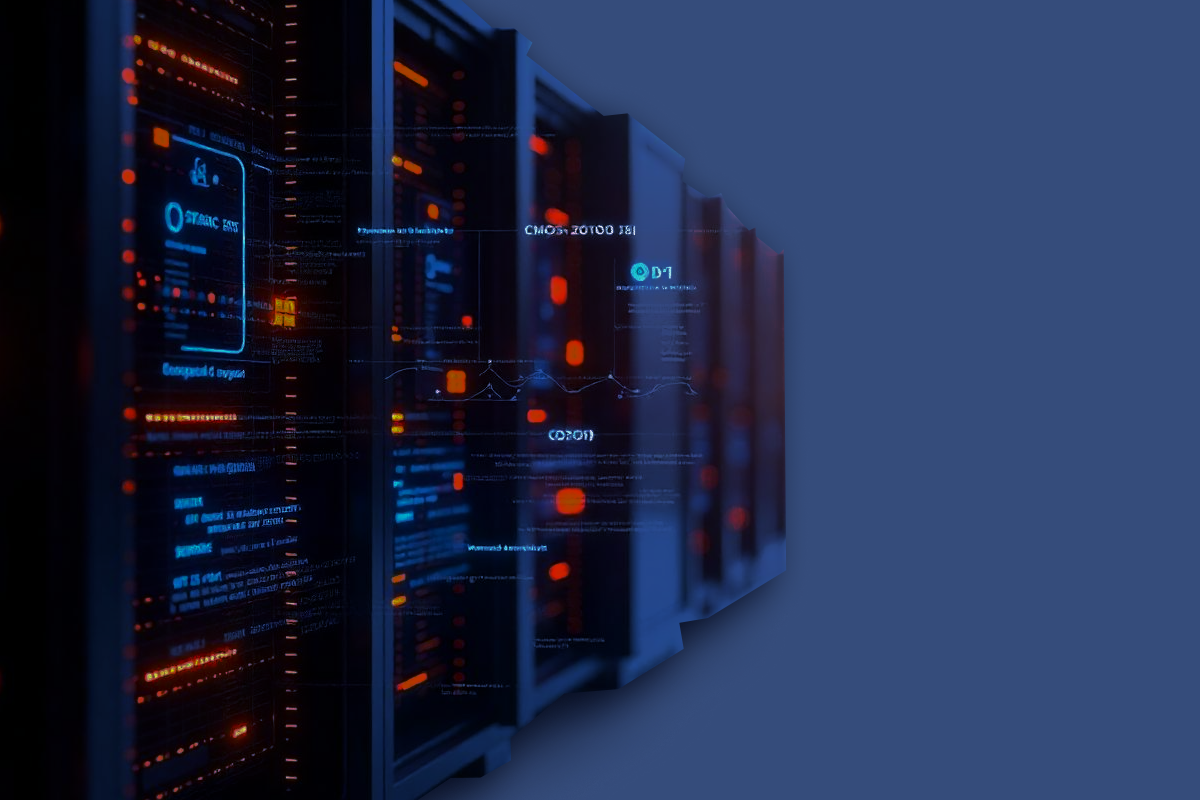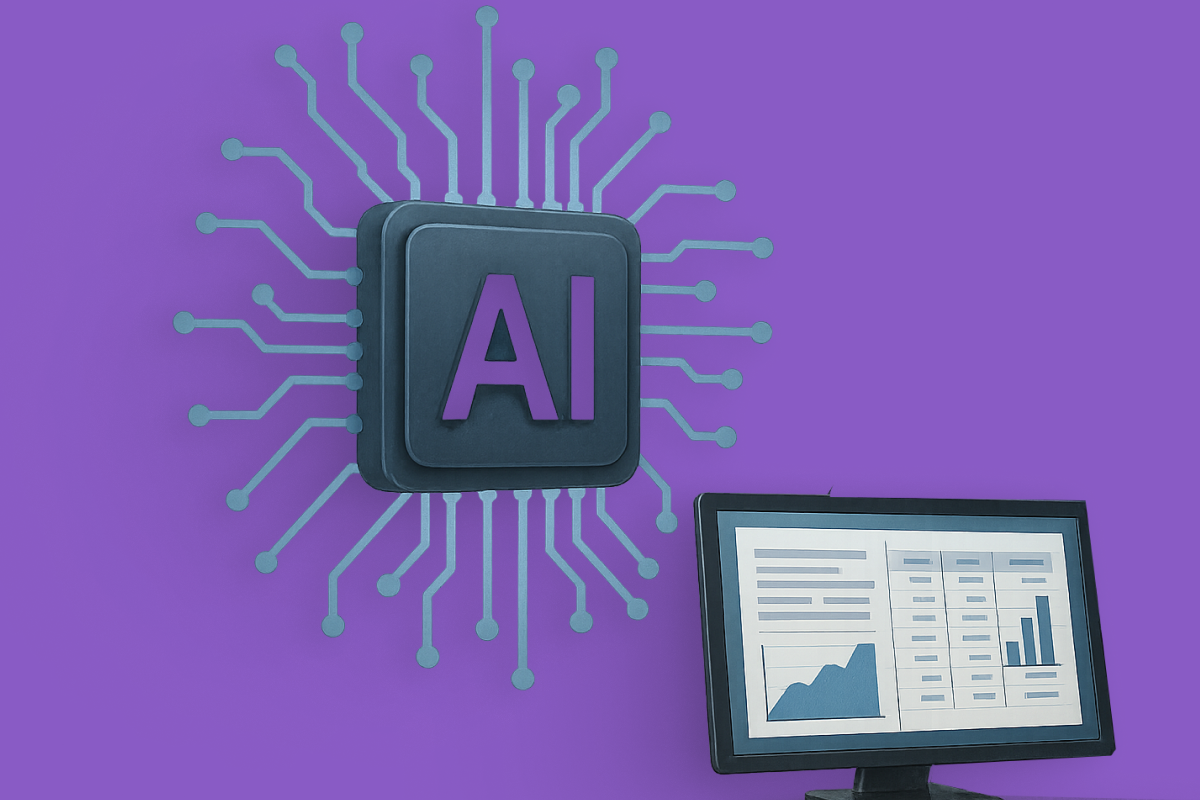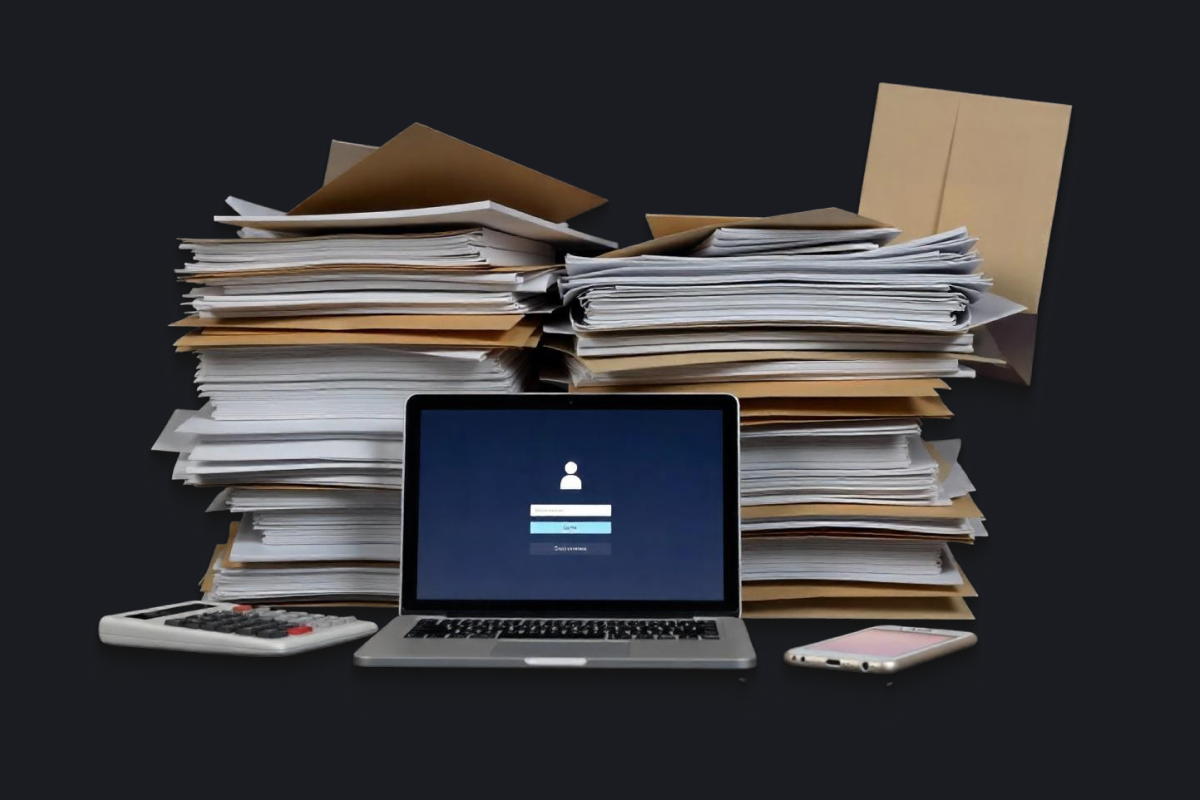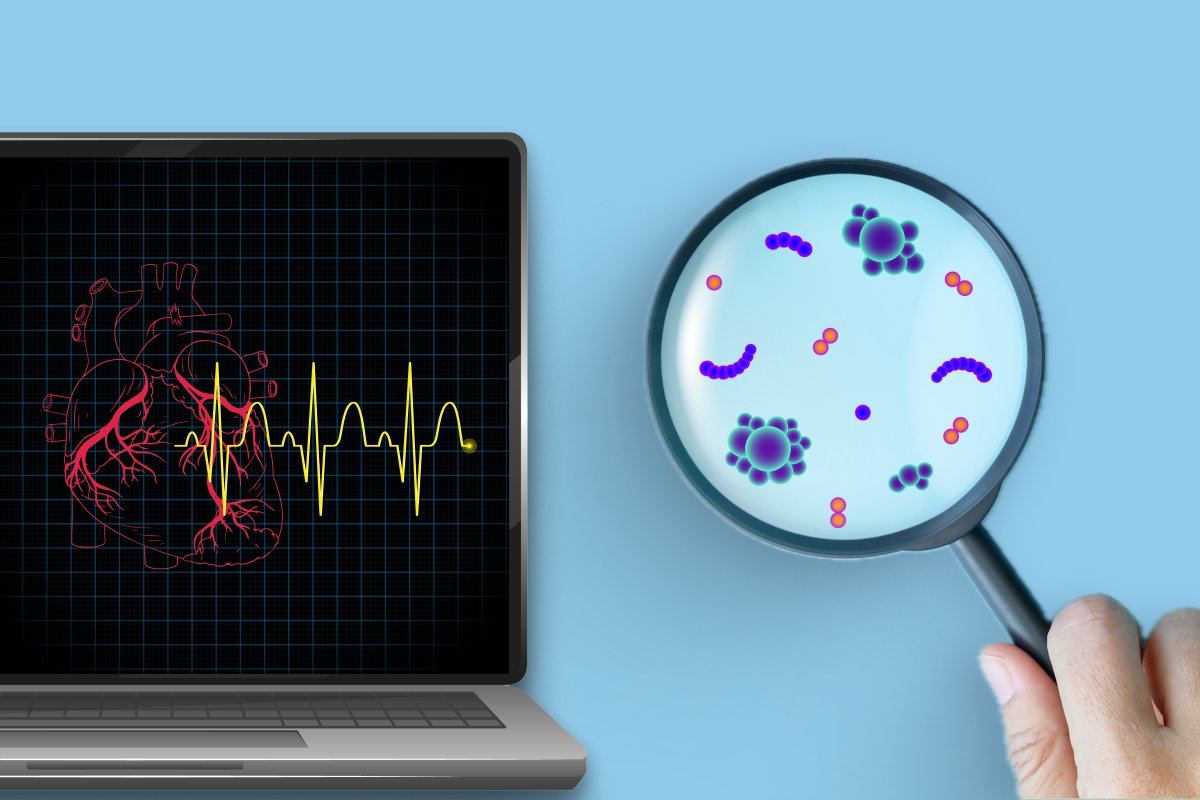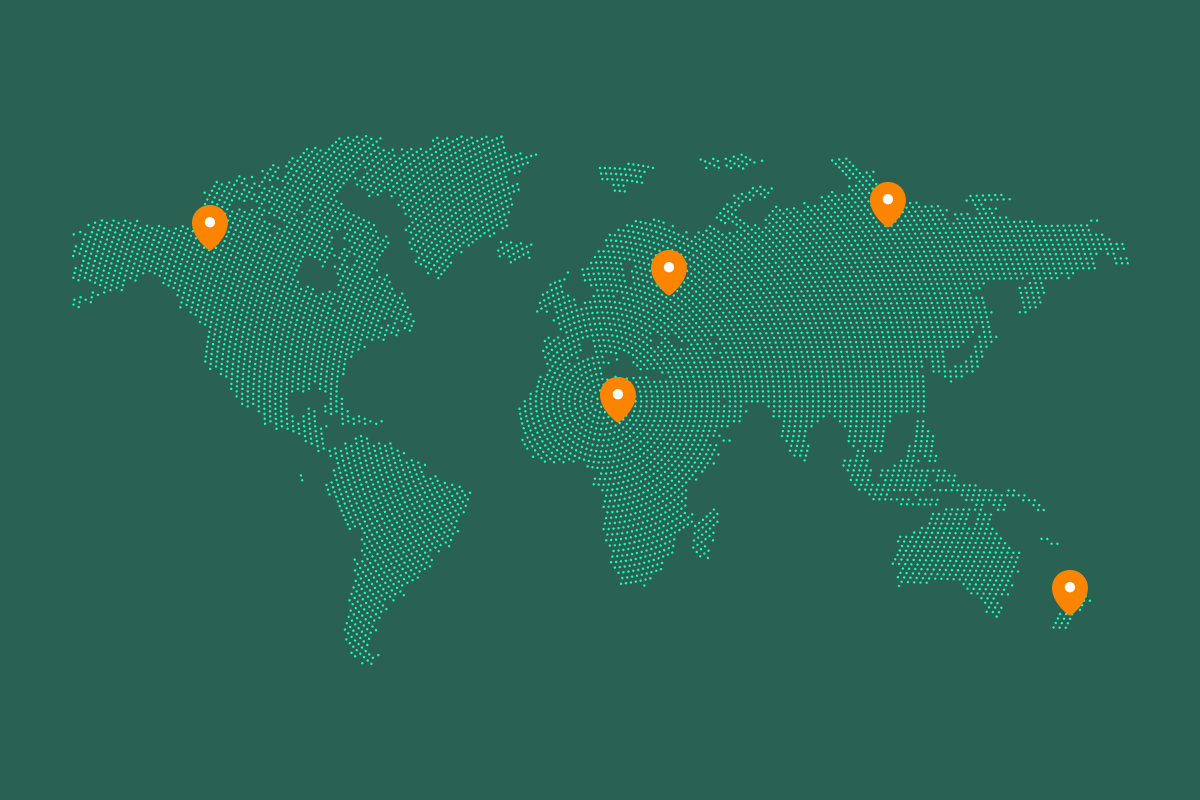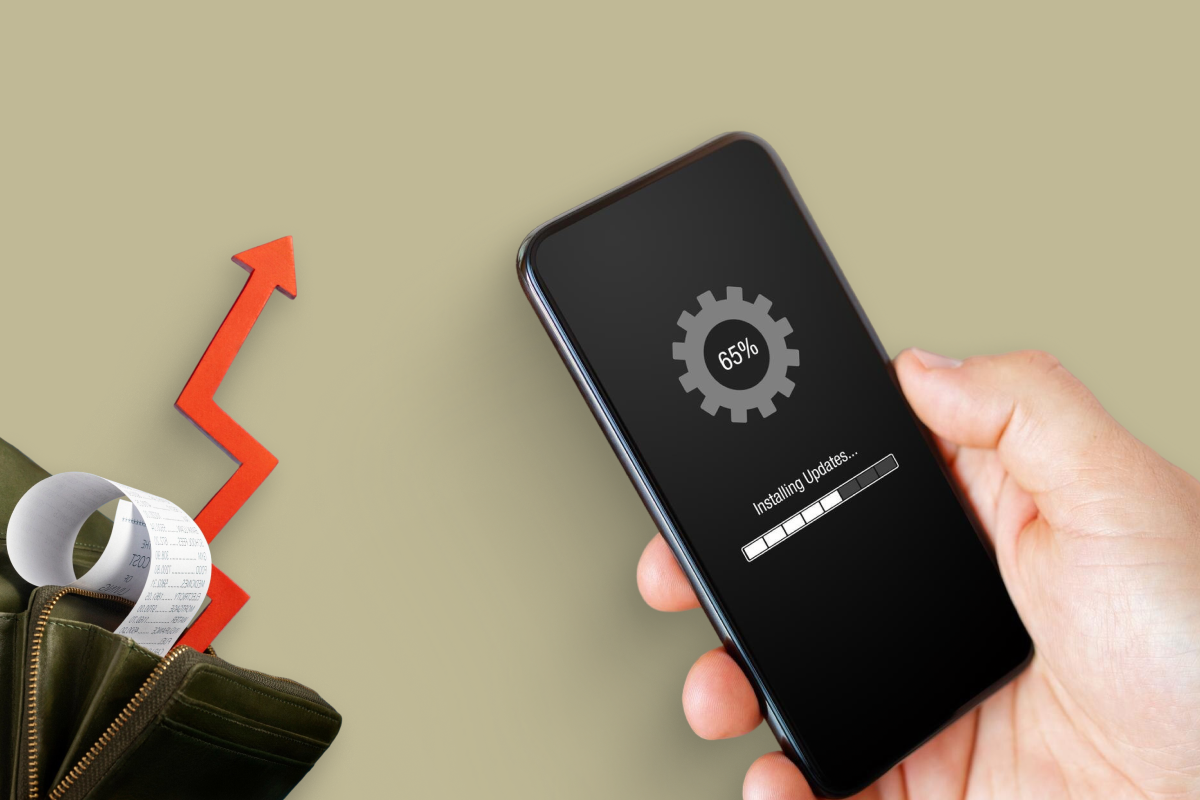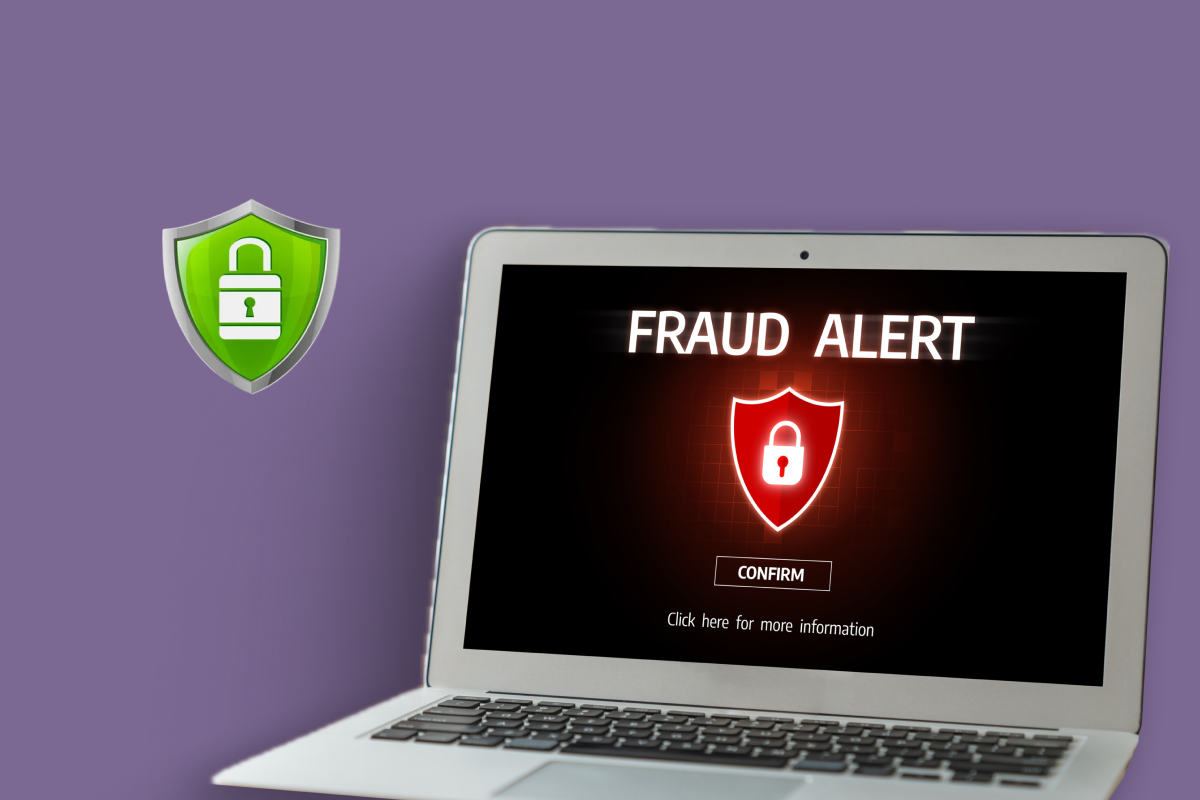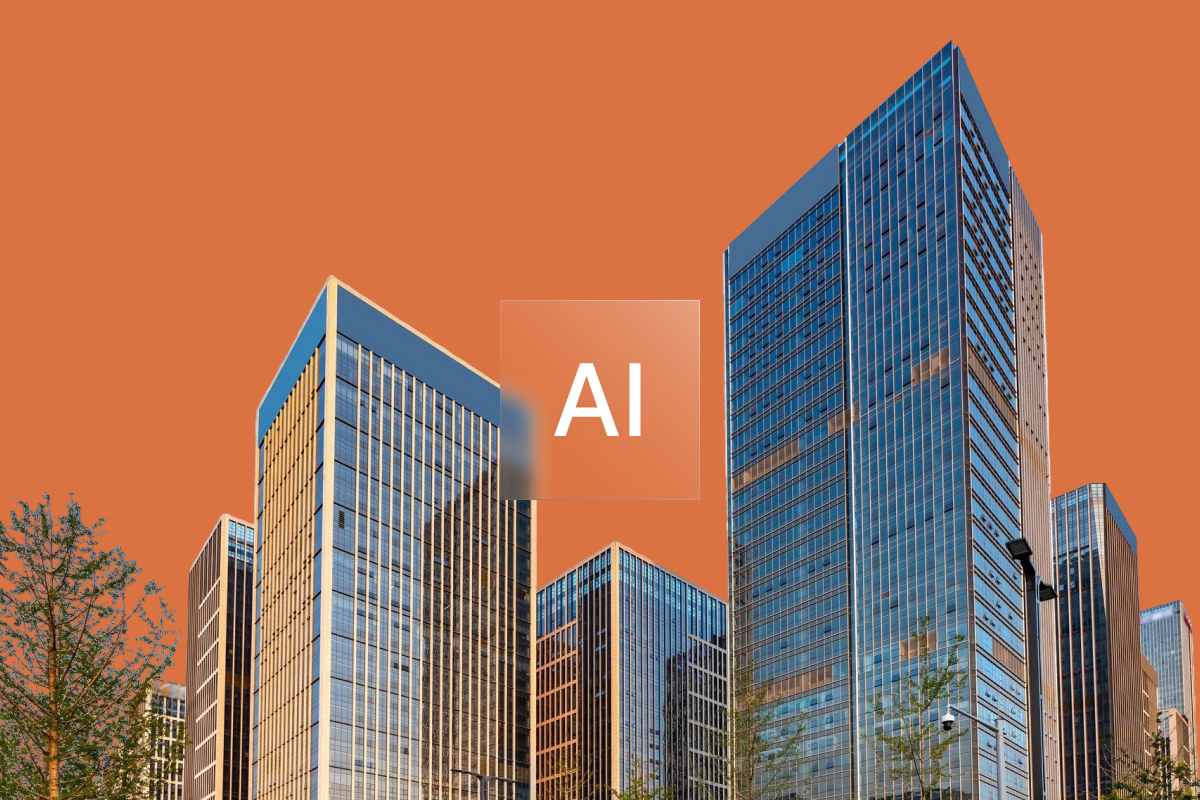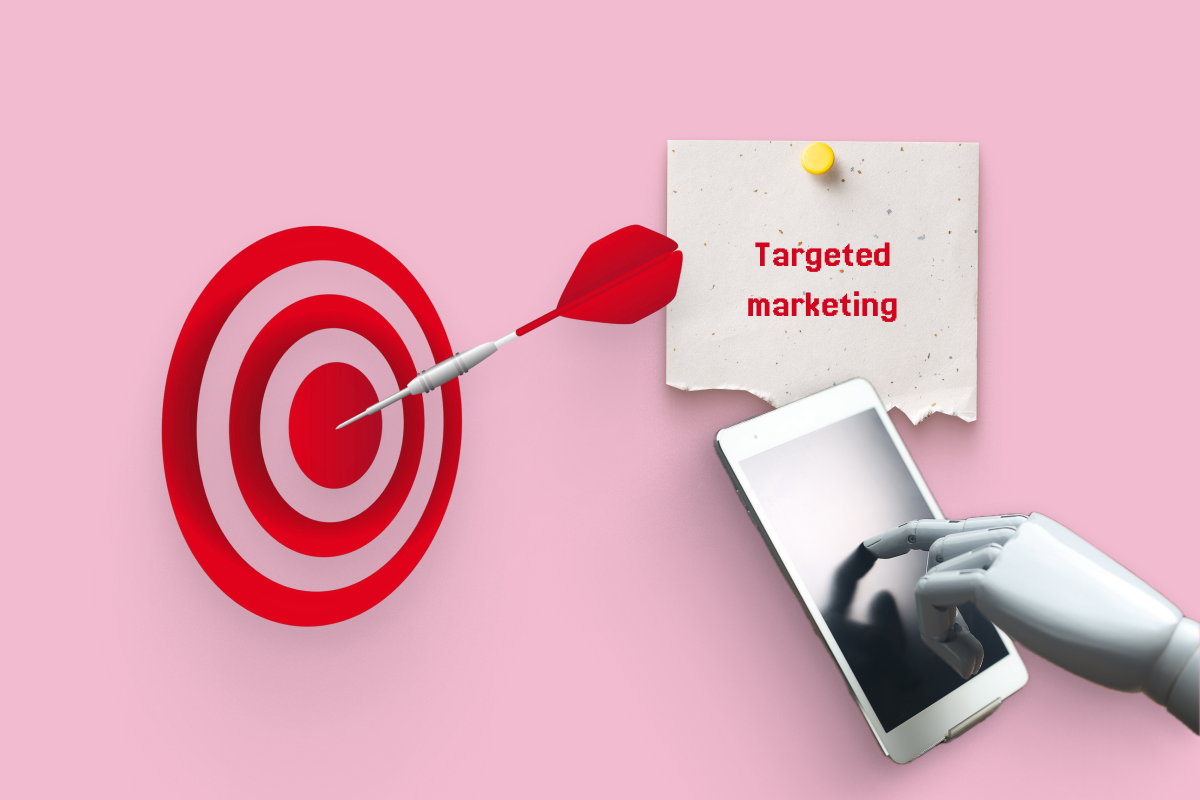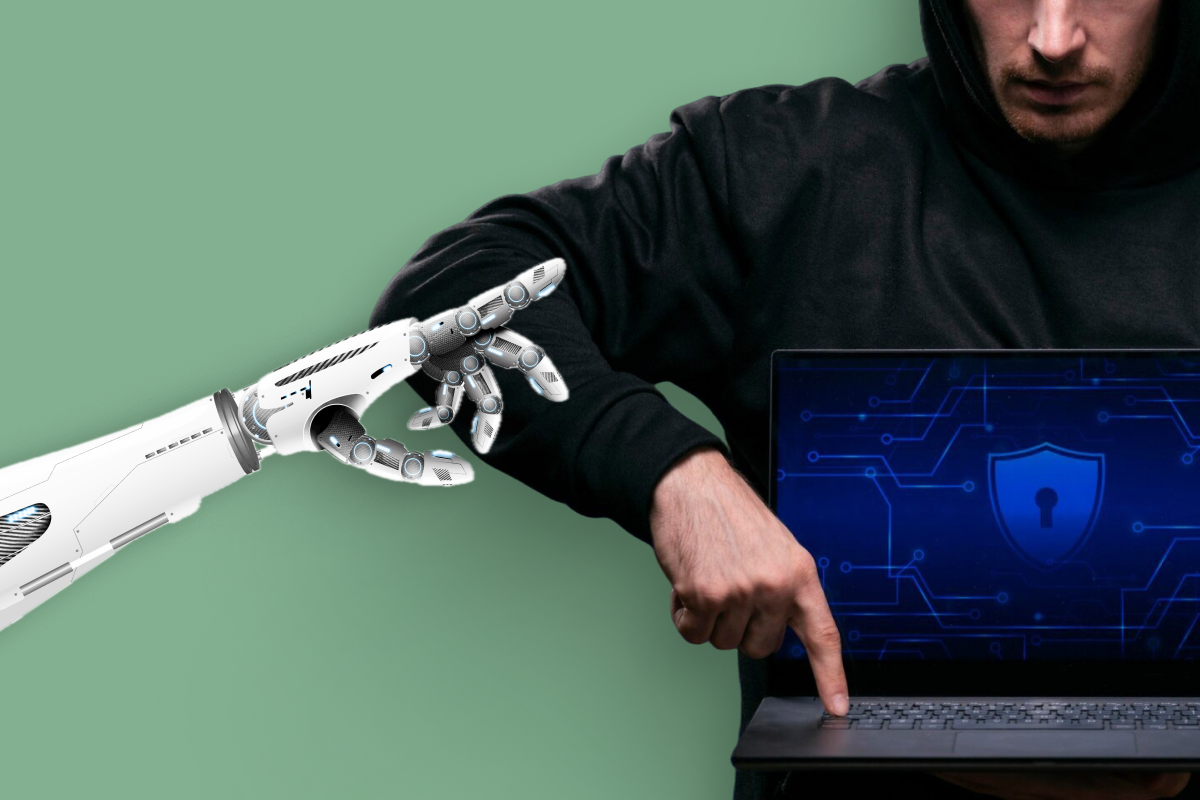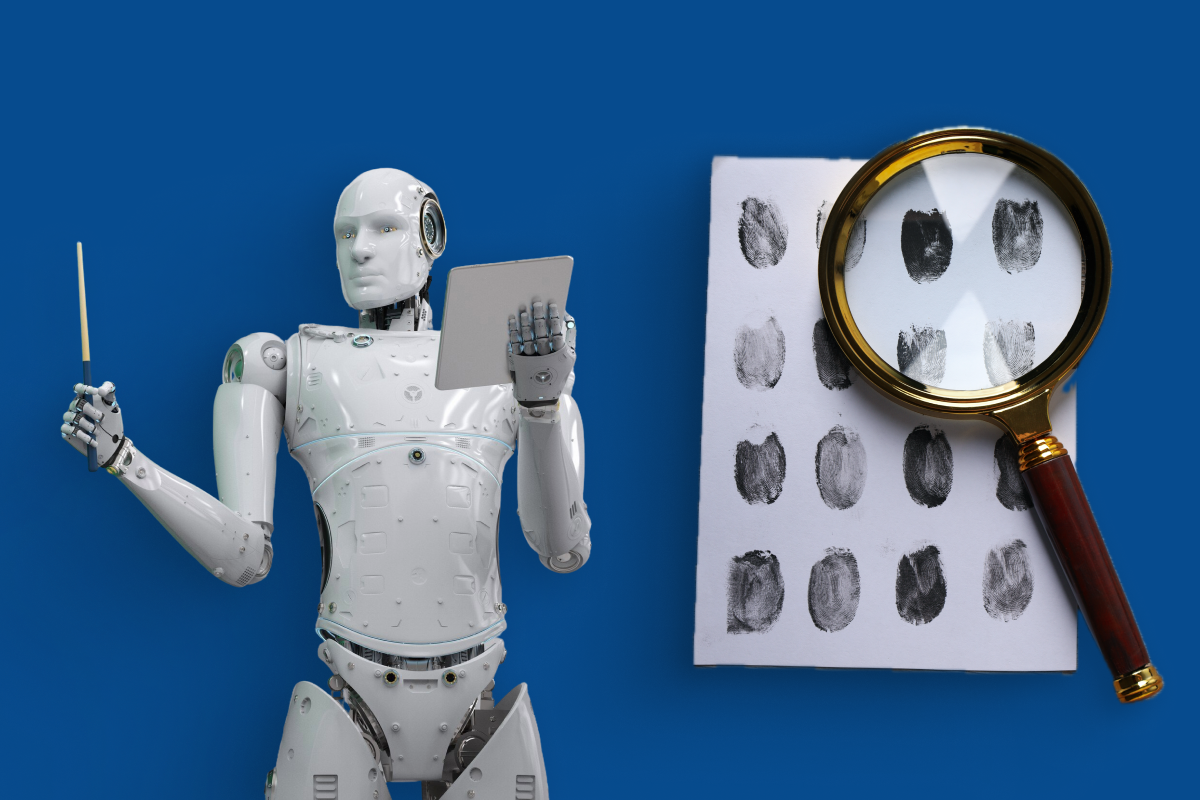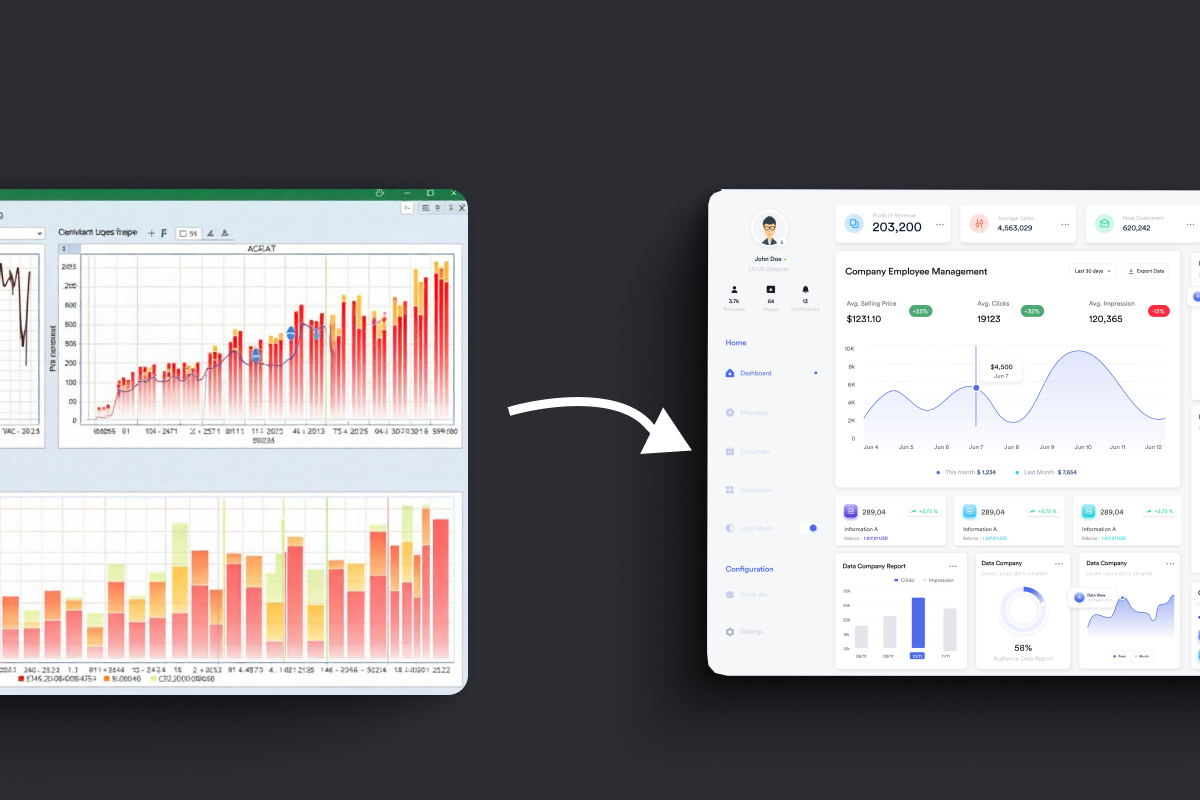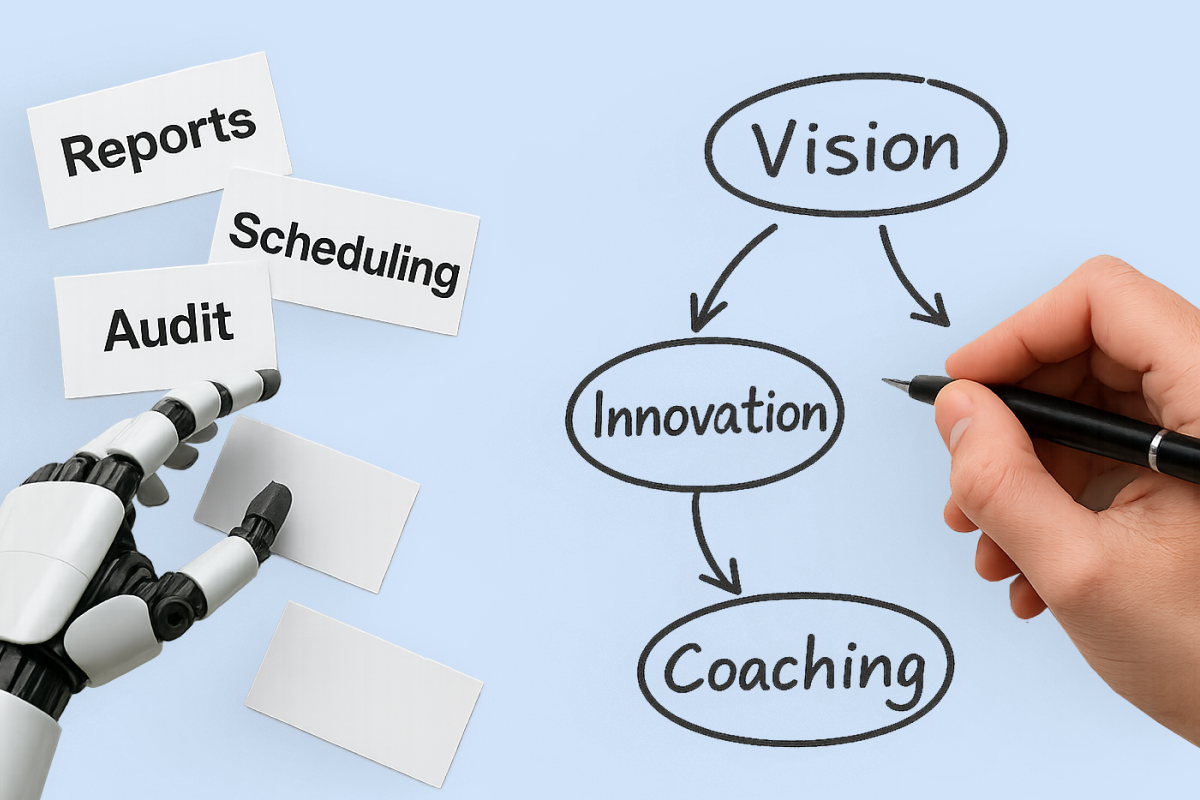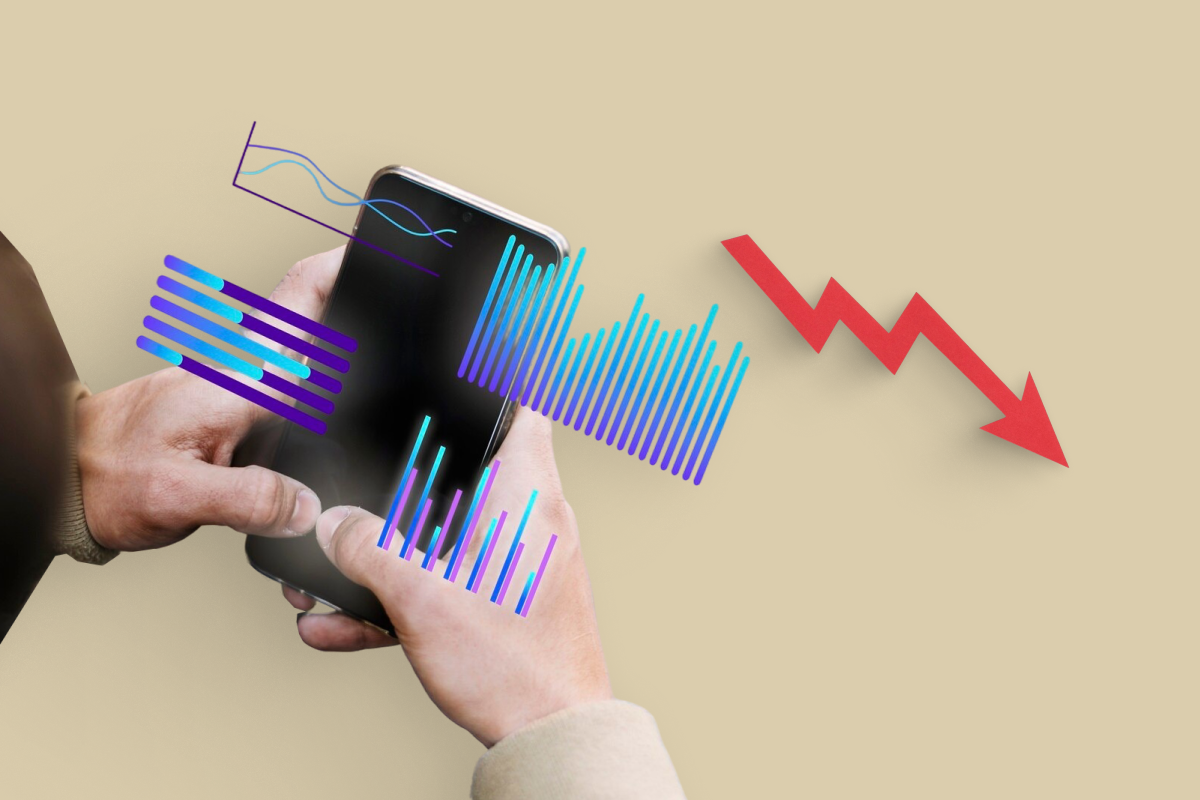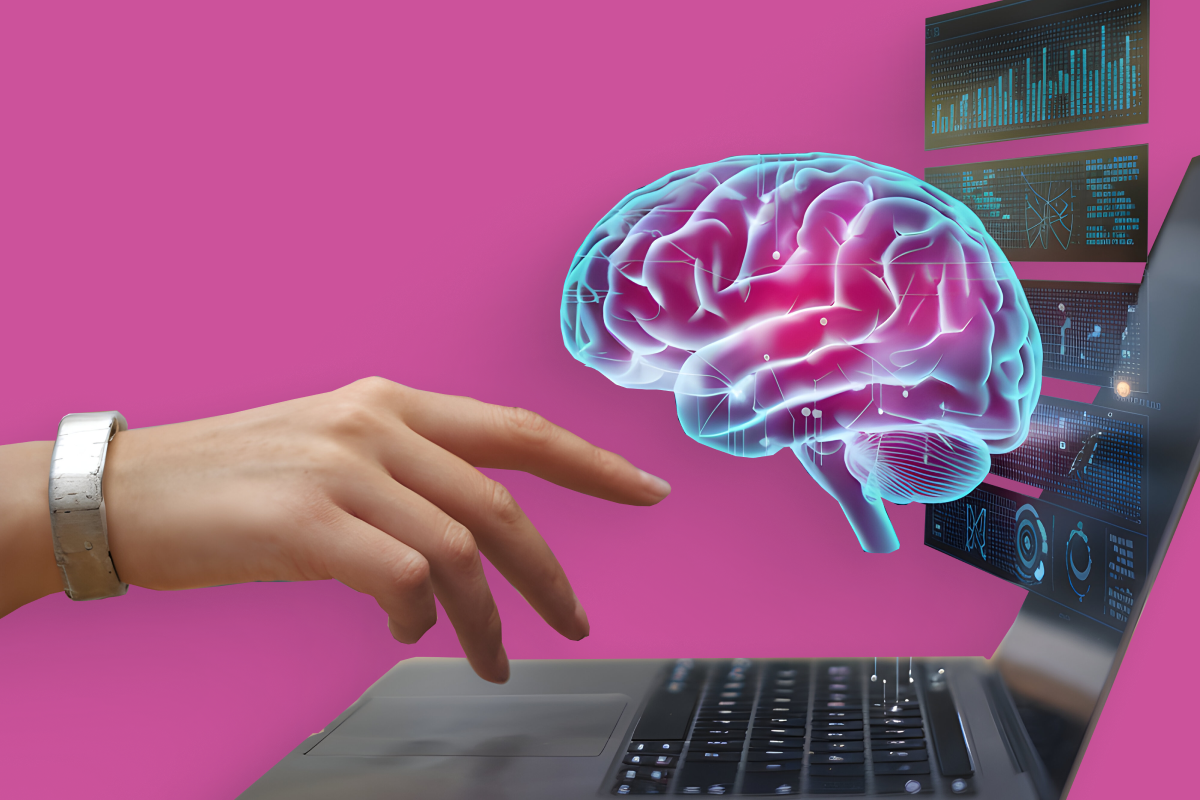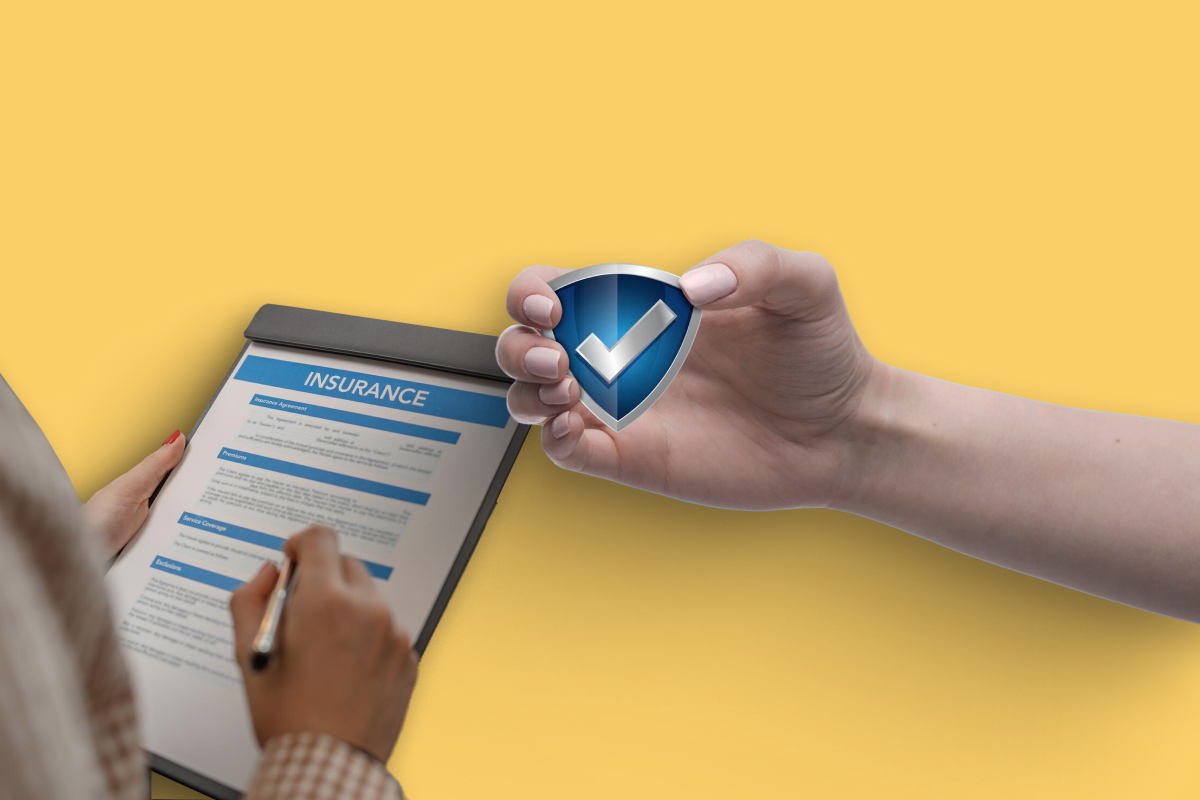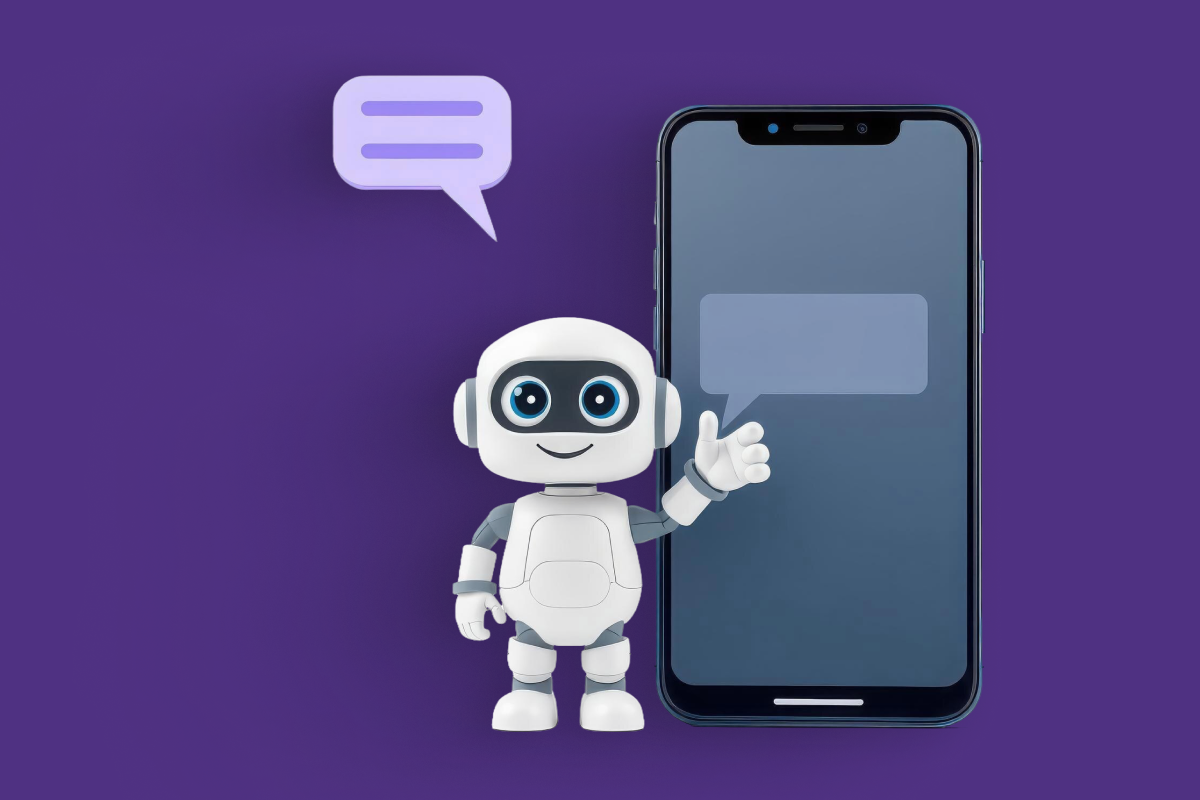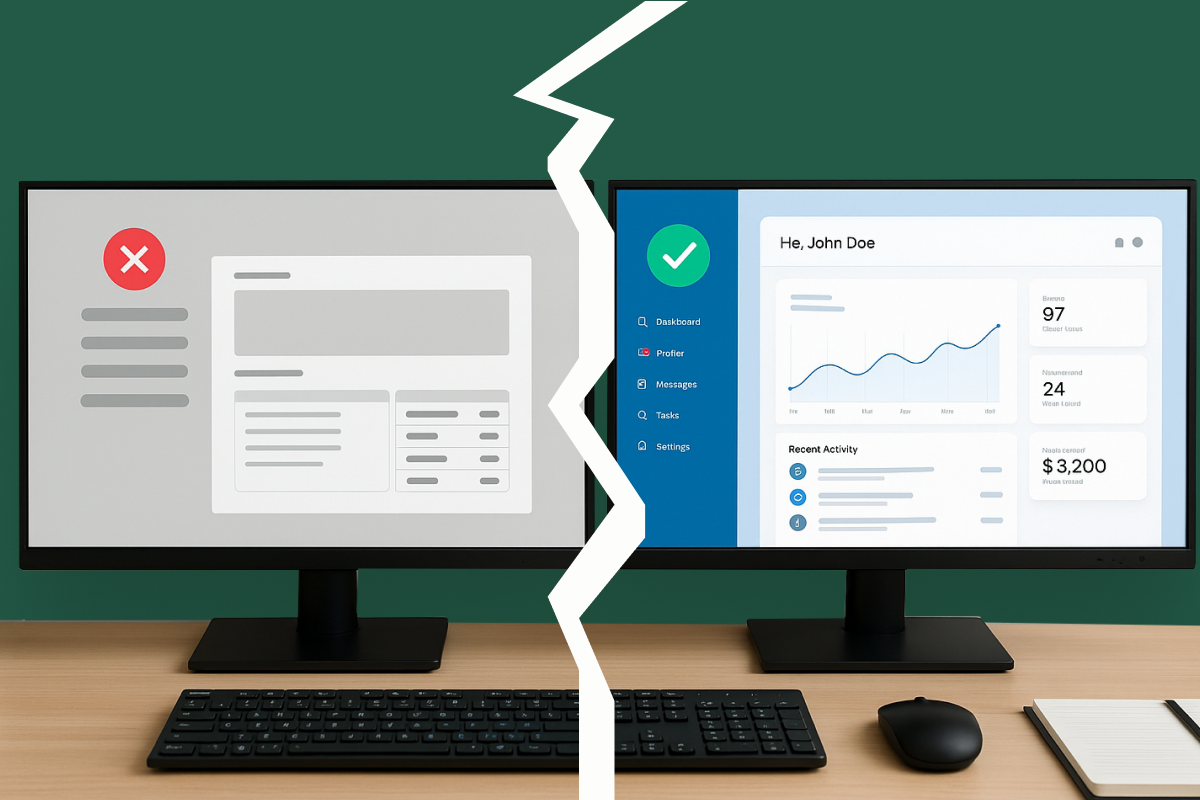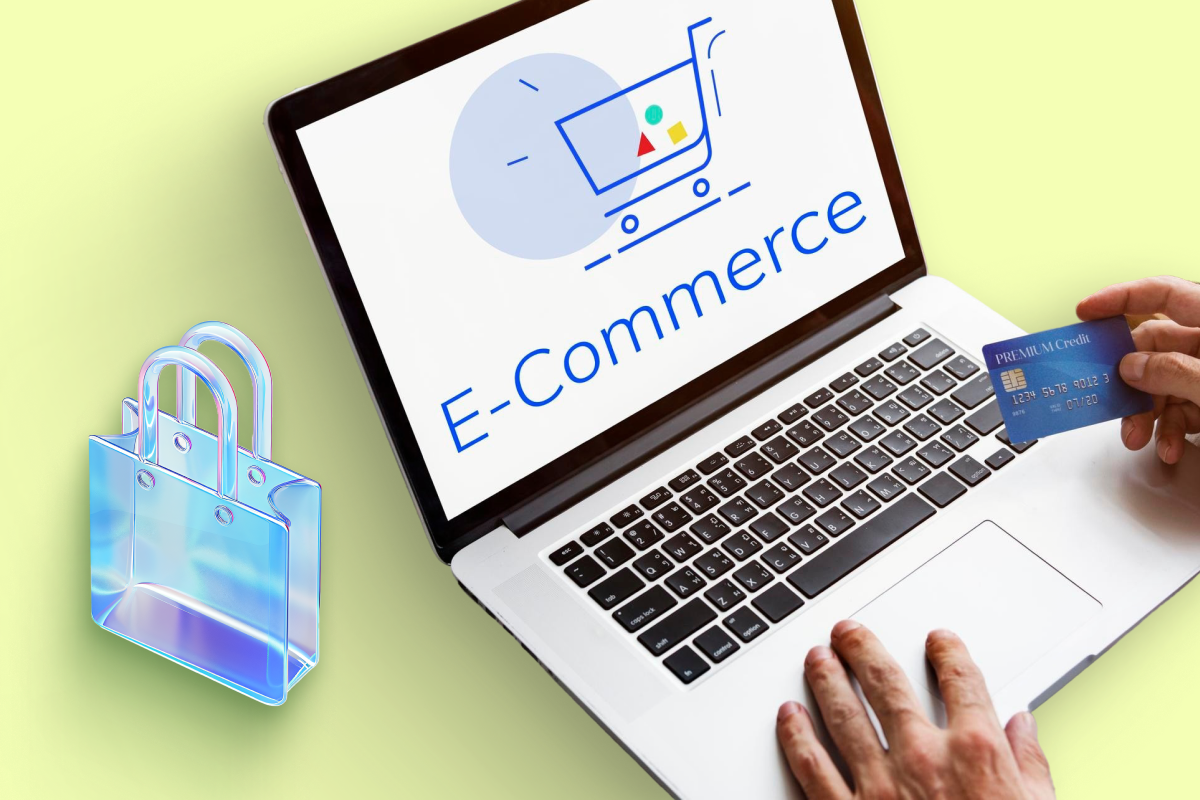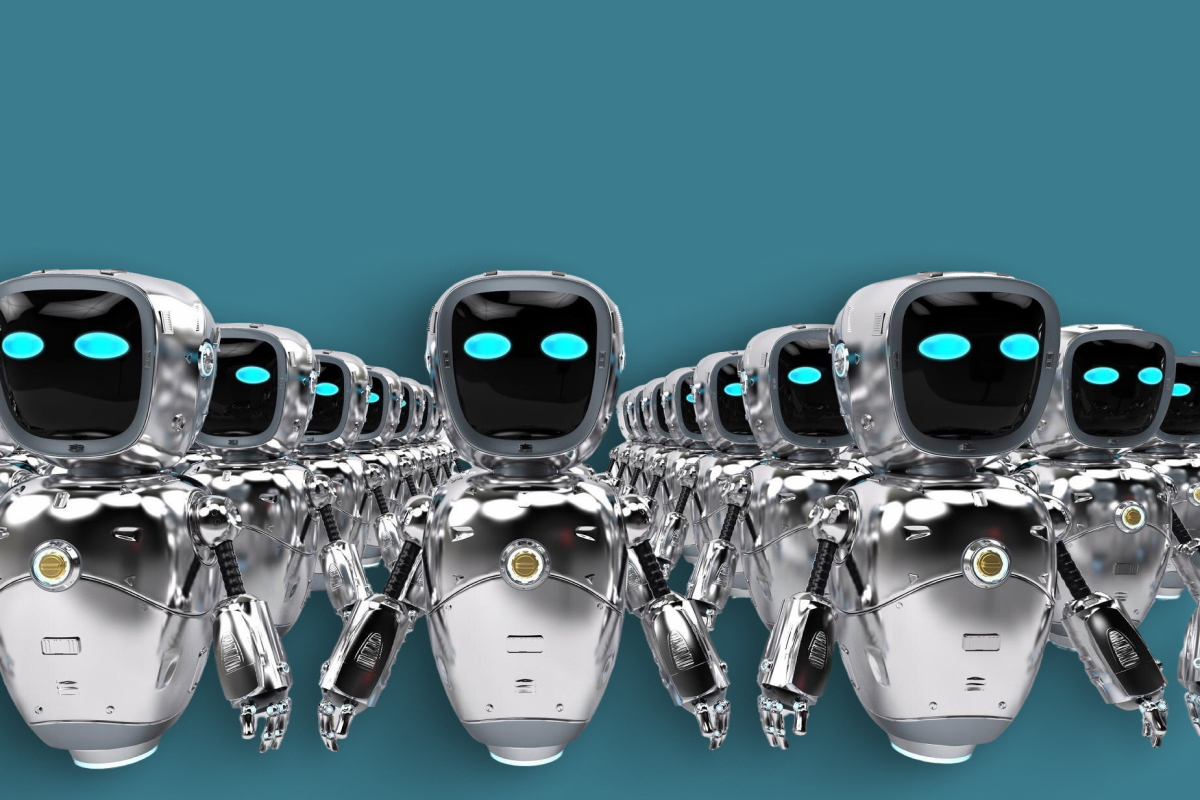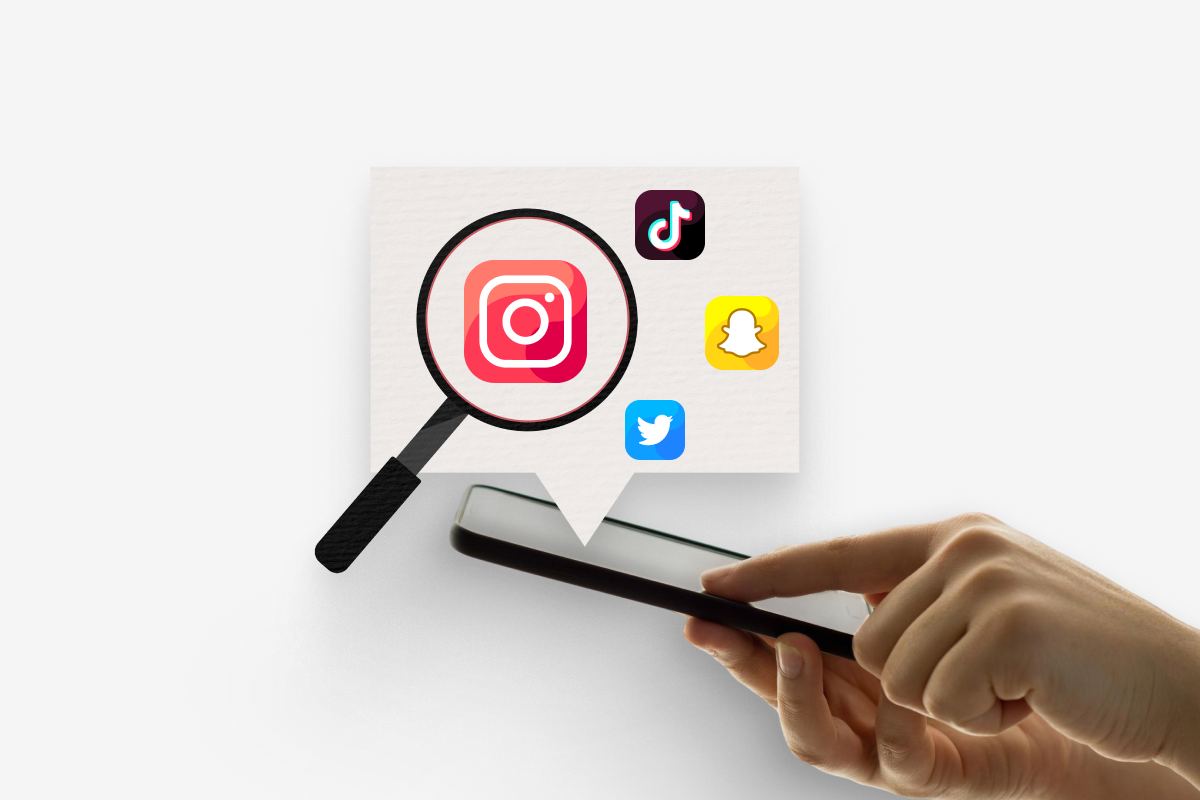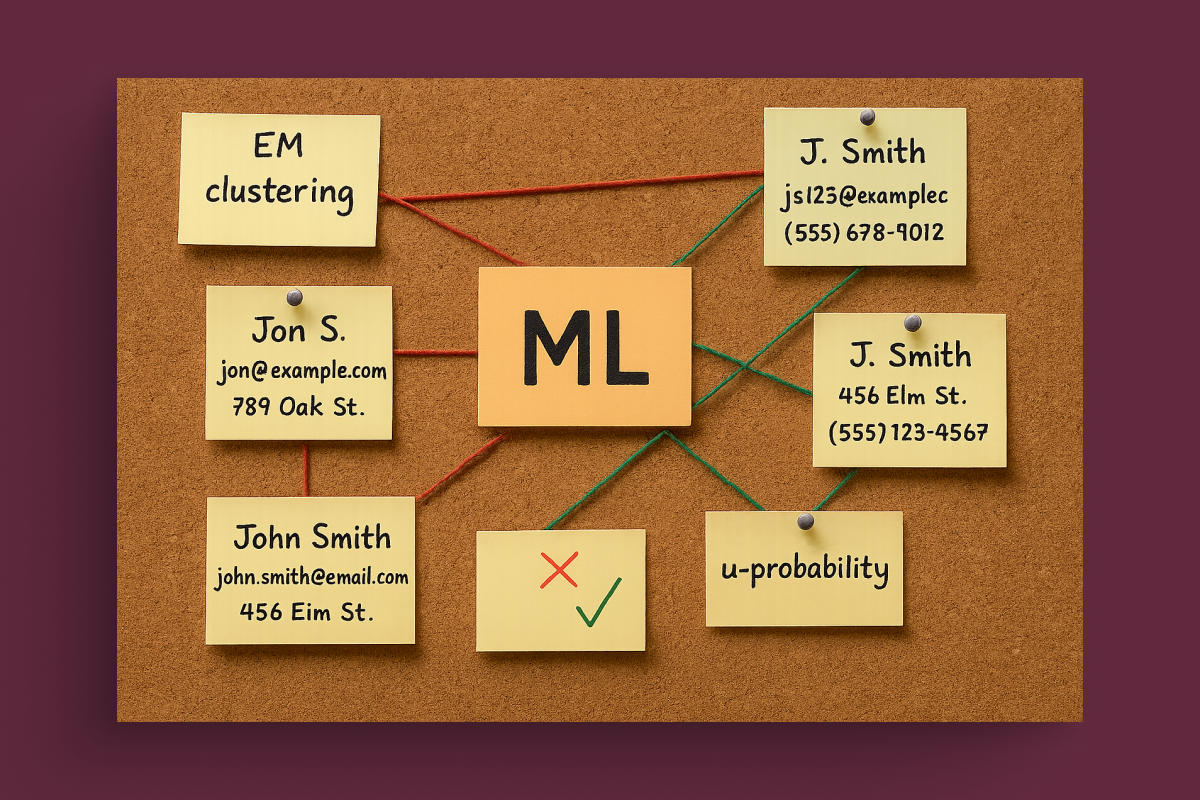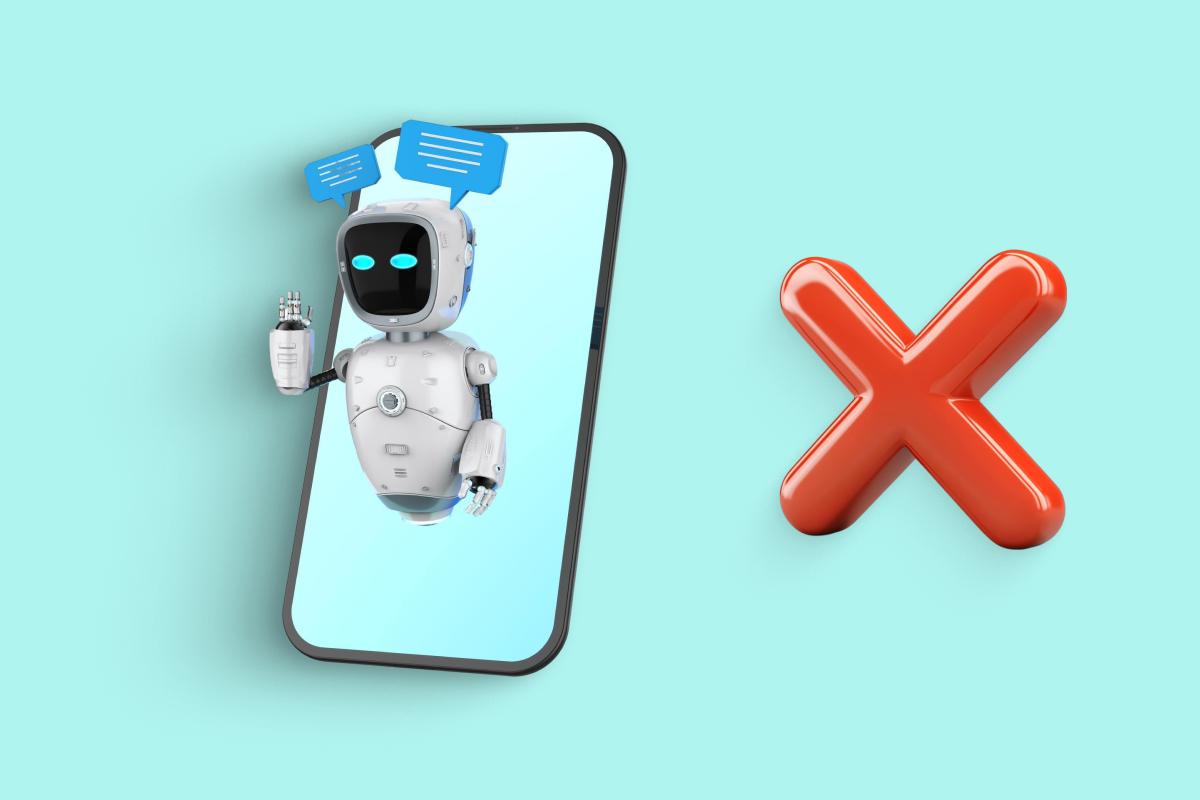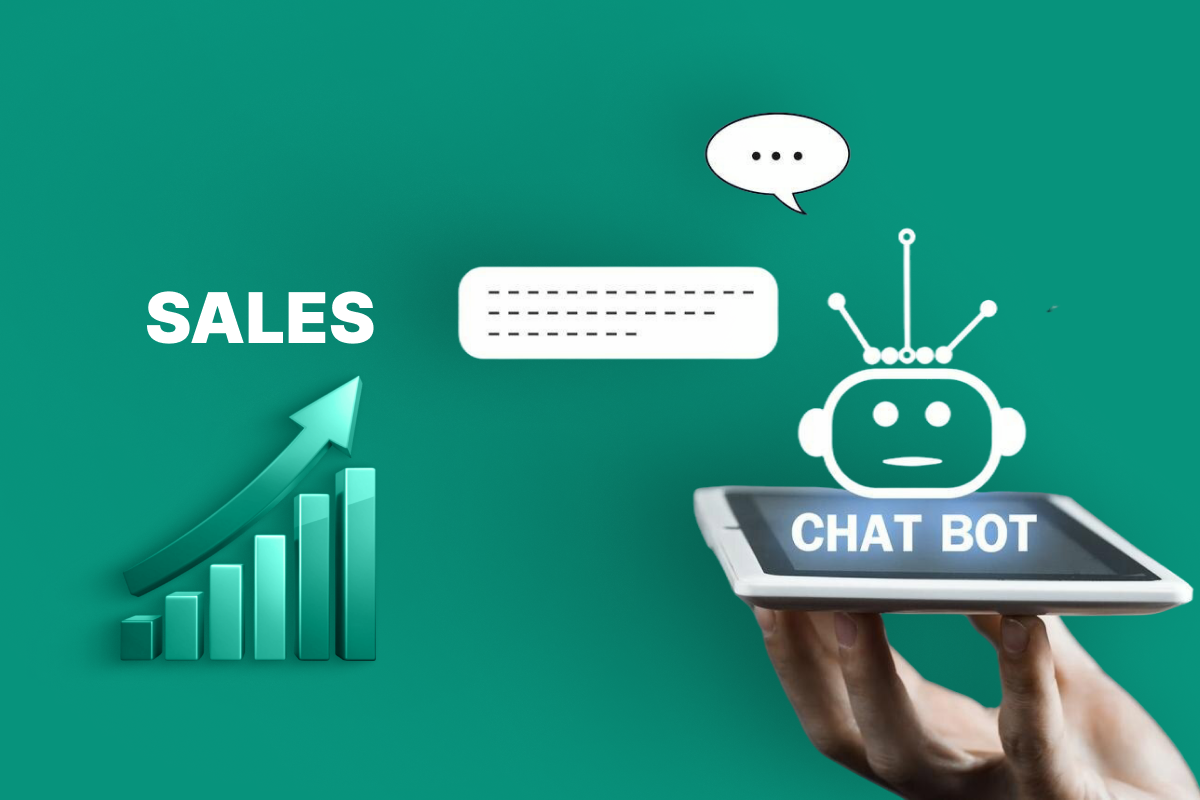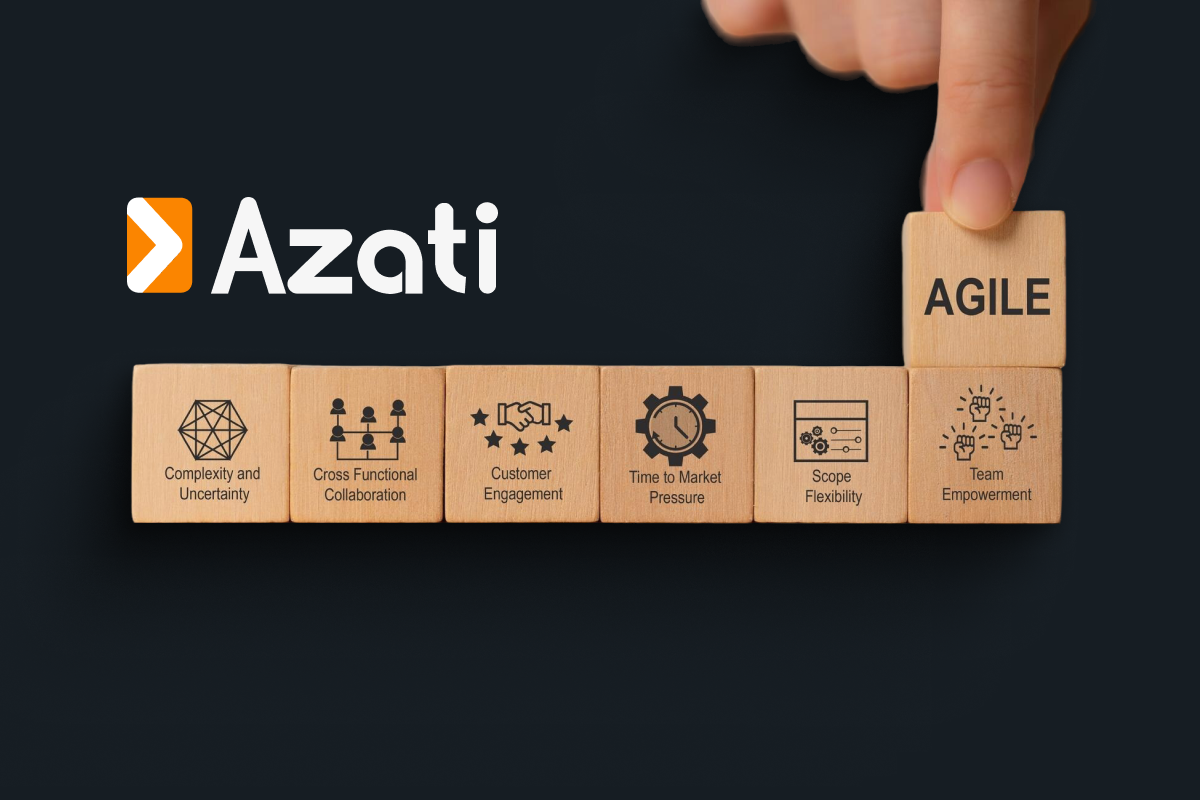SaaS is a subscription-based software licensing model. Abbreviation SaaS stands for software-as-a-service and most often represented as a cloud solution, i.e. located on the Internet.
The active growth of the SaaS industry took place between 2018 to 2020. During this time, over 20% of new SaaS companies have appeared all over the world. The US is leading the market with over 15,000 SaaS developers. The UK is in second place with 2,000 companies.
According to forecasts, by 2026, the volume of the global SaaS market will double compared to 2020 and reach $ 307.3 billion. This growth is because of the demand for SaaS solutions from business.
Today, companies around the world are implementing SaaS applications. The fee for this form of service provision depends on the functiolality used. An app that can cost hundreds of dollars can be used for a small fee.
Let's dive deeper to learn what is SaaS and how much does it cost!
Software-as-a-service Features
The main difference between SaaS as a business model is that the service owner is fully responsible for its upgrade, maintenance and management. To use the functionality of the platform, users do not need to download software, install and update it. For business owners, the SaaS model has become a real salvation from the headache associated with unlicensed programs that customers may encounter.
The operation principle of SaaS services we can compare to renting a house. The owner provides furniture, appliances and all amenities, and the tenant pays for the use. However, such a comparison not really correct, since it is rather superficial.
To better understand what distinguishes a SaaS service from others, check out the features of how it works:
- Intended for remote use;
- Several people can use the service at once, which helps to unite the team work;
- Owner forms usage payment according to a subscription fee for a certain period or for the number of selected functions;
- The owner handles the service modernization and maintenance.
To present available features to customers, SaaS platforms provide demo versions, free tariff packages with limited functionality, or full access to tools for a limited period. After that, users can "rent" the necessary services, which is much cheaper than buying licensed software. Due to relatively low cost and ease of use, the popularity of SaaS platforms is growing rapidly.
Advantages and Disadvantages of SaaS Platforms
The use of SaaS platforms has several advantages for both owners and users. First, let's see what benefits remote services provide to their customers:
- No need to install software;
- Low cost of services and the possibility of free use;
- Easy configuration and team usage;
- High speed of implementation.
Now let's look at the benefits of creating a SaaS service for owners:
- No problems with the distribution of unlicensed software;
- Regular profit, since the work is built on the principle of constant cooperation with users;
- Ease of distribution and relatively low cost;
Despite the obvious number of advantages of SaaS platforms for both owners and users, such services also have certain issues. Below, we will take a closer look at the main ones.
The income from each user is stretched over time. This is due to the fact that the cost of attracting a new customer often exceeds the income from the amount of his first purchase. Therefore, in order to make a profit, SaaS service owners need to regularly work on user retention. Maintaining competitiveness, business development and its scaling play an important role in this matter.
Constant work with developers. To modernize the service, its scaling and support. All this costs money, time and requires certain resources.
Another disadvantage that cannot be ignored is the dependence on the Internet speed. However, this challenge is becoming less significant every day, as the stability of the Internet is regularly growing.
To develop a high-quality product that is in demand on the market, it is necessary to consider the interests of the target audience and find a good development team.
SaaS Product Development Process
Consider the main stages of creating SaaS services. In general, the SaaS development process is similar to the development process for most software.
Assessment and planning
At this stage, the customer contacts the contractor about the product idea.Based on the initial requirements, a preliminary assessment for development is prepared. If it covers all the customer needs, then the analytics stage begins. Also, during the stage, the contract clauses are specified, the payment procedure and other important details are approved.
Pre-project research and analytics
Analysts study the market for which the service will be designed, research available analogues, and the needs of the target audience. They also determine the priority functions that will become the basis for the MVP.
Prototyping and creating interface design
Next, a prototype of the entire service is created, where the logic of its work and the structure of the interface are schematically displayed. The design concept is approved, a unique application design is drawn, taking into account various scenarios.
Software development
On this stage, front-end developers work with the designers' layouts. Their task is to create an interface that users can interact with. Back-end developers, in turn, create an architecture that helps the SaaS product withstand peak loads and easily adapt to the growth and expansion of your business.
Testing
Quality Assurance specialists comprehensively check the performance of the entire software product. They test different use cases, the correctness of integration with external services, check security level, etc. Through testing, customers save budget, ensure product safety, and protect business reputation.
Support and development
When the developers accomplish the product, they transfer it to the customer. The team helps to choose a server and its configuration, as well as deploy the application.
After the release, developers continue to take part in the project life. If a customer suddenly needs to fix something, the team will do it for free and in priority mode.
SaaS Product Development Cost
So, how much will it cost to create a SaaS application? There is no single answer to this question, since each project is unique, as is its cost. However, to understand how we can calculate the cost of SaaS application development, let's discuss some important factors that affect it.
Scope of your SaaS project
First, decide what kind of SaaS product you are going to create. Conventionally, we can divide SaaS services into tools and platforms. As a rule, tools have a limited scope. They are designed to solve one or two problems and are only expected to perform a few functions to their full potential. An example of such a service is Buffer, which is a social media account management tool.
Implemented functionality
The cost of SaaS development depends on the project complexity. The more features your product has, the higher the price you will have to pay. For this reason, choose the required functions wisely. Draw a clear line between required and desirable features.
Development Team
When it comes to hiring the right people for your SaaS project, if you don't have your own development team, there are two options available. You can turn to a freelance team or partner with a SaaS application development company.
Thus, the final cost depends on many factors: functional requirements, technology stack, scope of work, developers seniority level, development duration, transfer of rights to a software product.
Existing SaaS Solutions: Examples
Understanding what a SaaS model is and what SaaS solutions are is easier with specific examples:
- Cloud data storages, such as Dropbox or Google Drive, which provide space on the server for a small monthly fee on a subscription basis.
- Systems for personnel management or customer service - such as RosBusinessSoft, AmoCRM, Hubspot, Salesforce, ERP, OLIMP, Kontur, Yaware, Worksection.
- Services that provide a working infrastructure for creating a design or developing projects - Canva, Figma, GitHub.
- And finally, platforms for creating b2c and b2b eCommerce applications and purchasing platforms - WooCommerce, Bitrix, Shopify, OpenCart, Magento (with a very high cost) and the optimal AGORA.
All of these solutions offer customers the ability to quickly deploy their own project on top of an existing service, saving time and money. But, unlike all these sites, only AGORA provides a comprehensive service using its own development, implementation, onboarding, technical support, analytics and design teams.
Conclusion
Thus, the SaaS model for b2b business is an opportunity to get all the benefits of a ready-made solution using the best practices of the e-commerce market and considering the characteristics, expectations and preferences of client companies. More importantly, in the case of the SaaS model, this leads not only to a quick implementation of the solution, but also to a reduction in operating costs due to the optimization of business processes, as well as an increase in speed, accuracy and labor efficiency.
Ready to turn your idea into a scalable SaaS solution? Contact our team today to build your future in the cloud!
